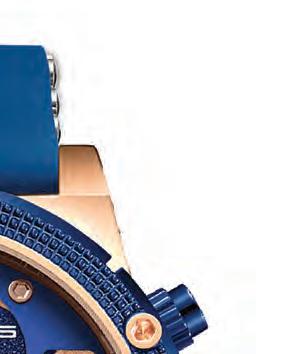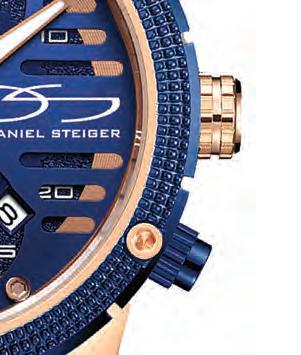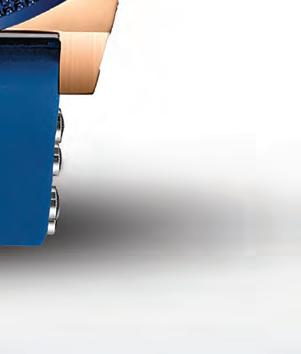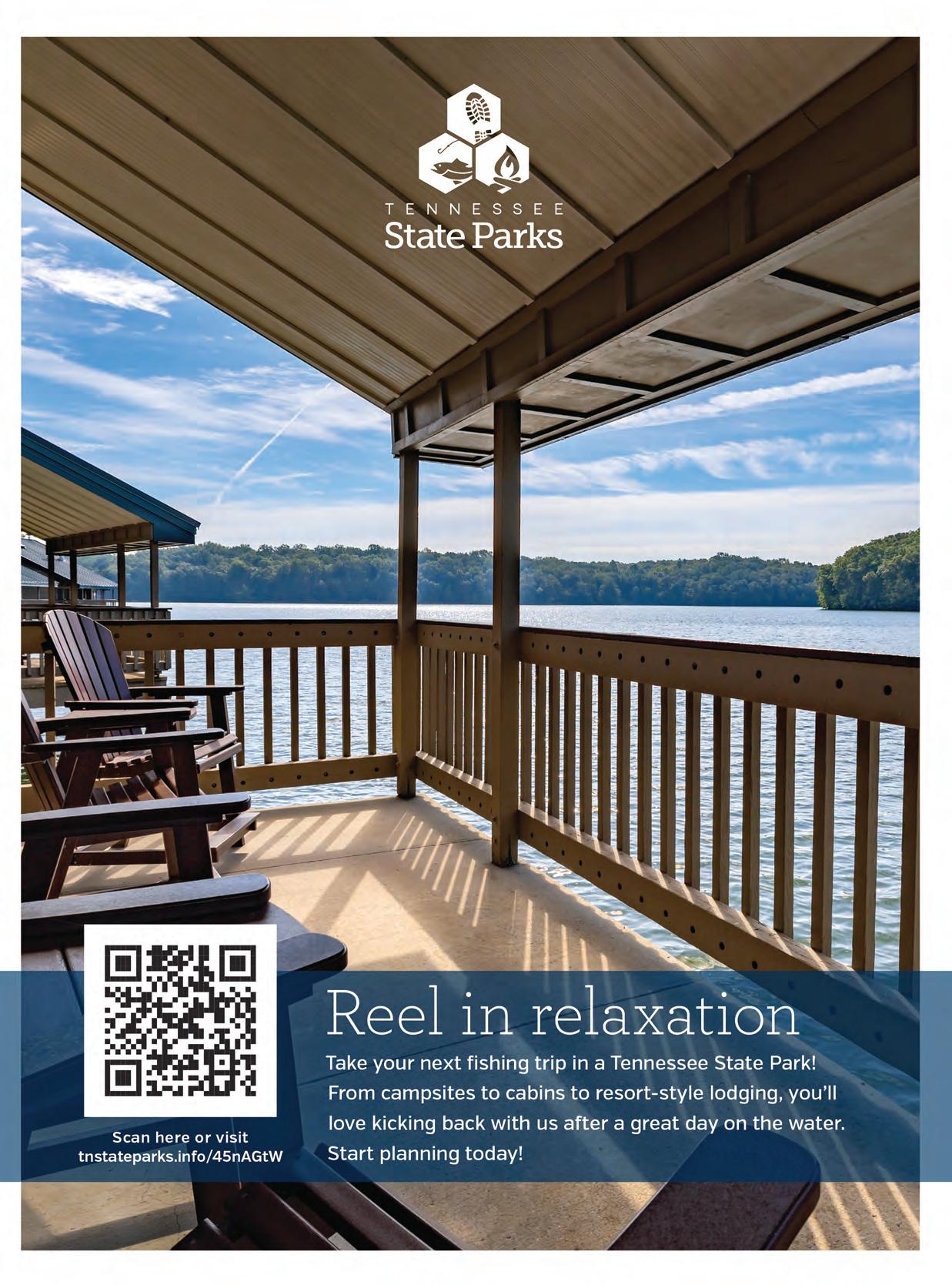

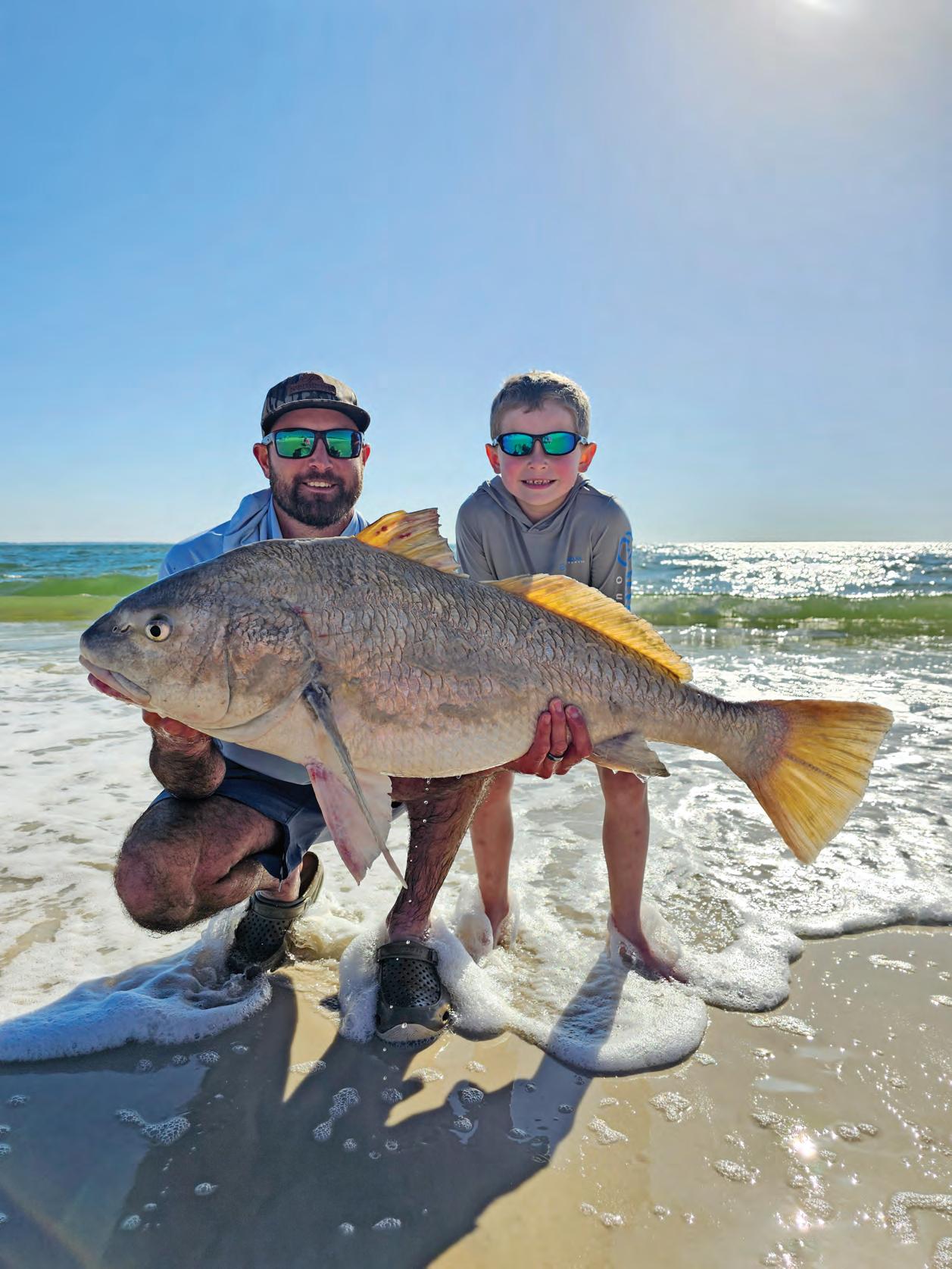
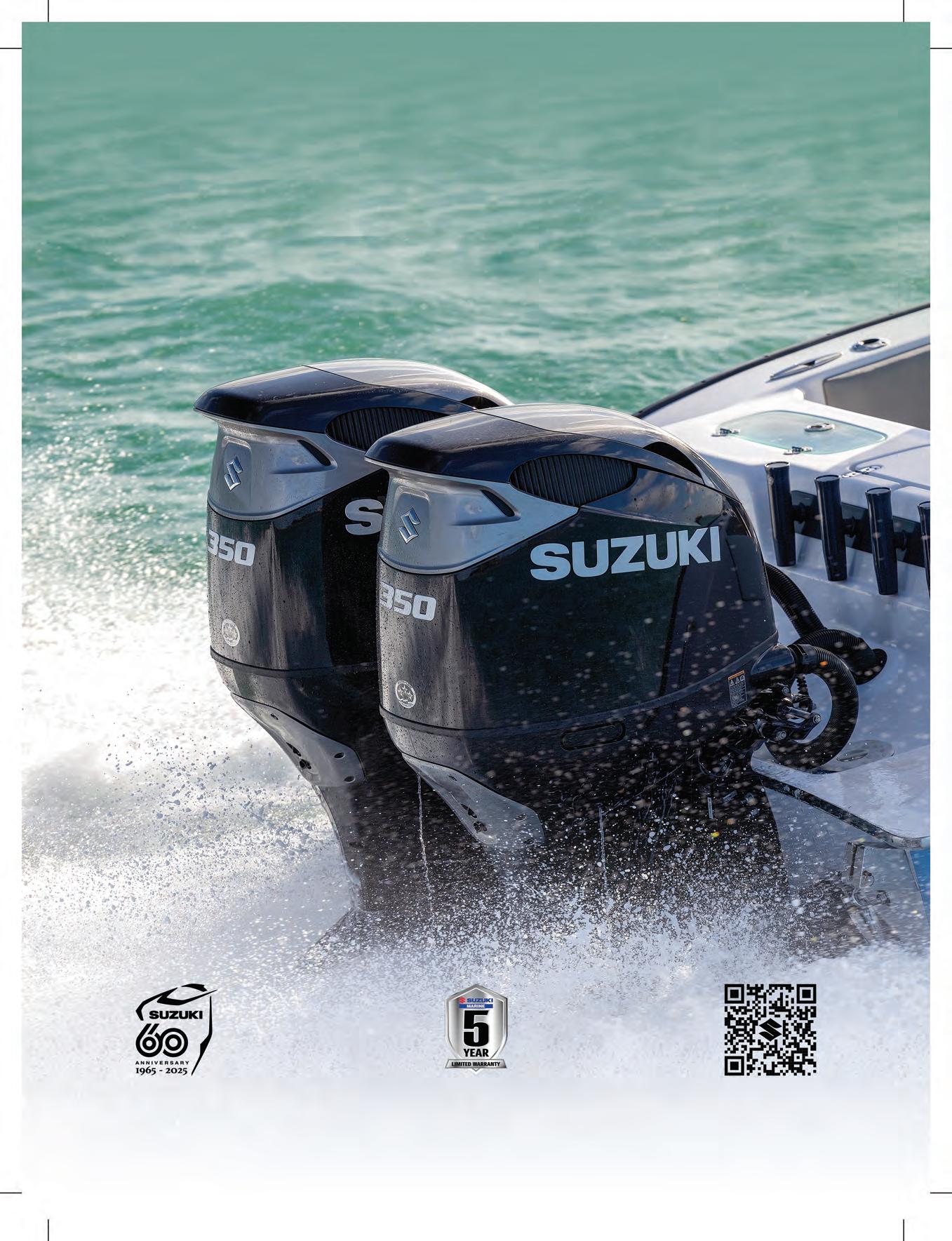

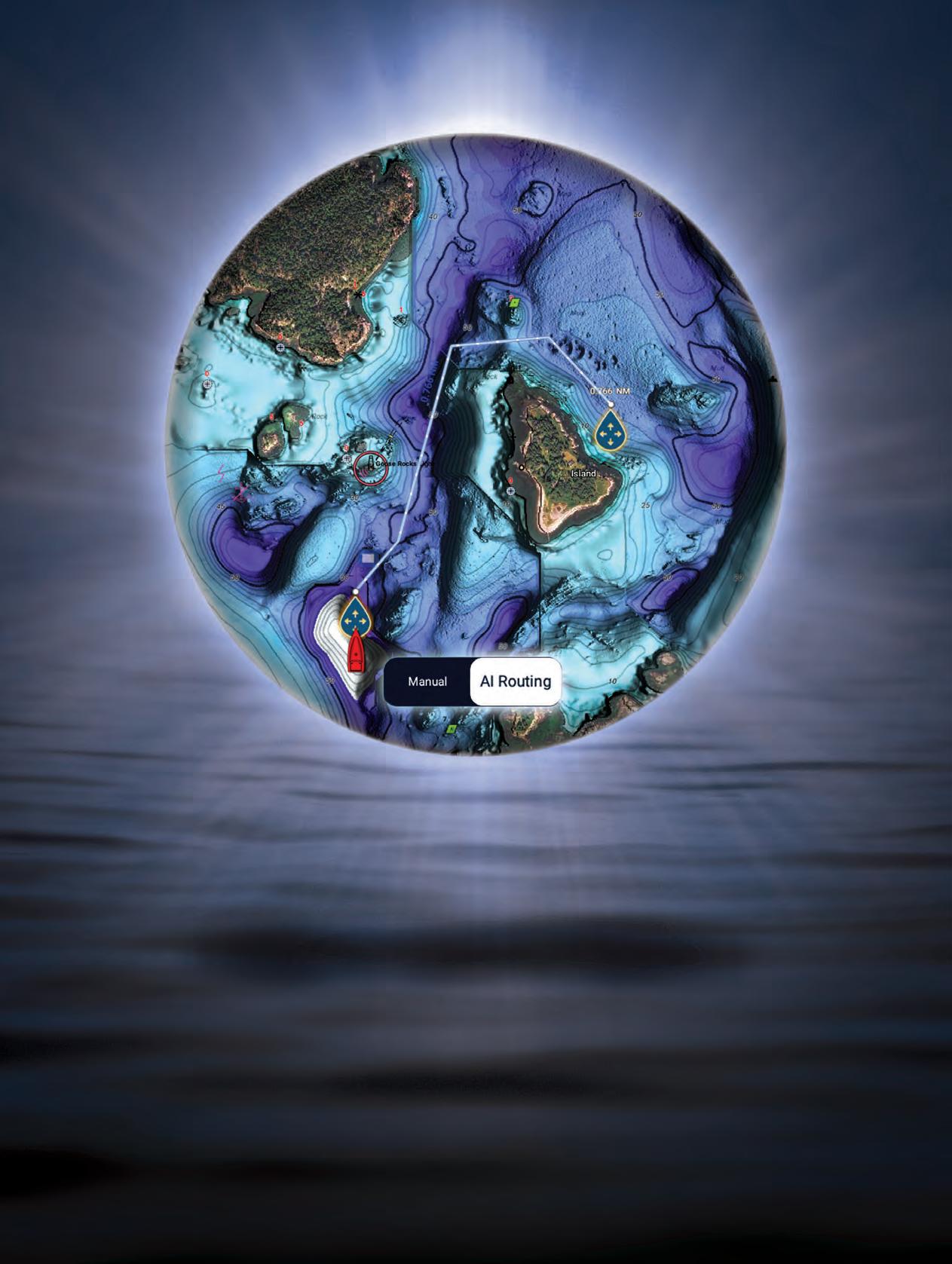
You want AI Routing! Let TZ MAPS with AI Routing make route planning a snap. Don’t take our word for it. Scan here to see for yourself how easy it is!


















You want AI Routing! Let TZ MAPS with AI Routing make route planning a snap. Don’t take our word for it. Scan here to see for yourself how easy it is!


















Embarking on the open water is an exhilarating experience, flled with the promise of adventure and relaxation. Whether you’re a seasoned sailor or a weekend cruiser, protecting your vessel with proper insurance is not just a choice—it’s a necessity. Explore the reasons why every boat owner should prioritize boat insurance for a worry-free voyage.
The open water can be unpredictable, with unexpected storms, collisions, or other potential accidents. Boat insurance can give you fnancial protection if there is damage to your vessel, providing coverage for repairs or replacement.
Accidents on the water can result in damage to other boats, docks, or even injuries to passengers. Boat insurance offers liability coverage, which can pay for damages or injuries you’re liable for while boating, up to specifed limits, and lawsuit costs if you’re sued. This includes damage you cause to another watercraft or if someone on or near your boat is injured and you’re found to be legally responsible.
Unfortunately, boat theft and vandalism are realities that boat owners face. Boat insurance has comprehensive and collision coverage that can protect you against events outside of your control, including theft and vandalism.
Accidents on the water may lead to injuries for you or your passengers. Boat insurance offers a range of optional medical payments coverage limits, helping to cover medical expenses if you are in an accident or someone is hurt on your boat, regardless of fault.
If you fnanced the purchase of your boat, most lenders require insurance coverage to protect their investment. Having boat insurance not only fulflls these requirements but also gives you peace of mind knowing that your fnancial interests are safeguarded.


Some water municipalities and marinas may require proof of insurance for docking or accessing certain areas. Boat insurance allows you the fexibility to explore different destinations without worrying about entry restrictions.
Emergency towing and assistance
Progressive boat insurance can include optional Sign & Glide® On-Water Towing coverage. If your boat is disabled or breaks down on the water, Sign & Glide® pays for on-water towing, jump starts, soft un-groundings, and fuel delivery.
Wreckage removal
If your boat sinks, Progressive boat insurance will cover the cost of removing your boat from the water (if removal is legally required).
Investing in boat insurance is not just about protecting a valuable asset; it’s about safeguarding the memories, experiences, and joy that come with your on-water adventures. Don’t let unforeseen circumstances disrupt your journey—navigate with confdence, knowing that Progressive boat insurance has you covered. Ensure a smooth and worry-free voyage, because when it comes to your boat, peace of mind is the ultimate luxury.
Scan to get a quote in as little as 4 minutes
learn more.




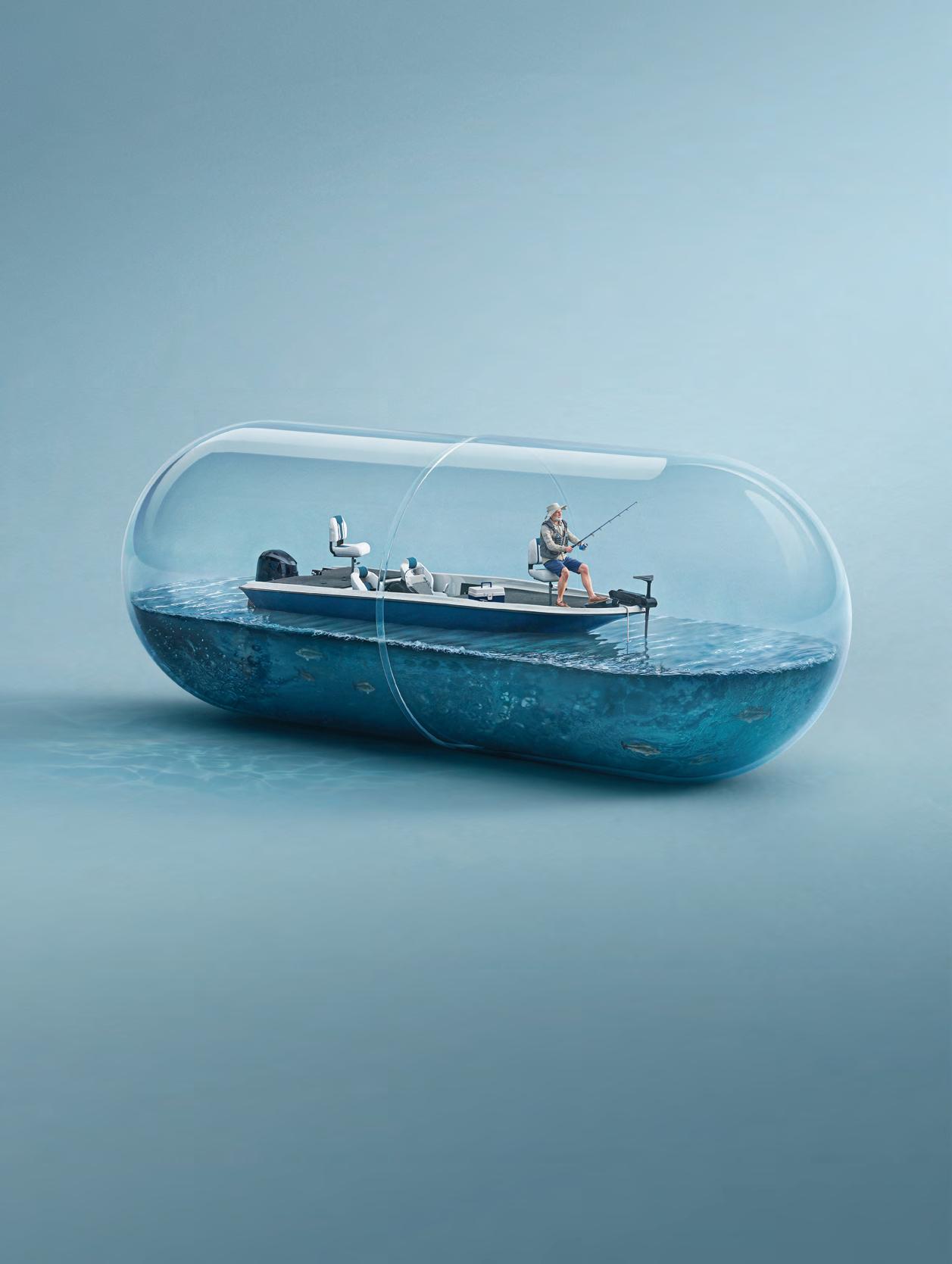
















Tim Barefoot
Since the endangered, gag grouper and American red snapper are o!-limits this month, it would be a good time to go deeper and/or change up your tactics to target di!erent species. For example, go ahead and catch your three scamp/red grouper combo, then switch over to smaller baits and smaller circle hooks on chicken rigs to target beeliners, trigger sh grunts and seabass.
I would strongly suggest taking live pin sh from the marina for scamps and red grouper. is will accomplish two things. One, it will weed out a bunch of trash bites from smaller snappers and other bait steelers because only the sh with a mouth large enough to eat the pin sh will give it a go, and two, it will catch the older (larger) sh that o en will not bite a chicken rig and cut bait. e chicken rig with a bank sinker, and the bank sinker with a triple swivel, leader and hook have been the industry standard for many decades, but these sh have evolved and have become savvy to this method, in my humble opinion. is is the reason the Decoy Jig system is so e!ective. ey’ve never seen anything like it and it’s a clever disguise of what is really happening; the weight and bait are in one clean package, attached by a piece of %uorocarbon.

ere is one downfall to shing live pin sh on the Decoy Jig—it will de nitely get the shark bite. Sharks, like many other sh, are hardwired to eat this struggling bait attached to something else they like to eat, like a squid or a crab.
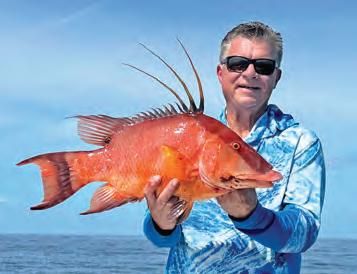
ere’s another sh I didn’t mention earlier, but this is a good time of year to target hog sh. ere are many schools of thought when it comes to catching them. Many say the chicken rig is the ultimate and, yes, there have been a lot of hog sh caught on your standard chicken rig. But this is a pretty wily species, and hard to catch for a number of reasons. Not only are they hard
to get to bite, but they pull HARD! You have to have seriously strong connections because they will test every part of your tackle. ere’s one more sh that is almost as good table fare and that’s the white jolt head porgy. Same tactics, same everything; you just gotta nd them. ey are beyond delicious. You can troll all you want, but I’ll spend my time bottom shing for the best groceries and keep the light line out back for any wahoo, dolphin, kings or tuna that may cruise by. It pays dividends to jig up live cigar minnows and live sardines on the Sabiki or just purchase them for the light line. August and September are the months that wahoo, yellow n, dolphin, sail sh— you name it—are everywhere inshore following big schools of bait, and a live cig or sardine will de nitely get the bite. I would de nitely keep a live pitch bait ready on a circle hook on piece of %uorocarbon for the sail sh that’ll swim by the boat. Keep the thumping music, cooler slamming loud everything to a minimum if you want to have a shot at getting some of these sh to swim up to the boat. Fact: You’ll see more sh near the boat when you’re quiet, otherwise they will keep their distance and you probably won’t see them, and they’ll have their guard up if they do get near the boat.
Go on, get down to the bottom or at least lower in the water column for the best groceries and keep a pretty live bait out back on the lite line for a great day of catching...not shing.
Check out more from Tim Barefoot at barefootcatsandtackle.com.


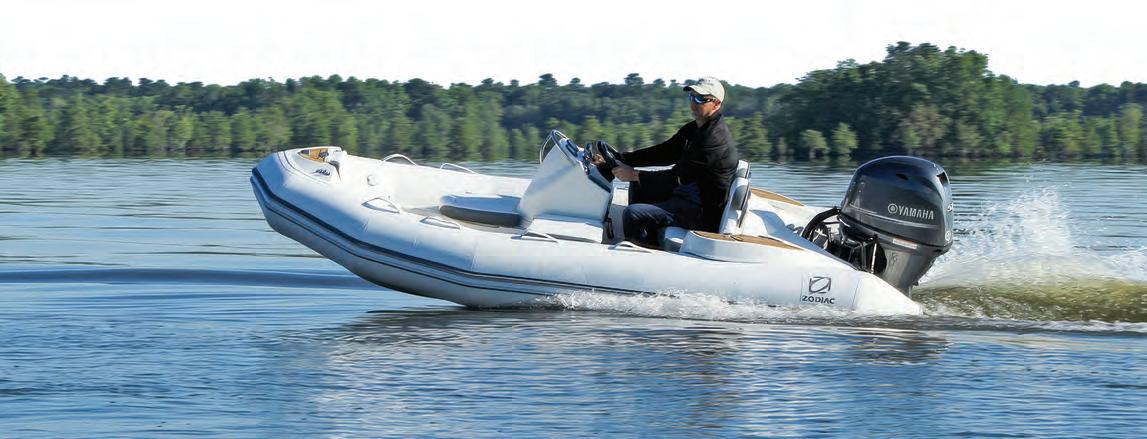

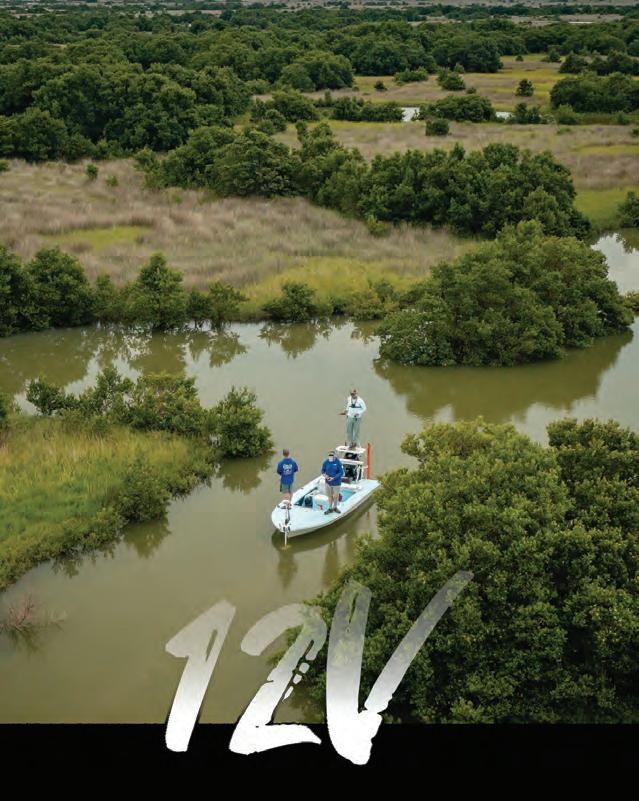
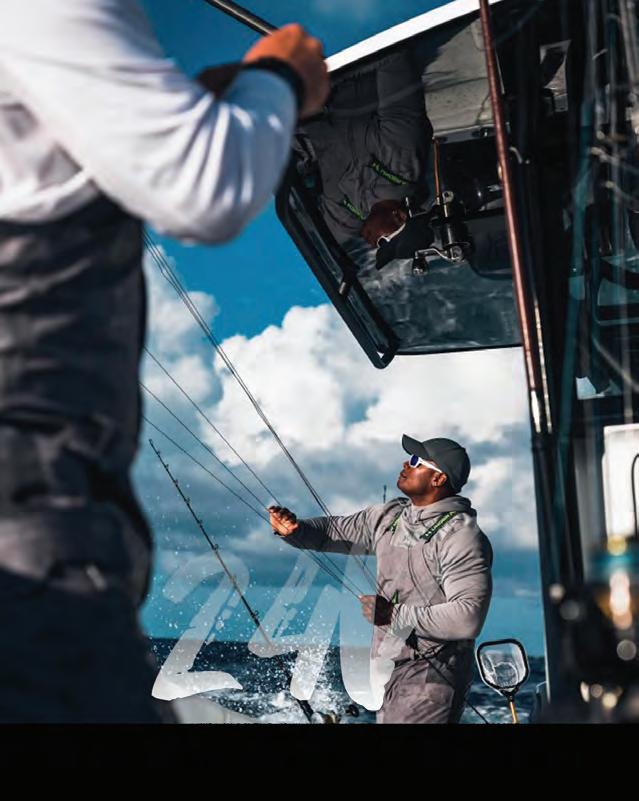




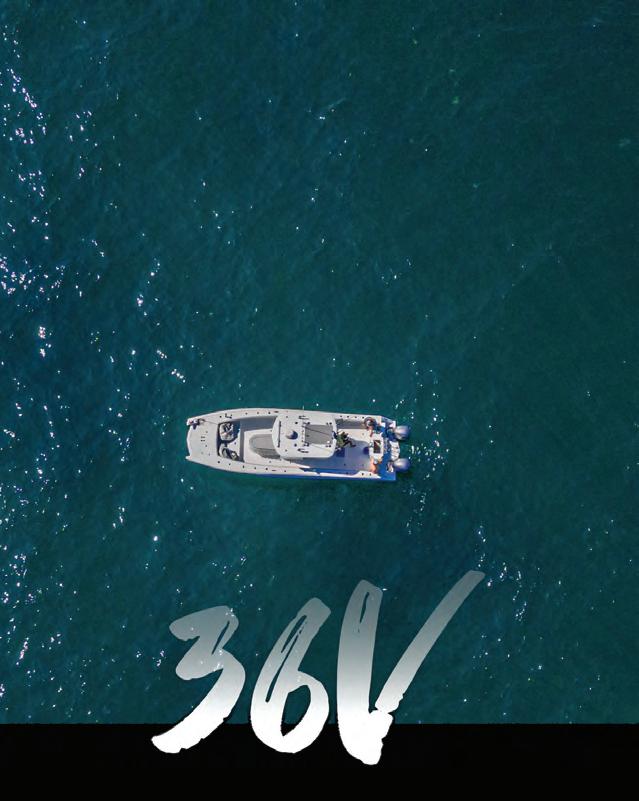


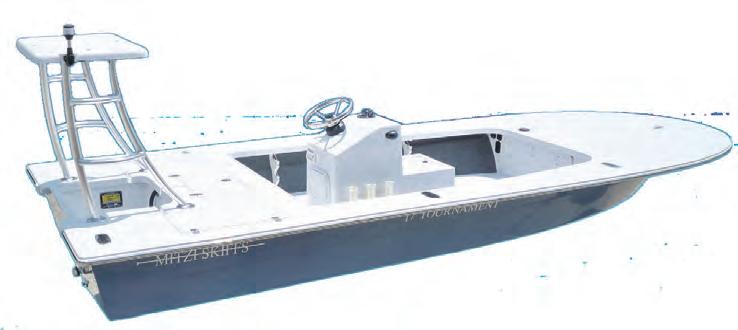

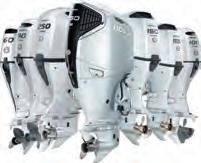
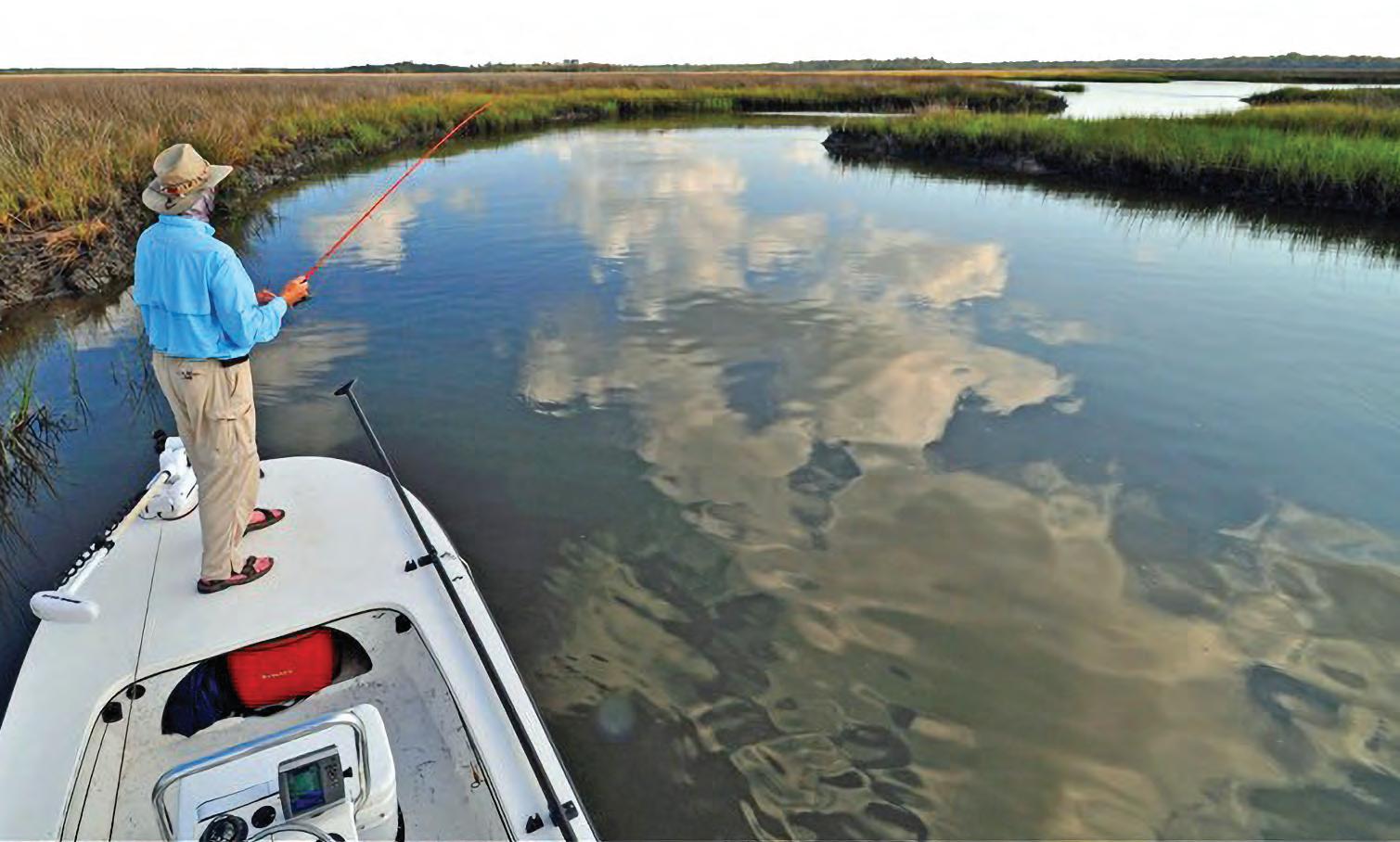
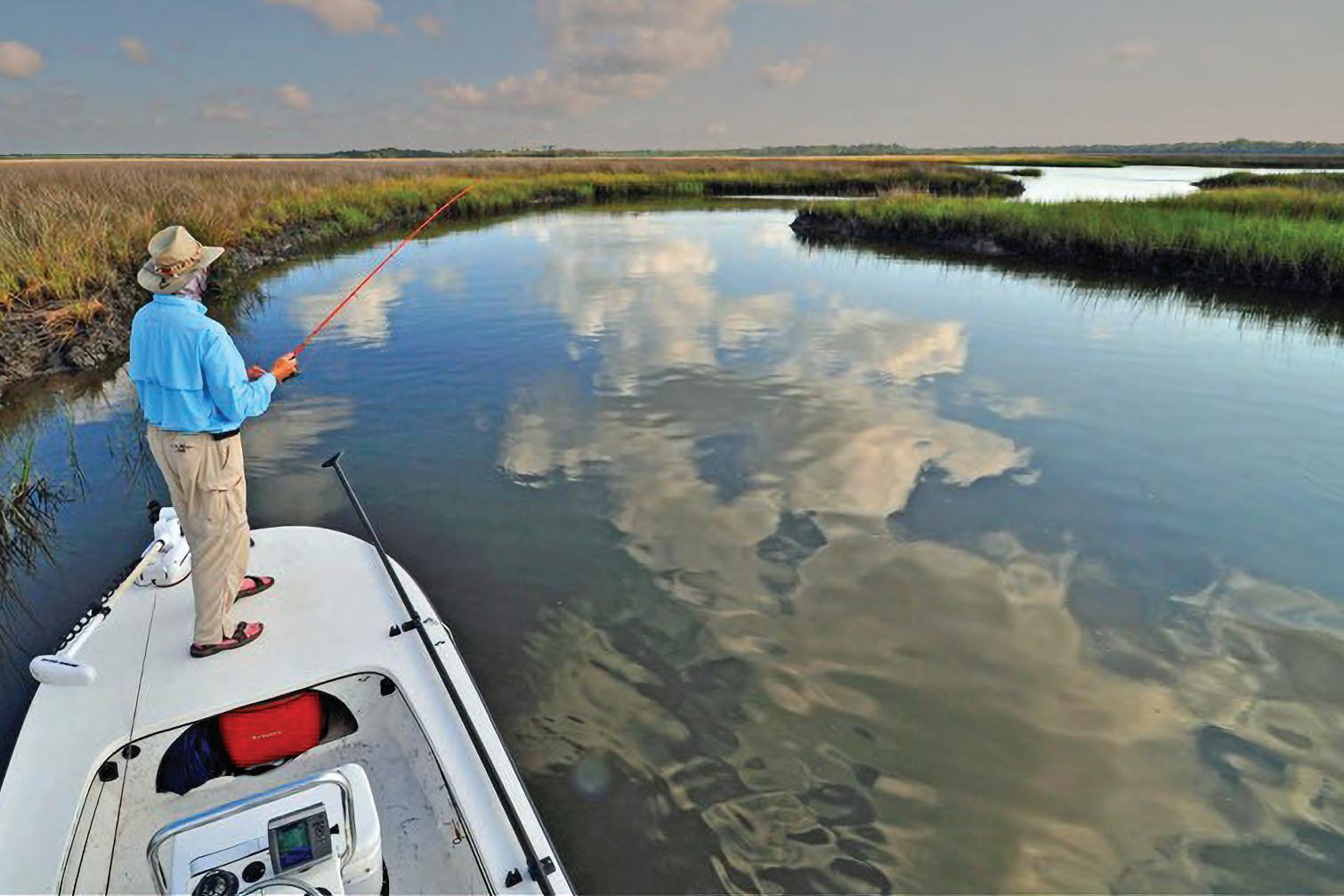
By Joe Woody
Somewhere in McDowell County, North Carolina, where the Blue Ridge Mountains lean in close and the rivers run clear enough to drink, there’s a place where sh outnumber people, and cell service is more suggestion than fact. It’s a land of steep gorges, sparkling lakes, and waters that curl through the woods like they have secrets to keep. Welcome to the triple-threat shing grounds of Lake James, the Linville Gorge, and the Catawba River — tucked into a county that doesn’t make much noise but delivers in trout, bass, and backcountry beauty.
If you’ve never heard of McDowell County, don’t worry — that just means the sh haven’t heard of you either, and your odds are still good. Whether you’re a dry-%y purist with a hip pack and a “River Runs rough It” complex or someone who likes to toss worms near pretty rocks, this corner of the Carolinas has a spot for you. Bass are stout and sassy. Trout are plentiful, and they have attitudes to match. So gas up the truck, tie on something that worked last season, and head for the hills. e shing is great, the views are even better, and McDowell County is ready to welcome you — even if the trout aren’t.
Lake James is the area’s big-water bu!et. is 6,800-acre reservoir between Burke and McDowell counties o!ers smallmouth and largemouth bass, walleye, crappie, bluegill, hybrid striped bass, and cat sh. Spring and early summer bring aggressive smallmouth to the surface from April to June. Tossing a Pop R or a Zara Spook at dawn can trigger explosive strikes. Crappie move shallow in May and June, while cat sh linger year-round, especially from fall through early spring. Bass shing is best around rocky points and submerged trees with crankbaits or so plastics. Walleye respond to trolling or jigging near the dam. If you’re a er cat sh, bring cut bait and patience. Lake James State Park has public ramps, campgrounds, showers, and picnic shelters — perfect for anglers who like their wild with a touch of comfort.
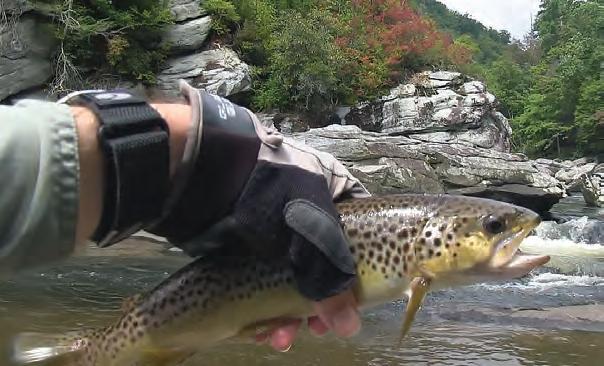
If Lake James is your comfy recliner, Linville Gorge is the rugged Adirondack chair that bites back. Known as the Grand Canyon of the East, this steep gorge is home to the Linville River, one of North Carolina’s best wild trout waters. e upper river holds wild and stocked rainbow, brook, and brown trout. Below Linville Falls, you’ll nd a backcountry adventure with native browns lurking in clear pools. Reaching prime spots requires steep descents, with some trails dropping 1,400 feet. e solitude and scenery reward every blister. Bring light tackle, stealthy casts, and plenty of water. Spring hatches bring trout to the surface, and a well-placed dry %y can tempt a wary sh. Remember your headlamp — climbing out in the dark is no fun.
Below Lake James, the Catawba River %ows cool and clear, sheltering rainbow and brown trout that grow large and wary. Float trips are ideal. An eight-mile dri from Bridgewater Dam to Morganton delivers ri sh. e Joseph McDowell Greenway o!ers piers, canoe launches, and bank access perfect for beginners or families. Streamers and weighted nymphs excel in the tailwaters, while warmer sections downstream attract bass and pan sh.
Wherever you cast, the sh here don’t come easy — but they come honest. And in this corner of the Blue Ridge, that’s the best kind of bite.

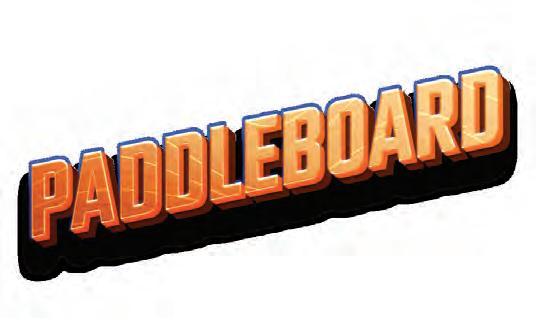
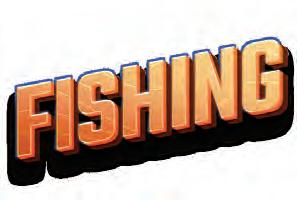



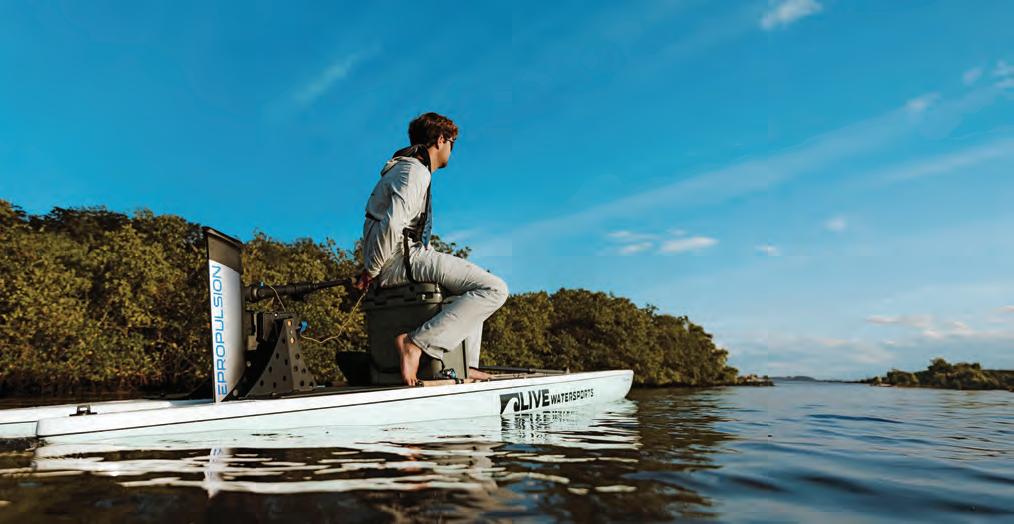

















Capt. Mike Smith

Black drums, aka “Big Uglies,” are a super fun sh to catch. It doesn’t matter if they are 18 inches weighing two pounds or 5 footers weighing 90 pounds. ey put up one heck of a dragpulling ght once they gure out that they’re hooked.
Black drum can be found in inlets, saltwater estuaries, bays, river mouths, brackish creeks and especially anywhere in close proximity to oyster beds as they love to eat oysters, clams, crabs, shrimp and bait sh. ey are o en in huge schools and will stay in one spot for a week or so if there is a lot of food for them and not a lot of predators, which means that you can catch dozens of them when the bite is on.
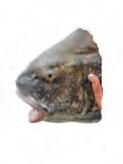
My favorite way to target “big uglies” is on the incoming tide, in shallow estuaries, less than 3 feet deep. at is when you can see them tailing as they root around oyster clumps for crabs and shrimp. A well-placed shrimp or crab o!ering will get their attention very quickly. Make sure you have enough weight to get it to the bottom so they can nd it.
on them. De nitely sh the older docks with the most stu! growing on them. ese docks pilings will attract the most crabs and shrimp to them. Old dock pilings are like grocery stores for black drum. When I sh the docks for black drum I usually have one of two baits with me. Live or frozen shrimp or a scented shrimp jig. ose are my goto baits for drum around the docks. Real shrimp works the best, but the scented jigs are pretty good too. A shrimp rigged with a small split shot is how I usually target black drum. Just cast it to where you think the sh are and wait for the hit. If you are shing with a scented shrimp jig just bounce it slowly on the bottom as you reel it in. It is similar to the way that you would sh for a %ounder. e slower the better.
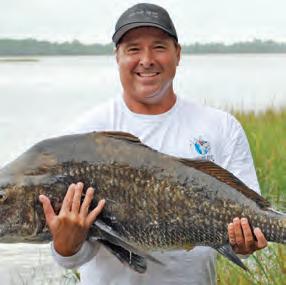
Black drums have four nostrils, and their sense of smell is amazing, so the stinkier the bait, the better when targeting these sh. A great arti cial bait is the Berkely Gulp shrimp on a 1/8 ounce jig head. You can just cast it to the sh and let it sit on the bottom and wait for them to nd it. However, if you give it a bounce or two you will usually get their attention much more quickly.
Another great place to target “big uglies” is around docks. Dock pilings tend to have lots of oysters, clams, barnacles and sponges growing
For surf shing anglers, large schools of black drum typically work their way up and down the beaches in the cooler months feeding on crustaceans. Use a beefed up pompano rig, jig or sh nder rig and place them in front of the schools approaching. Long casts are o en needed, so be sure to have plenty of line capacity on your surf shing reels when targeting the large ones. Not to mention, once you hook into a big drum the drag is going to go screaming! You’ll want anywhere from 20-50 lb. main line for your best opportunity to land one.


Black drum make for a tasty dinnertime treat, but I wouldn’t suggest eating the big ones. ey are always full of worms. I nd that the best ones for eating are 28 inches or less in length.
I caught the black drum in the picture above on a dead shrimp. It was about a 50 pounder and took 30 minutes to get it in. I saw it tailing next to an oyster bar.
Capt. Mike Smith, owner of Fish Your Ass O Charters, is an inshore shing guide who has been shing the inshore waters, oyster bars and grass ats of Florida for more than 40 years. Reach him at (561) 339-2317, email: contact@ shyourasso .com or visit shyourasso .com.
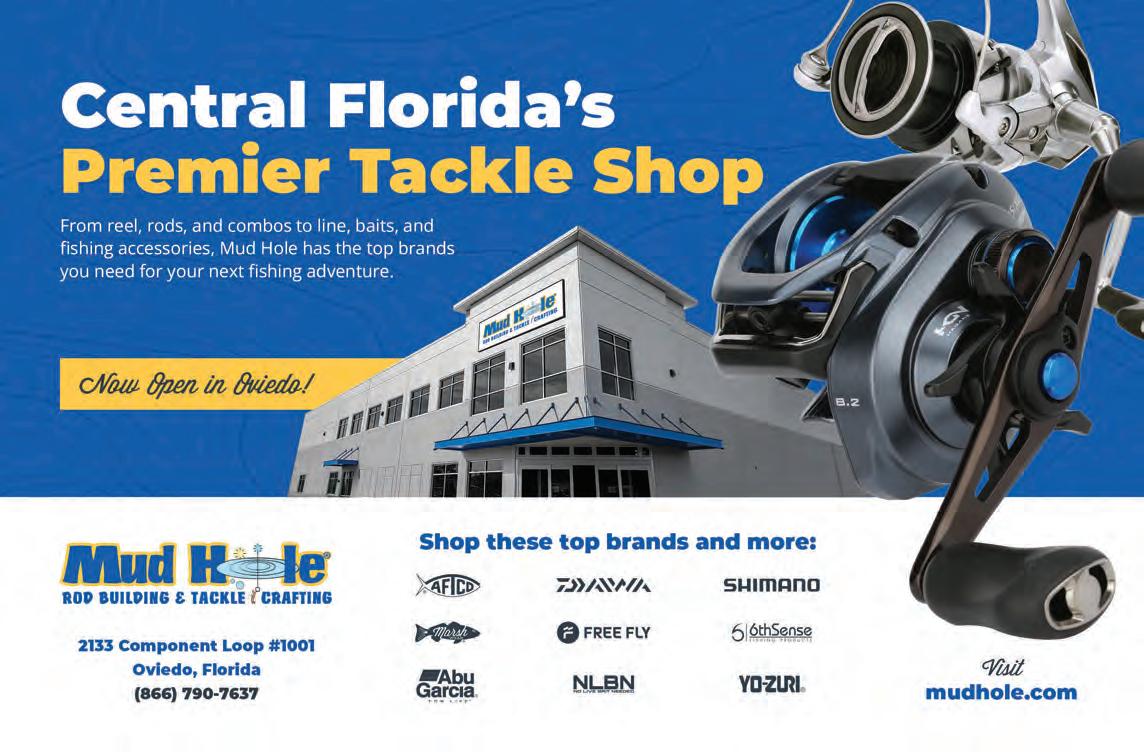

By A. deGruchy
Late spring into early summer is prime time for permit in Islamorada. !ese sh are picky, powerful, and love crabs, so having the right gear and approach can make all the di erence in getting one to the boat.
A 7’ to 7’6” medium-heavy spinning rod with a fast action provides the backbone needed to handle their long runs and sudden bursts of speed. Pair that with a high-quality reel in the 4000–5000 size range, spooled with 20–30 lb braid for better sensitivity and hook-setting power. Personally, my go-to is the Fenwick Inshore Elite rod paired with a 4500 PENN Authority reel. Since permit are known for being line-shy, uoro leaders are a must. 20 lb leader is ideal along with a 2/0 circle hook to increase the chances of a solid hookup. We rely on the Mustad Demon inline circle hooks and they’ve never let us down.
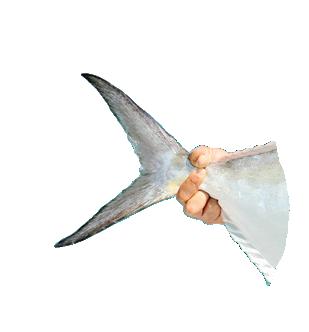
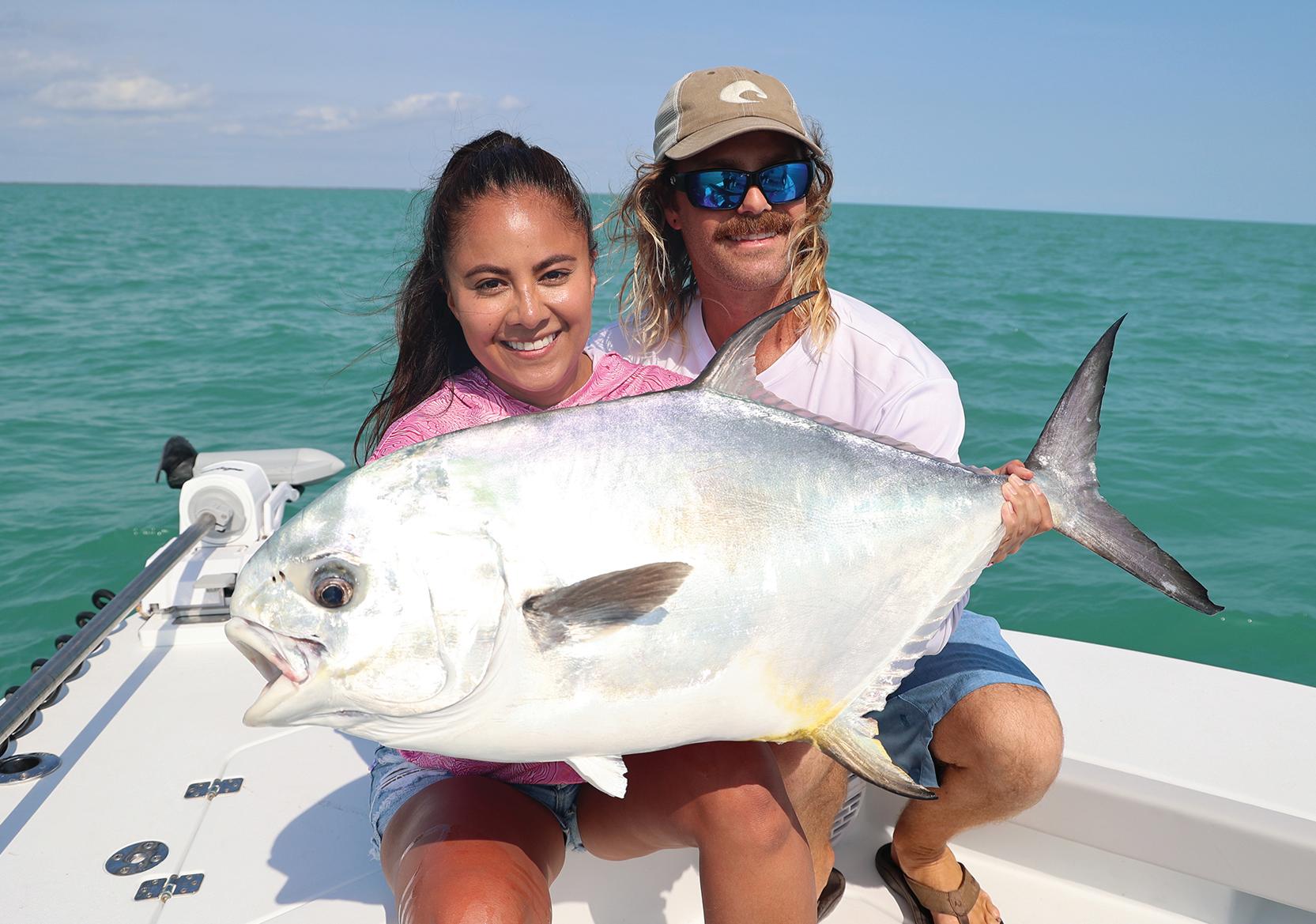
Finding permit in Islamorada means knowing where and when to look. Flats and channels are
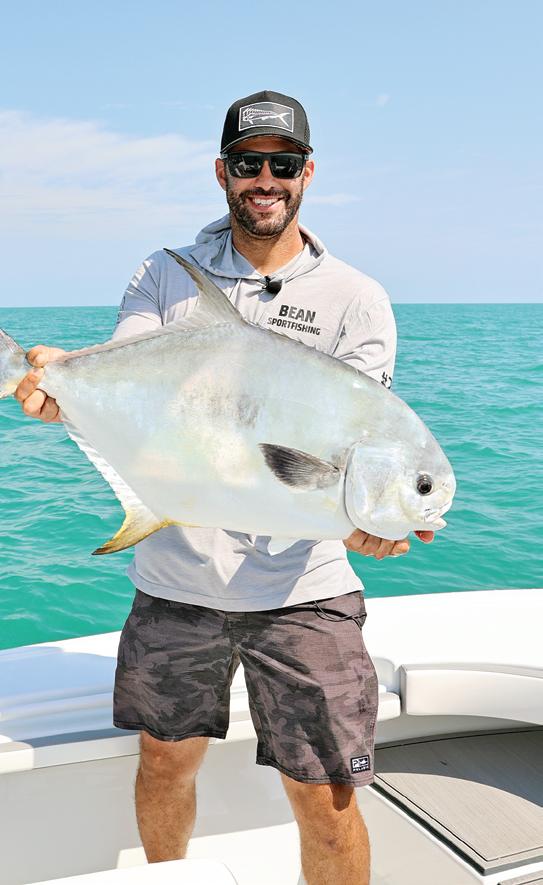
the best spots, as well as some public wrecks. Watch for sh tailing in shallow water or cruising deeper cuts, or schools of permit circling wrecks. A moving tide, whether incoming or outgoing, stirs up crabs and gets permit feeding. When presenting bait, it’s important to cast ahead of where the Permit are heading, let the crab sink naturally, and maintain light tension.
Patience and stealth go a long way when targeting these sh. If a permit is spotted, it’s best not to rush. A smooth cast, a natural bait presentation, and a little patience can make all the di erence. Once hooked, steady pressure and a good drag system will help handle their powerful runs. May and June in Islamorada o er some of the best permit shing of the year. If you’re ready to chase permit in Islamorada, book your trip now at www. beansport shing.com, spots are limited!
Be sure to follow deGruchy’s adventures at @bean_sport shing on Instagram and YouTube.



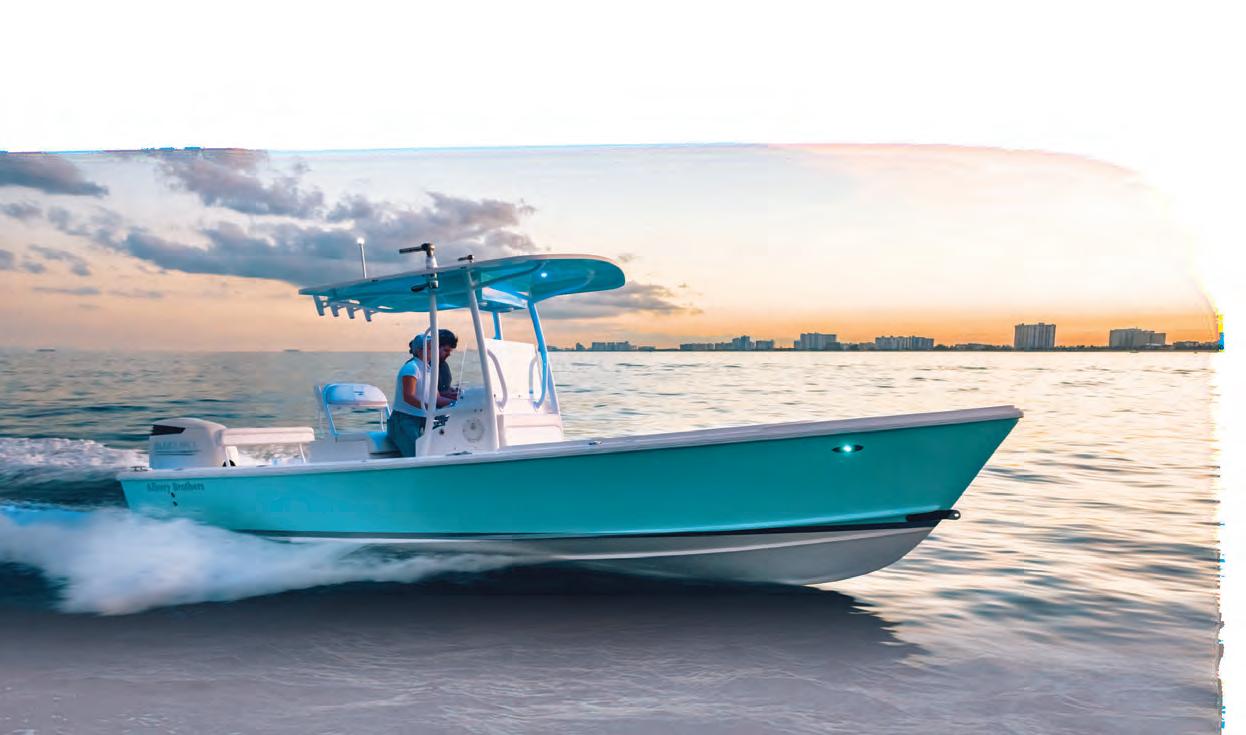

Stationed strategically around the East Coast, all Suzuki RePower Centers have achieved the highest level of Suzuki certifcations to meet and exceed your repower needs. Mastry Engine Center has received the Suzuki Marine Super Service Award and has been ranked #1 in Suzuki Marine US Sales! 60 YEARS OF REPOWER EXPERIENCE!

RePower Packages designed to best ft your needs and not stretch your budget. Financing available.

Rest assured, all Mastry Suzuki RePowers are backed by Suzuki’s industry leading 5-year or 7-year factory warranty.
When Considering A Repower, Consider These Factors:
•Every Authorized Mastry Suzuki RePower Center has decades of repower experience providing proper rigging, controls, propeller matching and in water testing
•With a Mastry Suzuki RePower, owners gain improved performance, less noise and greater reliability
•Mastry Suzuki RePower’s exclusive Owner’s Edge Program*
•Mastry Suzuki RePower Centers use authentic Suzuki OEM parts and have factory certifed technicians


Since 2014, Mastry Engine Center, has been building the premiere Suzuki Outboard repower network in Florida. Today, Authorized Mastry Suzuki Outboard Centers have been exceeding expectaions in the Southeast for over two decades. Recently Suzuki Marine requested Mastry Engine Center to expand the network throughout the Northeast. Now boat owners from Maine to Florida can be assured of the best support for their Suzuki outboard repower project. All Authorized Mastry Suzuki RePower Centers provide the best options, information and package pricing for excellent performance in repower.
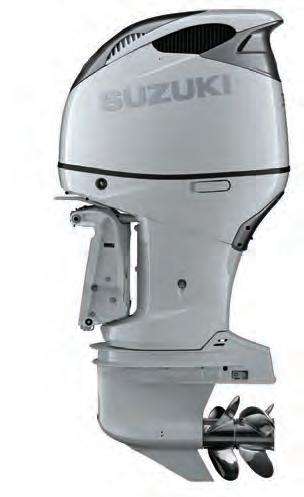



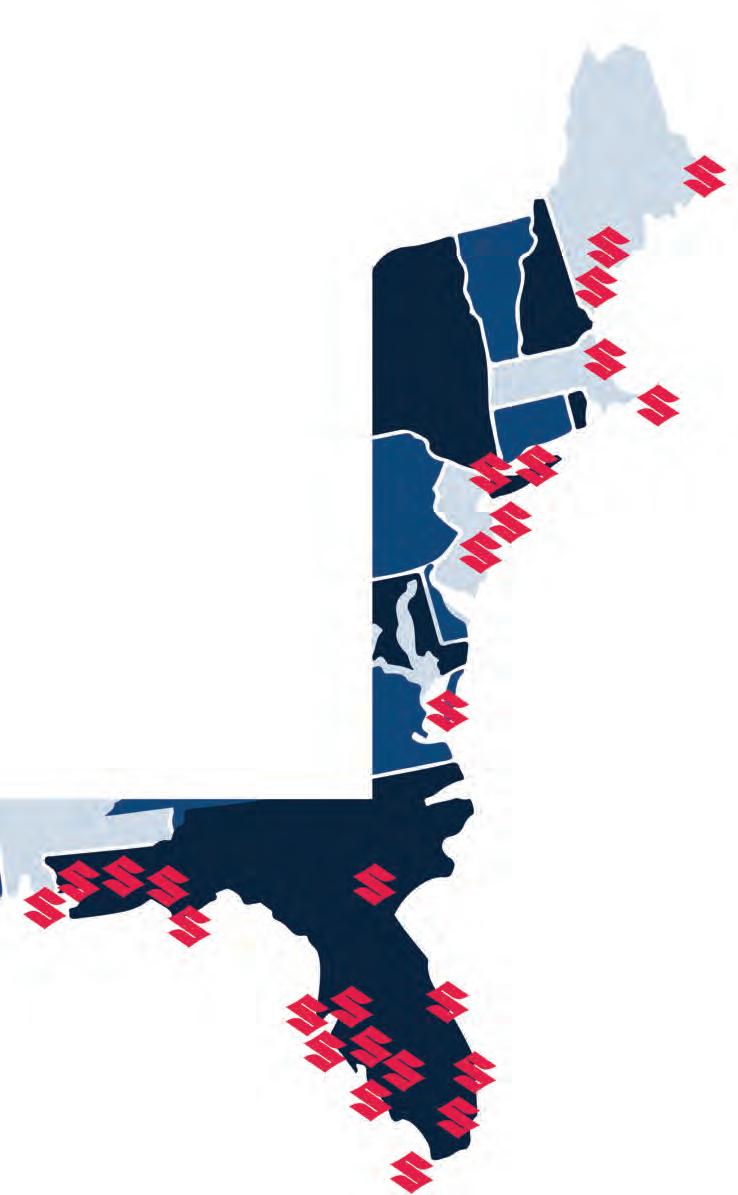

*Get with the Program!
When you purchase a new Suzuki outboard from an authorized Mastry RePower Center you qualify to become a member of the Mastry Suzuki Owner’s Edge. Owners receive an identifcation card that provides them with important information about their Suzuki outboard motor as well as a passport to additional benefts during ownership. Members enjoy a detailed engine maintenance schedule, Mastry Suzuki RePower Trade Program and special pricing from Mastry Suzuki Partners.
When summer rolls around and the tides align, there’s no place I’d rather be than Southwest Florida—with a rod in hand and visions of giant snook dancing in my head. !is year, my buddies and I made the pilgrimage with a simple mission: land a personal best. Big sh only. No compromises.
Dawn Patrol: First Cast, First Heartbreak
Our daily rhythm was dialed in: sh at rst light, break for lunch and a nap, then hit the water again at dusk. On our rst morning, we were thighdeep before sunrise, casting into the mystery of the early light. Within minutes, I hooked a brute. It crushed my lure and made a blistering run—until my line snapped clean. Devastated, but not alone; the others were tight on steady 20–25 inchers. We spot-hopped the rest of the morning, landing a solid variety of sh, then rested up, ready to tangle with giants again at dusk.
Evening Drama: Three Strikes !at evening, we waded into a legendary snook haunt. I connected again—with something even bigger. A er a long, nerve-wracking battle, my
leader snapped. Again. Moments later, John hooked into a monster that nearly emptied his spool… and then his leader failed too. We were stunned but red up. !e big girls were here.
I re-rigged and kept casting. Soon enough, another explosion on my paddle tail—this one the biggest yet. She breached once, massive and thick. !en, just like that, gone. My third heartbreak of the day. Lesson learned: if you’re chasing giants, bring the heavy gear.
Turning the Tide
By Capt. Michael Okruhlik

massive strike. !e sh peeled line o like a runaway train, then turned and charged. I cranked fast, heart in my throat. !e ght was clean, intense and unforgettable.
Day two brought redemption. Je landed his personal best—an impressive 34-inch snook on a 4” Knockin Tail Lure. I was eager to return to the spot that broke us, but a sudden evening storm shut us down.
Final Shot, Forever Fish
Our last morning o ered solid action—snook to 8 pounds, nothing to complain about. Still, I couldn’t shake the thought of one last chance that evening. No storms. No wind. Just at, silent water and that nal opportunity.
She measured a fat 38 inches, bottoming out my 15-pound scale. Hooked right in the jaw, leader untouched. My new personal best.
The Verdict
!is trip was a rollercoaster—equal parts frustration and triumph. But that nal evening, under a fading Florida sun, everything came together. And that’s what keeps us coming back: one cast away from glory.
Capt. Michael Okruhlik is the inventor of Knockin Tail Lures®, and the owner of www.MyCoastOutdoors.com.
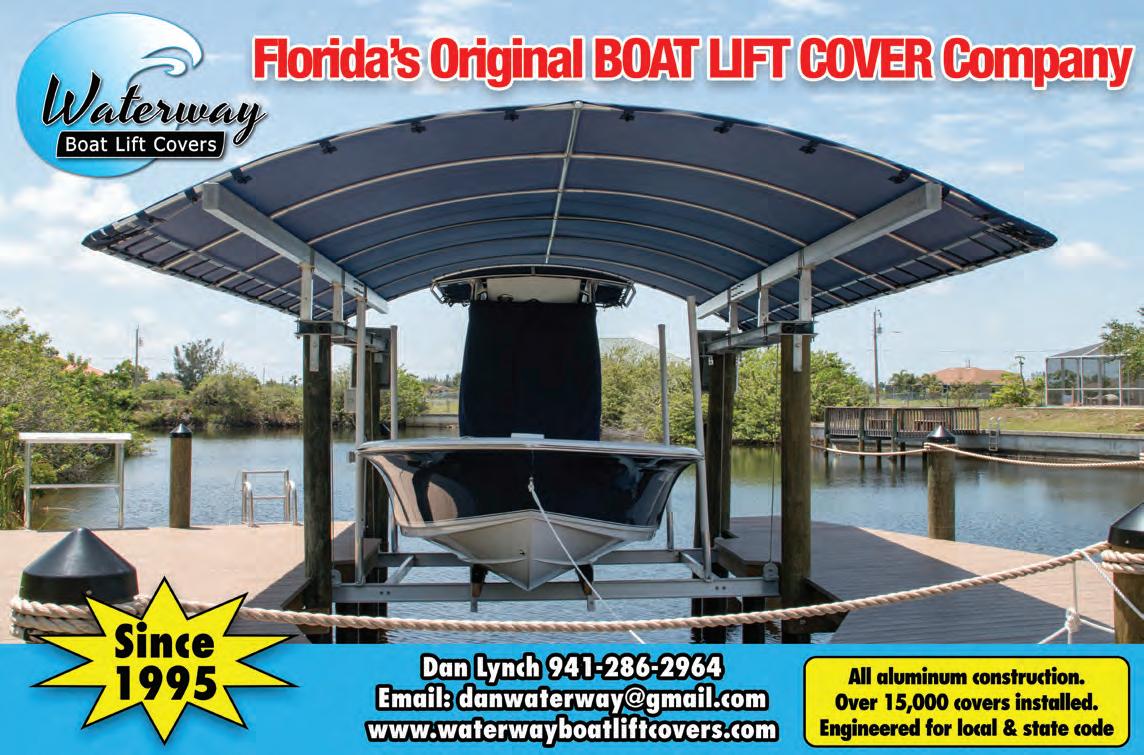




One of the simplest ways to avoid the worst of the summer heat is to plan your fishing outings during the cooler parts of the day. Early mornings and late evenings are ideal, as temperatures are lower and the fish are often more active.
During these times, you'll also benefit from stunning sunrises or sunsets over Tampa Bay, adding a magical touch to your fishing experience. I prefer early mornings and sunrises. Going early also helps avoid afternoon thunderstorms.
Midday fishing trips, when the sun is at its peak, should be avoided--unless you’re well-prepared. If you do venture out in the middle of the day,
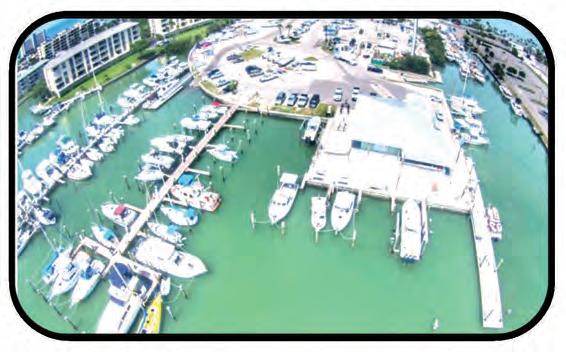
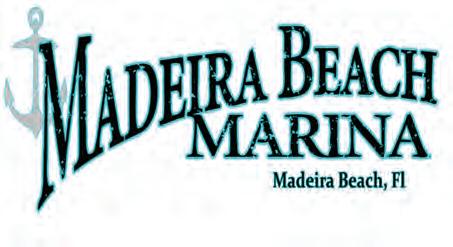



ensure you have plenty of shade, hydration and sun protection, as peak UV rays beat down on you between 11:30AM – 2:30PM.
Wearing the right clothing can make a world of difference, when fishing under the hot summer sun. Chose lightweight, moisture-wicking, breathable fabrics to keep your body cool and dry. Long-sleeved shirts and pants with UPF protection are excellent choices, as they shield your skin from harmful UV rays.
A wide-brimmed hat is essential for providing shade for your face and neck, while polarized sunglasses protect your eyes and enhance your ability to spot fish beneath the water’s surface. Don’t forget to wear sturdy, water-resistant footwear that provides comfort and grip on both boat decks and slippery surfaces.
The Florida heat can quickly lead to dehydration, which is not only uncomfortable, but also dangerous. Make it a priority to drink water consistently throughout your fishing trip. Stock your cooler with ice-cold water and electrolyte beverages to replace lost salts and minerals. Avoid alcohol and caffeinated drinks, as they can contribute to dehydration.
Continued on page 6
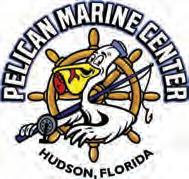

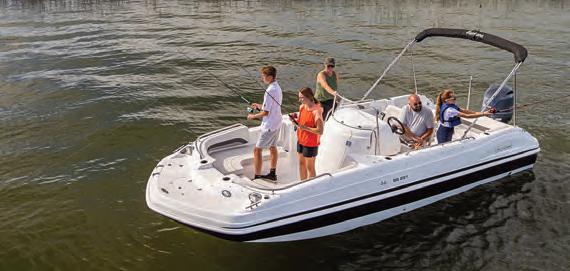

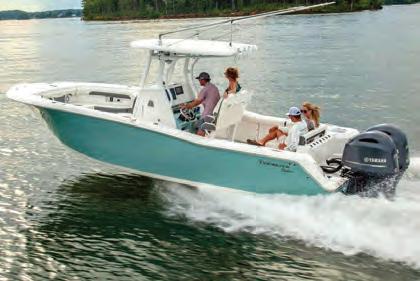




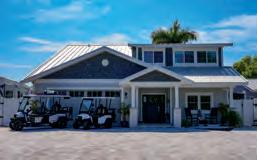


BY: CAPT. ANTHONY CORCELLA

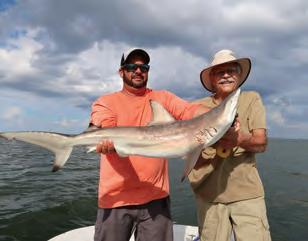
If you're a fisherman, you've been asked "do you ever catch sharks?”. If you fish in the Bay the answer is probably yes. But, if by chance you haven't tangled with the Tiburon, here's a quick rundown to get you in the action.
First, where do the sharks live? Easy, go taste the water. Does it taste salty? Yes? Then sharks most likely live there. The Tampa Bay area is home to multiple species of shark. The Bay has hammerhead, bull shark, blacktip, bonnethead, sharpnose, lemon, spinner and nurse sharks. We also have mako, tiger and the occasional great white a little further offshore.
The Bay is a breeding ground for many shark species, so the size of sharks swimming our waters range from one-foot pups to 12-foot giant hammerheads with everything in between. The most common sharks caught in the Bay are bonnethead, blacktip, sharpnose, nurse and bull.
Tackle can range from a med action 7.5-foot rod with a 4000-size spinning reel to an 8 to 9-foot heavy action convention set up with 6.0 to 8.0 size reels and up.
The bonnethead and sharpnose can't say “no” to a live shrimp, dead baits and cut threadfins. Free-lined baits (or fished under a bobber) work well on the flats where you will find these sharks. Twenty-pound braid and 40-pound fluorocarbon leader will land most of them.
The blacktips prefer live pinfish, greenbacks or mullet. They will hit cut baits and even lures. Baits fished on floats and freelined work well. Knocker rigged bigger baits will attract the bigger fish around the bridges and passes. Blacktips are the most sporting of the inshore sharks and give drag-burning runs on medium inshore gear. Some of the bigger blacktips push well over 100 pounds. So, a medium-heavy 8-foot rod with a 6000-size spinner or an 8-foot conventional with a 6.0 are best suited for these guys.
Last, consider the big dogs of the inshore shark family; the hammerhead, bull, nurse and lemons. Bulls, hammerheads, nurse, and lemons will mostly hit dead baits on the bottom. These are big fish and require big gear. Chunks of bonita, ladyfish, threadfins or stingrays will attract these brutes. Fish of 200 to 500 pounds are not uncommon in the Bay. Nine-foot rods with a 9.0 conventional, loaded with 100-pound braid and steel cable leader are the tools of big shark hunters. The bull shark is the most common of the giant sharks in the Bay. Lemons are caught with frequency, as are nurse and the majestic hammerhead, which is a rare trophy in Tampa area waters.
Sharks feed at all times. Night fishing can be very productive and a bit cooler in the summer months; although, plenty of sharks are caught throughout the daytime hours. The best areas to try are anywhere inside the Bay, beaches, passes, area flats, bridges, docks and piers. Yes, they are everywhere!
One last word of caution--avoid those teeth! Cut off the bigger sharks well above their jaws and make sure you have a firm grip on the smaller ones when removing the hook. Do not grab a small shark by the tail. They can turn all the way around and bite you!
Ok, you've been warned--now go out and get that monster! Please practice catch and release, and follow FWC regulations if you keep a blacktip, sharpnose or bonnet to eat.
— What makes our charter service unique is that we cater to disabled veterans and wheel chair bound clients! Our boat is able to accommodate wheelchairs and is ADA compliant. IF YOU’RE A DISABLED VETERAN, YOUR TRIP IS FREE! This is our way of giving back to our veterans.
Capt. Anthony Corcella, Pocket Change Inshore Fishing Charter 727-432-6446 www.pocketchangefishingcharters.com
Check us out on Facebook, Instagram and TikTok

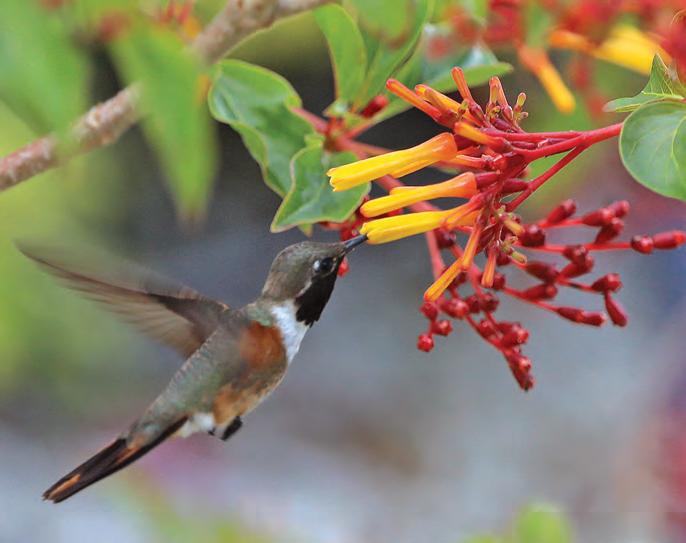
By Capt. Wes Tallyn
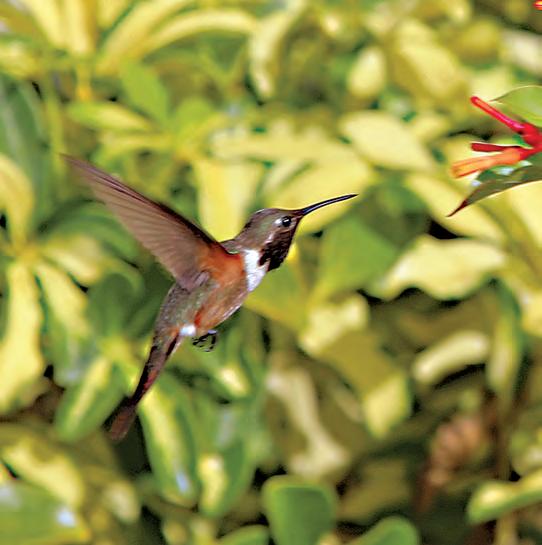
n a recent trip fishing on Grand Bahama, we were surprised to find a Bahama Woodstar flying by our lodge. These hummingbirds are endemic to the Bahamas and quite the showstoppers. The males have a brilliantly iridescent purple throat, which helps when identifying the species from other hummingbirds. These hummingbirds also have a longer tail than other hummingbirds

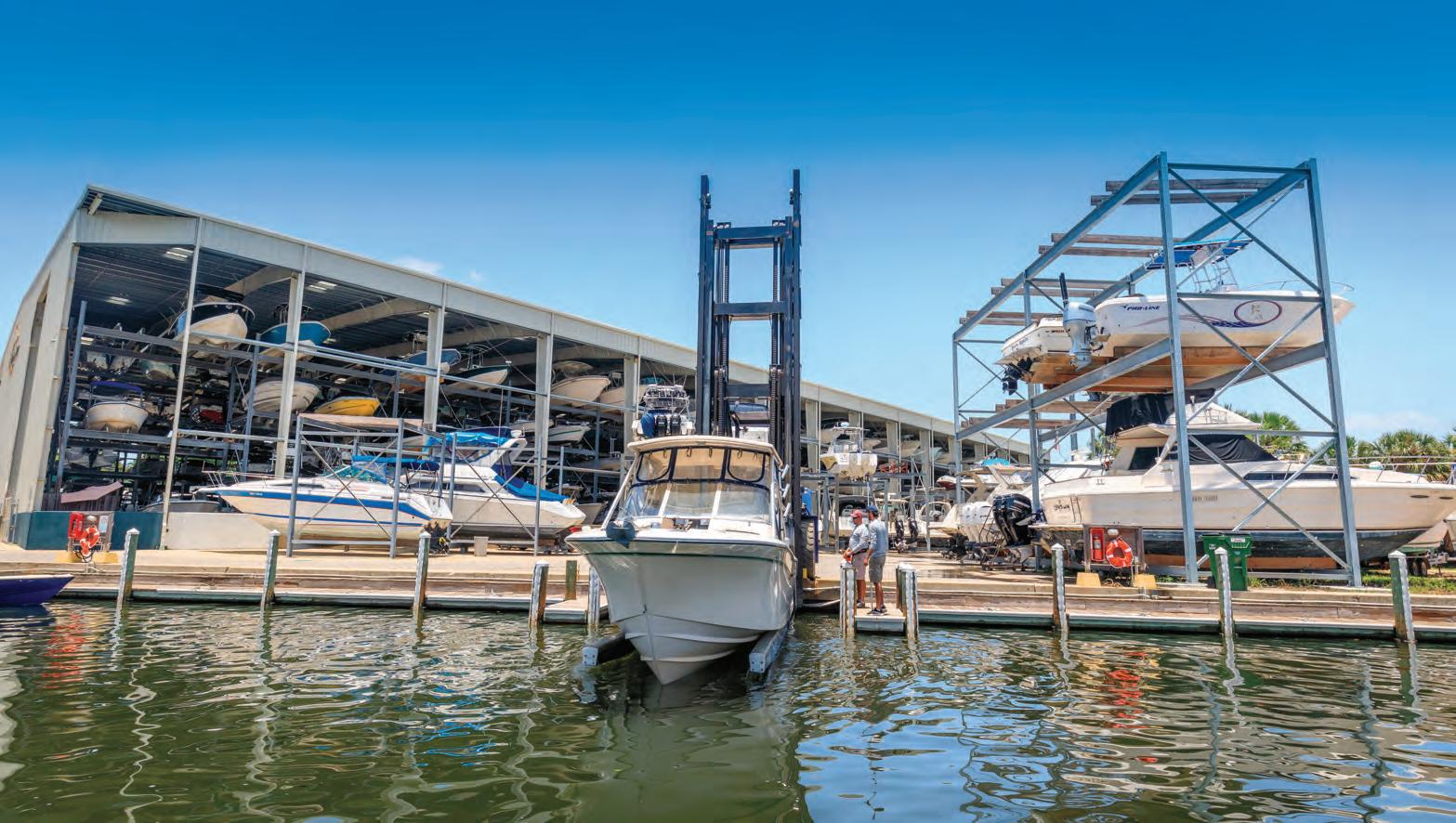
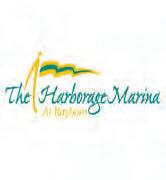
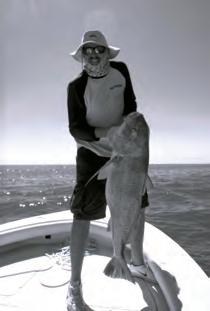
High temperatures and midday thunderstorms often turn many anglers into night creatures searching for their prey. Several advantages come into play; the night brings out the best in tarpon, snook, trout and black drum fishing and some tolerable conditions.
Fishing from shore, Gandy Bridge St. Pete side fishing offers a great location for the whole family to spend several hours on a weekend catching fish. Boaters can launch either at the Courtney Campbell boat ramp or the Salty Sol boat ramp located one mile west of Westshore Blvd. on Gandy Blvd.
Skyway fishing pier offers light, good water movement and a nice family friendly atmosphere plus a large selection of fish species like grouper, flounder and mackerel.
The best fishing trip takes place for about a half hour after sundown through 2 a.m. Free-lined live bait (“meaning no weights are added”) drifted under the lights will draw the attention of trout, snook and tarpon. Products on the market like the Hydro Glow Fish Light are designed to be vertically suspend below the surface of the water radiating a bright green glow in all directions. This design utilizes 100% of the light generated by the light for the designed purpose--attracting fish. The bright fluorescent green light gets it effectiveness by attracting the entire aquatic food chain, from microscopic plankton to various sizes of minnow and to many species of game fish. Boat manufacturers now
use products like the Shadow Caster underwater lights that are built into the hull making them even more appealing.
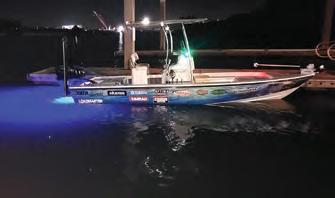
Boaters can also take advantage of canal homes with dock lights following the same pattern. The live bait should be allowed to drift with the current flow from the shadow line into the light and back into the dark. Most important when dock fishing at night is to always respect the owner’s right to privacy and avoid loud noises by using the stealth system. That means being quiet!
Some of my favorite live baits, shad and greenback sardines both can be caught under the bridges at night with a bait cast net. Shrimp are on top of the food chain except for summer months. They tend to be on the small size and are often rejected by the big fish. For tarpon, pass crabs are tops on my list. Black drums and redfish have a hard time passing on fresh cut blue crabs present on the bottom by the bridge pilings.
Remember to pick a spot with light, or create your own using your boat underwater lights or Hydro Glow light. The light must be strong enough to draw small bait fish; be patient and they will come. Don’t overlook bottom fishing. I have caught snook, cobia and black drum on a bottom rig while catching snook, trout and tarpon on the surface.
Boaters netted to anchor under
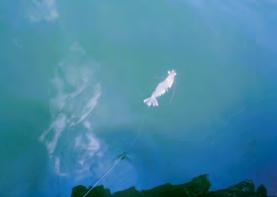
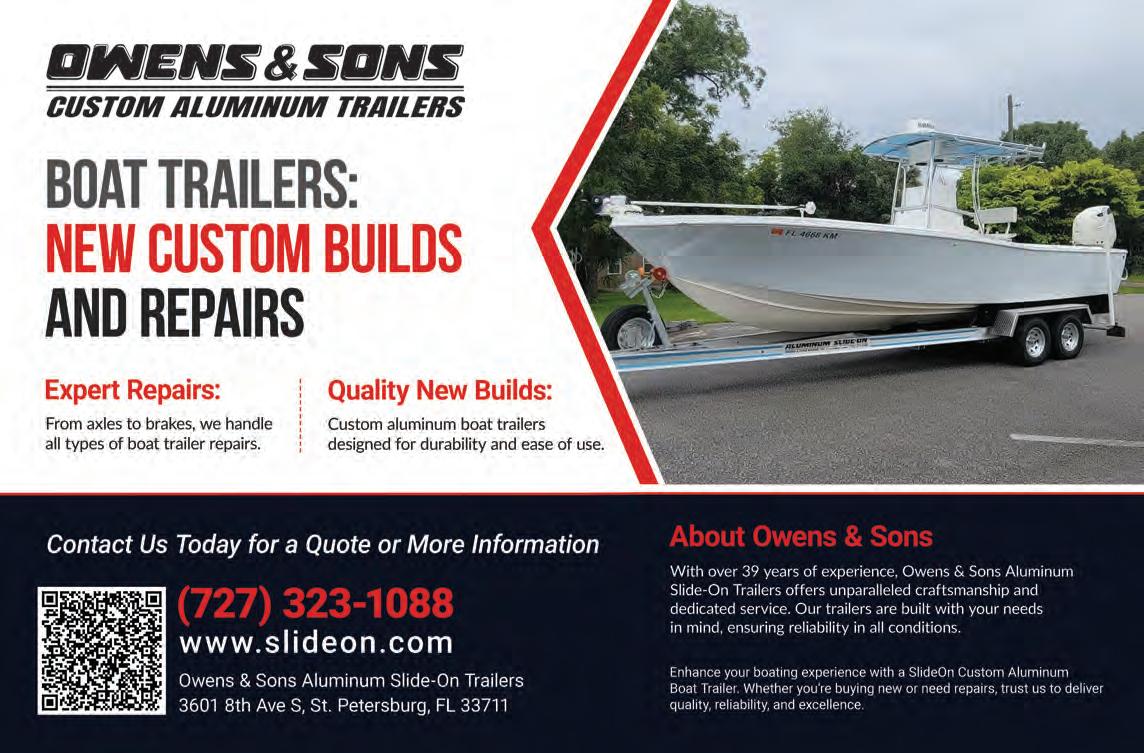
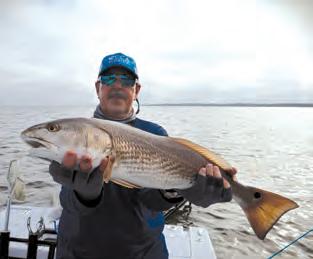

the bridge with the stern of the boat just even with the shadow line (where the light from the bridge casts shadow). Snook and tarpon cruise the dark side and strike the bait fish attracted to the light. The brighter the light you have, the better chances of catching fish.
I recommend medium spinning tackle 15 to 20 test line 30-pound test leader with a 2/0 hook for trout, snook and redfish. Use conventional tackle with 30 to 40-pound test line, a 60-pound test leader and 5/0 hook for the tarpon, black drum, cobia and big redfish.
Black drums are plentiful this month. Their favorite bait is a half of a fresh blue crab, which can be caught along the shoreline or purchased at the local bait and tackle stores.
For more information, you can visit FISHING
on YouTube with weekly local fishing information, and our how-to segment Capt. Sergio Fishing Academy teaching new techniques and tackle to help you catch more fish.
— Capt. Sergio Atanes is host of Florida West Coast Fishing Report on Facebook and YouTube. He also hosts Fishing Adventures Florida TV show airing on YouTube, Waypoint TV, Carbon TV, Outdoor Action, and Angling TV. Owner of Reelfishy.com Charter business covering the west coast of Florida with over 135 captains on staff. For information contact Capt. Sergio at (813) 973-7132 email: atanes@msn.com.

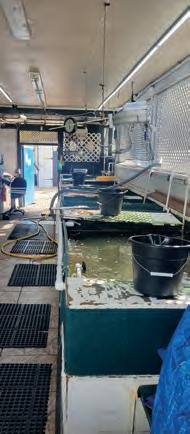
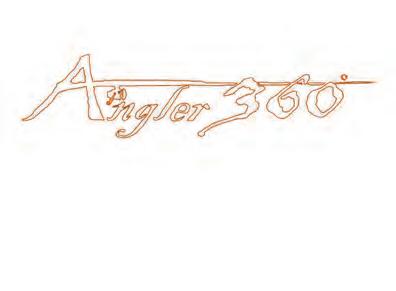
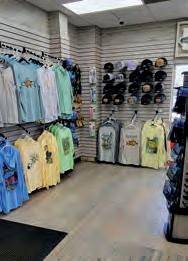
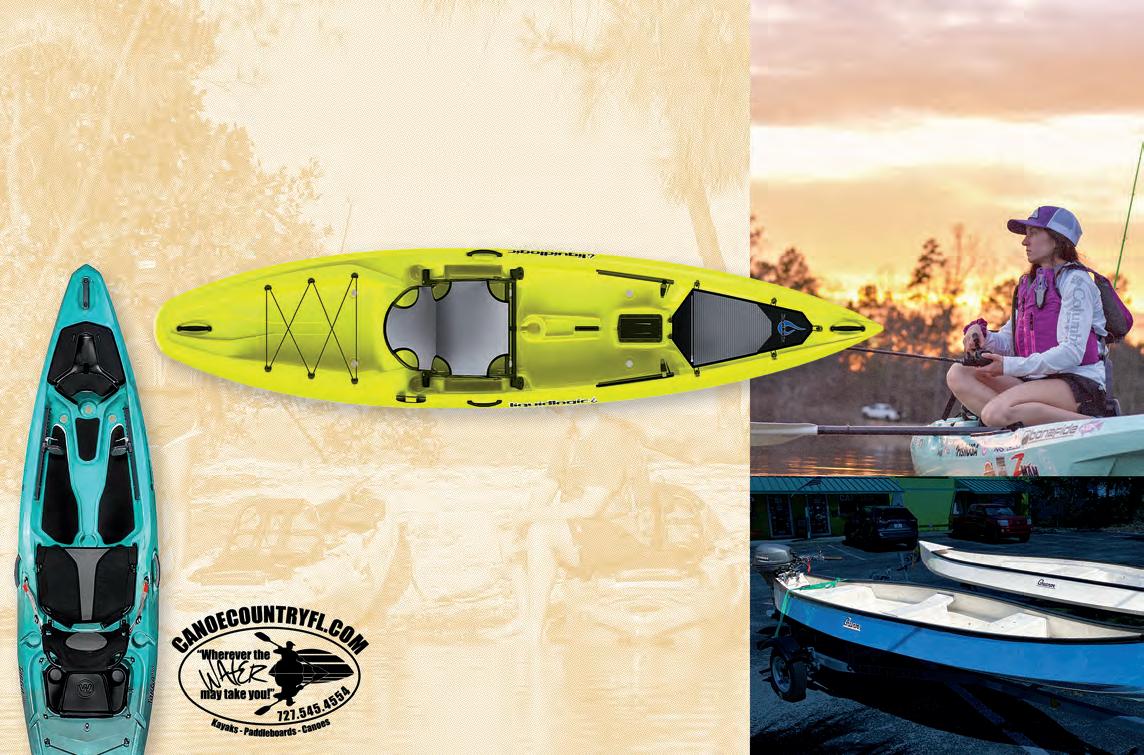

Remember the golden rule: if you wait until you’re thirsty, you’re already dehydrated. Sip water frequently, even if you don't feel thirsty, to stay ahead of the heat.
Sunburn can turn an enjoyable day of fishing into a painful experience. Before heading out, apply a high-SPF, water-resistant sunscreen to all exposed areas of your skin and reapply every two hours. Lip balm with SPF is another often-overlooked necessity.
In addition to sunscreen, consider using a lightweight fishing buff or neck gaiter to protect your neck and face. Combined with UPF clothing and a hat, these measures will minimize your risk of sunburn and long-term skin damage.
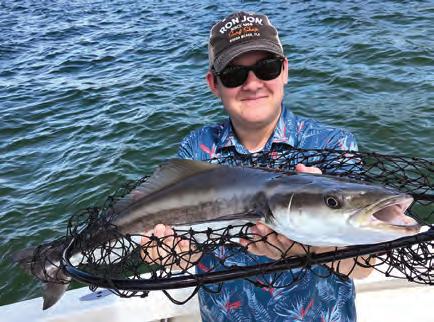
Fishing under direct sunlight for hours can be exhausting. Whenever possible, seek out shaded areas to cast your line or take breaks. If your boat isn’t equipped with a Bimini or T-top, any of the bridges throughout Tampa Bay provide plenty of shade and excellent fishing.
During the summer heat, fish in Tampa Bay often retreat to cooler, deeper waters or shaded areas to escape the rising temperatures. Focus your efforts on these locations, which are more likely to yield successful catches. Structures such as bridges, docks, mangroves and submerged vegetation provide both shade and shelter for fish.
Use live bait instead of artificials. It’s more effective in the summer months, and it does the work for you! Scaled sardines, pinfish and greenbacks are particularly enticing to the gamefish lurking in Tampa Bay’s waters. Pairing live bait with a light tackle setup can immensely improve your chances of success.
I prefer to sleep at night; but, fishing at night is another excellent way to avoid the blazing sun while experiencing Tampa Bay's vibrant marine


ecosystem. The cooler evening hours often bring fish closer to the surface, increasing your chances of landing a great catch. Popular night fishing spots include piers, bridges and areas near dock lights, where fish are drawn to the illuminated waters. Artificial baits also tend to work better at night.
Safety should always be a top priority when fishing in the summer heat. Keep an eye on weather forecasts, and be prepared for sudden changes such as thunderstorms, which are common in Florida during the summer. Remember, lightning can strike up to 10 miles from the actual thunderstorm itself.
Fishing in Tampa Bay during the summer isn’t just about the catch, it’s also about soaking in the beauty of the bay, its diverse wildlife and the thrill of the chase. Whether you’re targeting snook and redfish in the mangroves or aiming for tarpon, cobia, mangrove snapper or Spanish mackerel in deeper waters, there’s something magical about the connection to nature that fishing provides.
Taking the time to plan and prepare for the summer heat ensures not only your safety, but your overall enjoyment. When you’re well-equipped to handle the elements, each cast of the line becomes an opportunity to create memories that last a lifetime.
Afishionado, “Adventures in Fishing.”
—Tampa Bay fishing guide Wade Osborne of “Afishionado Guide Services” has been plying the waters of Tampa Bay as a professional full-time captain, since 1997. Capt. Osborne offers inshore fishing charters on light tackle spin, fly or plug. He also offers eco-tours with an emphasis on photography. For more info., visit Afishionado.com or find Afishionado Guide Services on Facebook and Instagram. Email: wade@afishionado.com Call/Text 813-286-3474


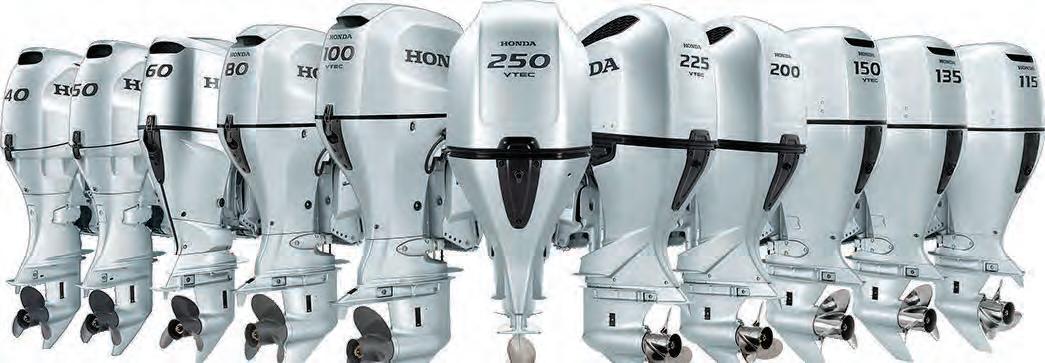

BY: CAPT. JOSHUA TAYLOR

As Summer starts winding down in Tampa Bay, one thing that stays hot is the snook bite. If you've spent any time fishing our local waters, you know that few fish fire up anglers more than a hard-hitting, drag-peeling linesider. And, late Summer is the prime time to connect with them.
In August and early September, Tampa Bay's snook are still in their warm-water groove, staging near beaches, passes, bridges and river mouths, as they wrap up spawning. They're feeding aggressively, fattening up before they push back into the backcountry when cooler Fall temperatures roll in. For fishermen, this is a window you don't want to miss.
Where to Find Late Summer Snook:
At this time of year, focus on areas with moving water and snook-loved current. Passes like Egmont, Bunces and the mouth of the Little Manatee River can hold big schools. Bridges are also magnets--the structure provides shade, ambush points and baitfish galore.
Don't overlook sandy beaches, either. Snook cruise the surf zone early and late in the day, hunting baitfish in just inches of water. Sight-fishing a trophy-sized snook in the shallows is about as exciting as it gets inshore.
As the month progresses, some snook begin transitioning back to creek mouths and mangrove points, so those areas become productive again, especially at dawn and dusk.
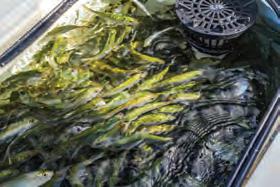
When the water is warm, live bait is hard to beat. Scaled sardines (whitebait), pinfish, ladyfish and large shrimp are all proven snook snacks. Rig them on a circle hook with a 30 to 80-pound fluorocarbon leader to handle their abrasive jaws and surprise structure runs. For inshore snook, I typically can get away with a 30 to 40-pound leader; however, the larger bridge snook needs a leader of 50 to 80 pounds.
For beach or pass snook, free-line your bait on a light spinning setup, and let the current do the work. Near bridges or deeper channels, a split shot or small egg sinker can help keep your bait in the strike zone.
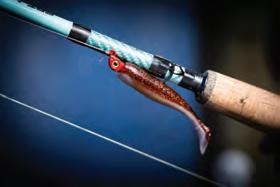
If you prefer artificial lures, stick with soft plastic jerk baits such as fluke, paddle tails or topwater plugs at sunrise and sunset, when snook is most active and aggressive. Just remember, stealth is key. These fish can be spooky in shallow water, so keep casts long and your presentation natural.
Late Summer means heat and afternoon storms. The best bite windows are usually from dawn to mid-morning and then again at dusk. Fishing around tide changes, especially incoming or first of outgoing, can make all the difference. Moving water keeps bait moving, and that means feeding snook.

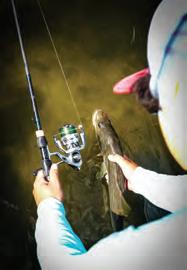
A quick reminder for fellow anglers; snook is a prized gamefish in Florida, protected by strict seasons and slot limits. Many anglers release them year-round. Always wet your hands before handling, support the fish horizontally and revive it properly, if needed. Healthy releases help keep our fishery strong.
If you're looking to squeeze every drop out of Summer fishing in Tampa Bay, target snook before they slip back into the mangroves and rivers for Fall. A few hours at sunrise can reward you with explosive hits and epic fights--the kind of memories every local angler lives for.
Tight lines, and see you out there chasing linesiders!
— Capt. Joshua Taylor is a professional angler, apparel designer, and influencer whose passion for fishing and dedication to storytelling meet. With years of experience on the water and behind the pen, Joshua ensures each issue is packed with expert tips, local reports, and stories that resonate with the angling community. Connect with Capt. Joshua Taylor: joshua@saltyscales.com | www.saltyscales.com | Follow on Facebook: facebook.com/SaltyScales | YouTube: youtube.com/saltyscales | Instagram: instagram.com/saltyscales | TikTok: https://www.tiktok.com/@saltyscales
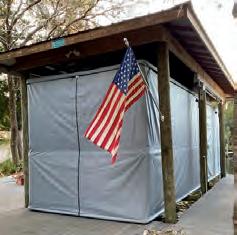
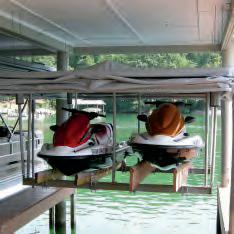
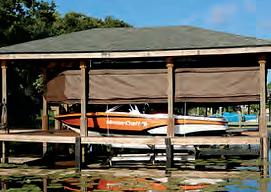
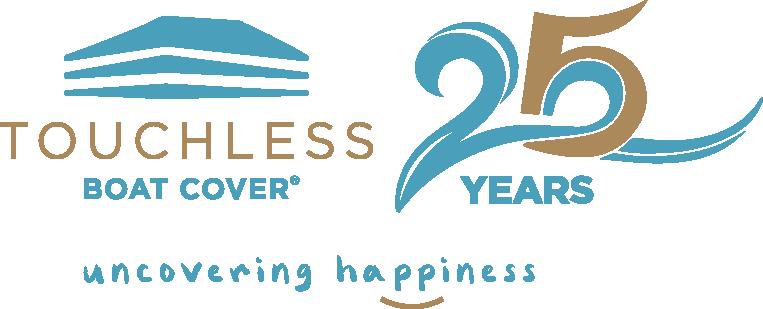
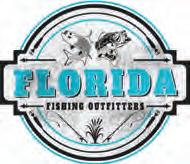
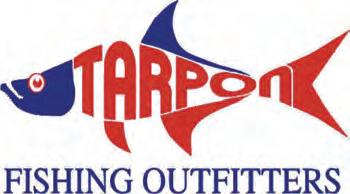
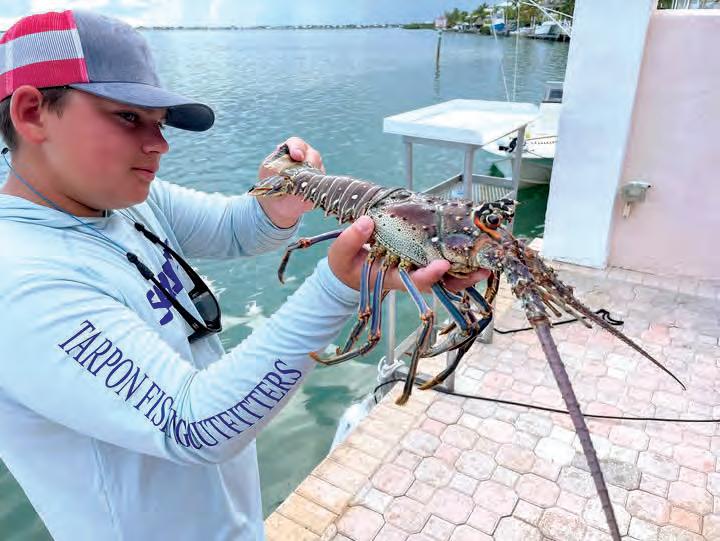
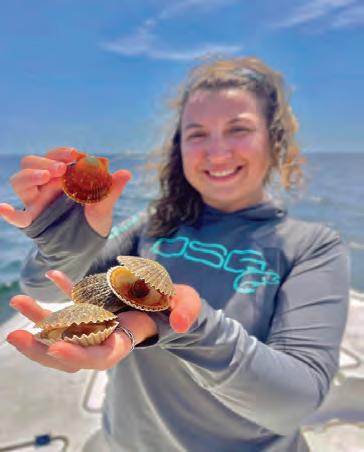
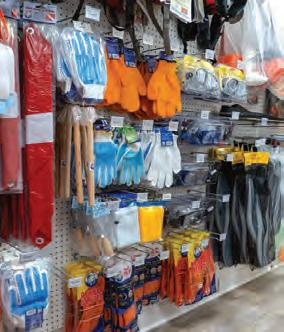

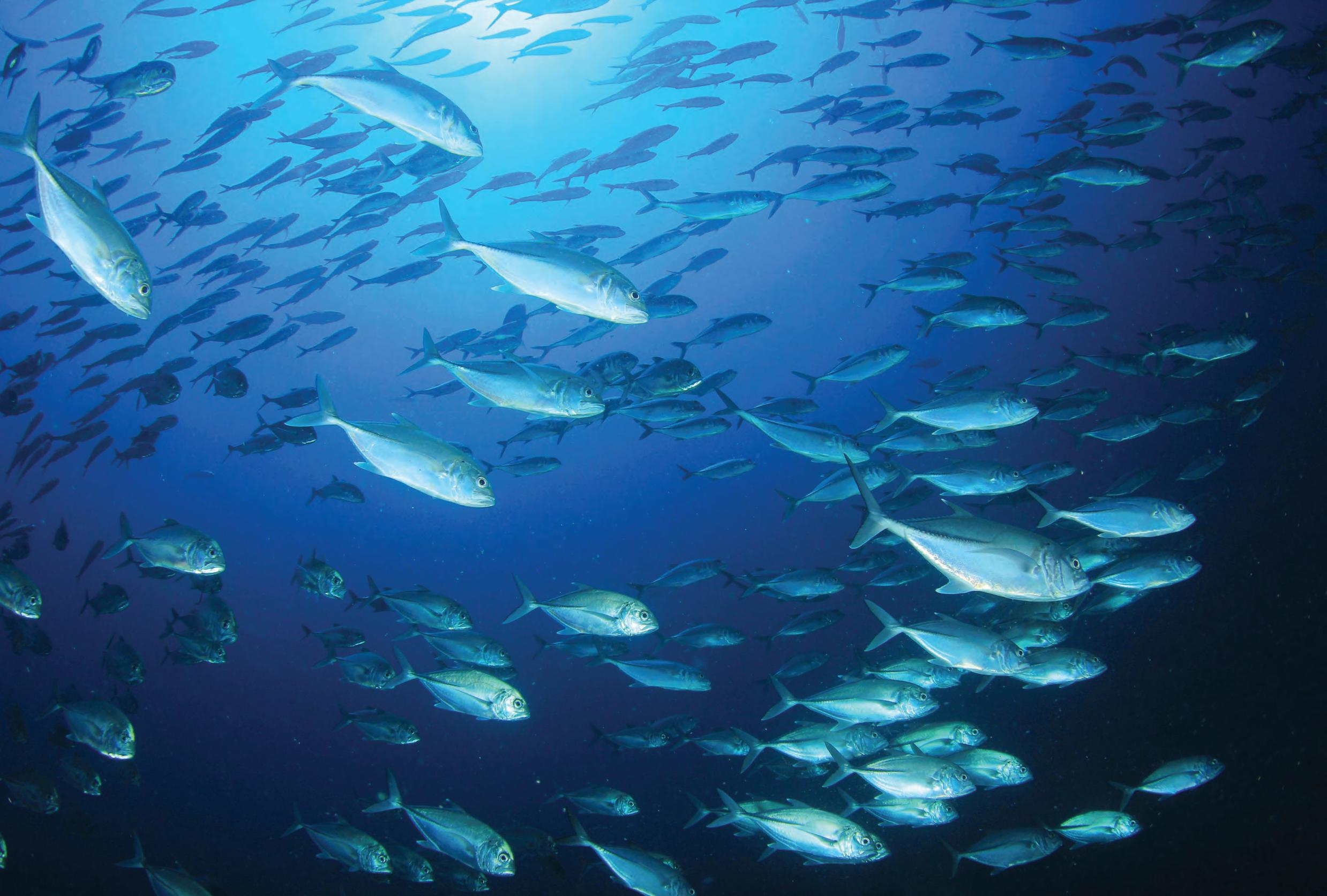

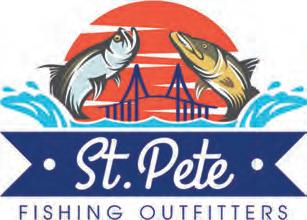
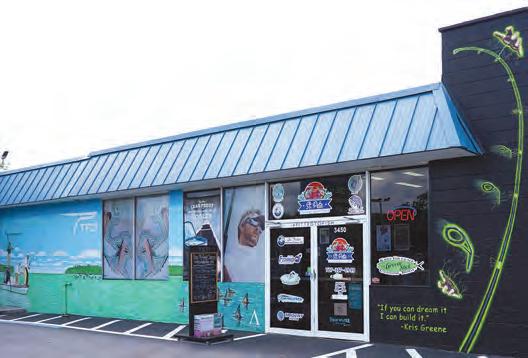

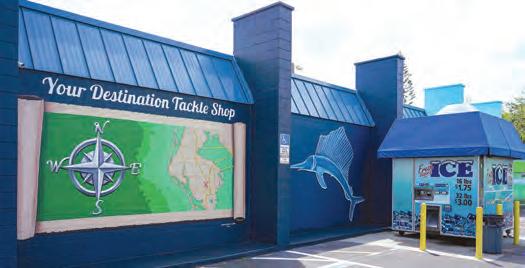
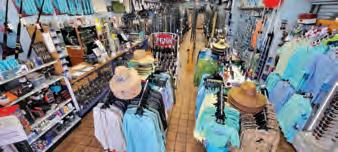
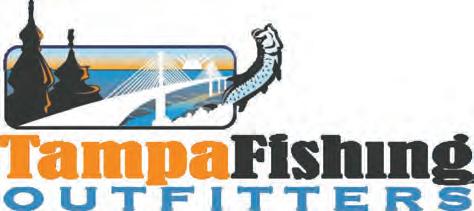



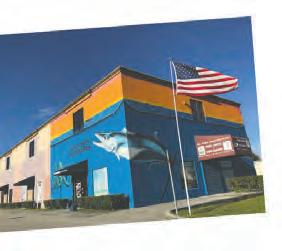
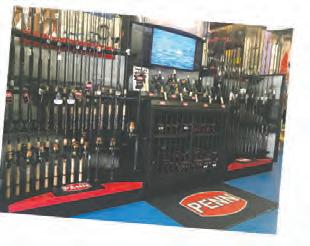
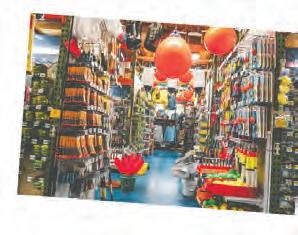
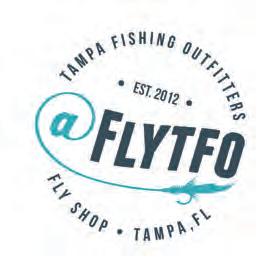

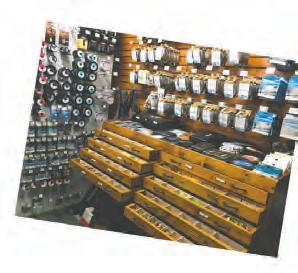


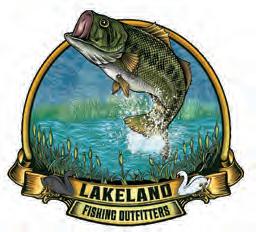

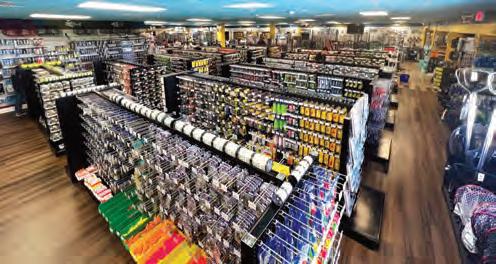
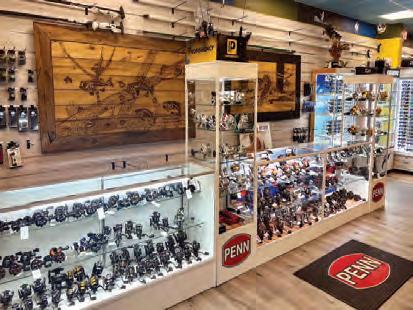




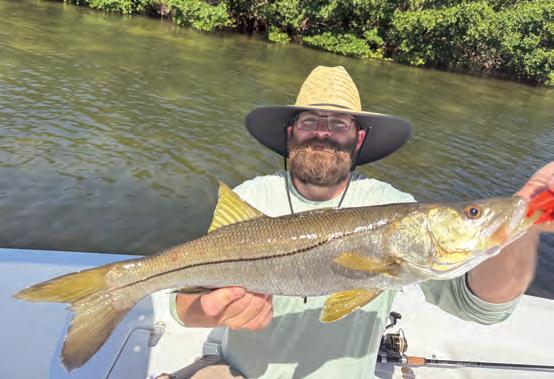
BY: CAPT. GEORGE HASTICK
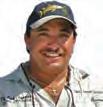
August can be a magical time for anglers to venture out into the warm waters of Tampa Bay. During this month, we should have a more consistent weather pattern and abundant fish, making it an exciting time for both novice and seasoned fishing alike. With its picturesque sunrise and sunsets and diverse marine life, Tampa Bay offers every angler a chance to create unforgettable memories.
...particularly prevalent in the Bay during late summer, and targeting them can be an exhilarating experience; ...
While the August summer heat lingers, afternoon thunderstorms are common. These showers can provide excellent conditions for fishing soon after they pass, as they often cool the water, stir up, and activate fish. The waters of the Bay remain inviting, but anglers should stay aware of local forecasts and be prepared to adapt their plans accordingly.
One of the most sought-after species in August is the snook. These fish are known for their aggressive feeding habits and can be found near mangroves, inshore structures, on the beaches, in passes and around moving water at tidal points. Snook fishing is especially exciting, as they tend to bite aggressively during low light conditions like dawn and dusk and when the water movement is good.
Continued on page 12
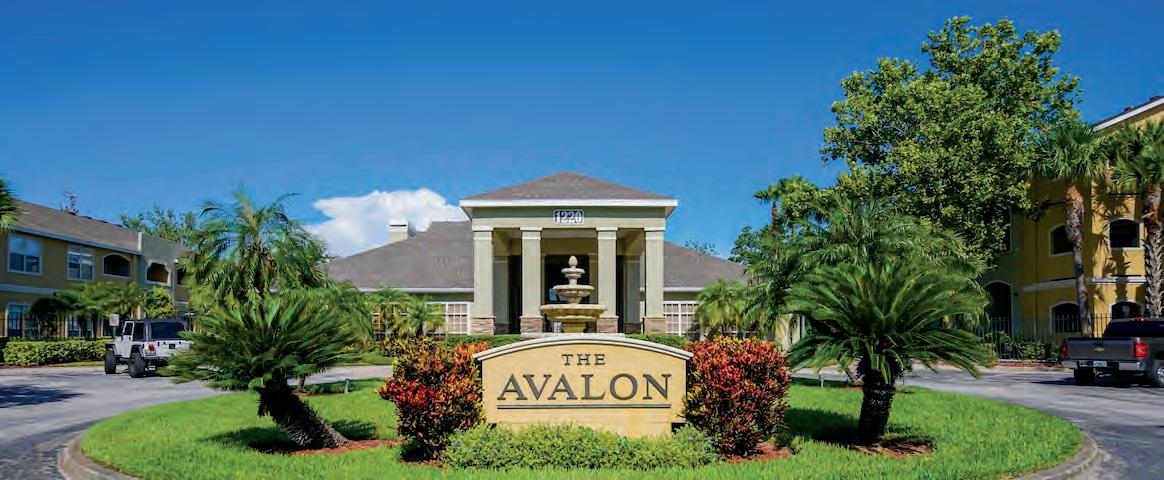




Ground Floor, FULLY FURNISHED, turnkey and ready to generate income. This beach-themed 2/2 condominium has a solid rental history and is situated within a pet-friendly, all-ages, GATED COMMUNITY which allows WEEKLY RENTALS and is only 3.5 miles from award winning CLEARWATER BEACH!


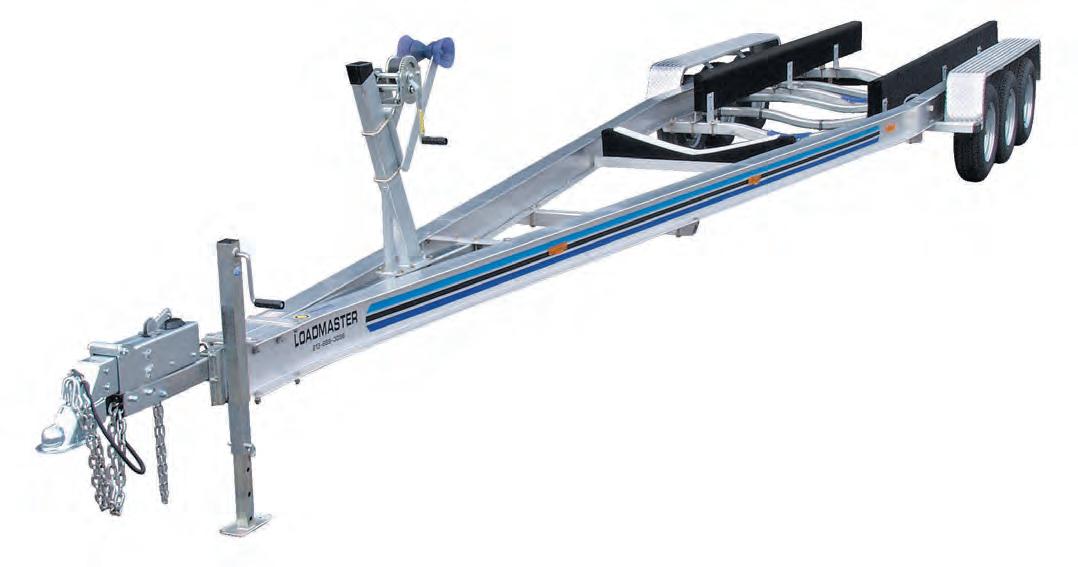


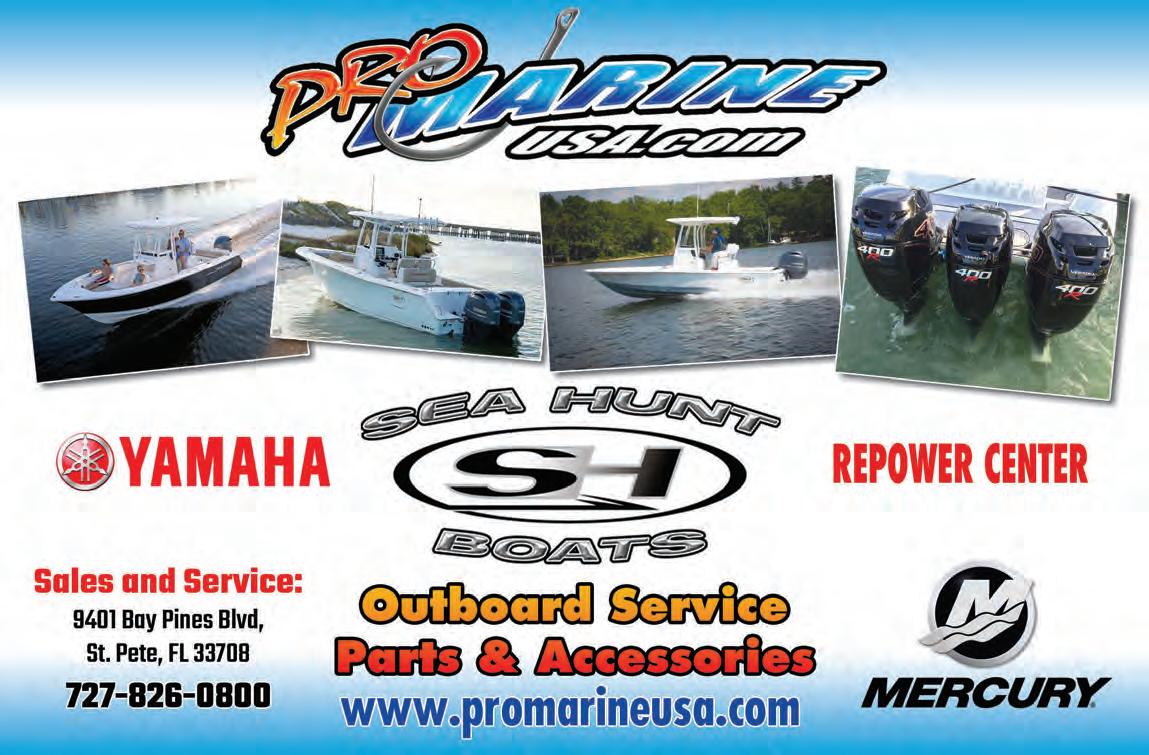
When fishing for snook in August, using live bait such as pinfish, threadfin, scaled sardines or ladyfish can prove effective along with cut baits of the same baits. I would use live and cut bait or some white bucktails and MirrOlures made for the depth where you are fishing.
Tampa Bay is home to a variety of other species, including redfish, tarpon, speckled trout and more. Tarpon are particularly prevalent in the Bay during late summer, and targeting them can be an exhilarating experience; they are known for their acrobatics and can put up a thrilling fight. Anglers hoping to land a trophy tarpon should focus on the deeper channels and nearby beaches, utilizing live crabs, threadfin, cut bait or larger lures.
Speckled trout is another popular catch during this time of year, often found in grassy areas in 4 to 6 feet of water. These fish love lures, making for an interactive fishing experience. Whether you are wading the shorelines or drifting with the tide, casting soft plastics like Saltwater Assassin’s 4-inch Sea Shad can yield exciting results.
For inshore fishing, live baiting is highly effective, particularly when targeting species like snook and redfish. Artificial lures, during the early morning and late evenings, can also bring in big catches. Topwater lures are effective in finding fish and very exciting to watch the explosion of the hit!
If you're venturing offshore, consider bottom fishing for grouper and snapper. August is a prime time for these species, and the reefs around Tampa Bay are also holding them. Gag grouper are closed this month in our area, but they are great action for catch and release.
Final thoughts. As you plan your fishing trips this August, stay hydrated, bring cooling towels and watch the weather. Remember to check local fishing regulations, and enjoy what Tampa Bay has to offer.
Happy fishing!
— Capt. George Hastick of “Fish Hunter Fishing Charters” in St. Petersburg, Fl. is the co-host of Florida West Coast Fishing Report and co-hosts Fishing Adventures Florida which is on five streaming channels and You Tube. He has been fishing the waters of the Tampa Bay area for over 40 years and guiding over 20 years.
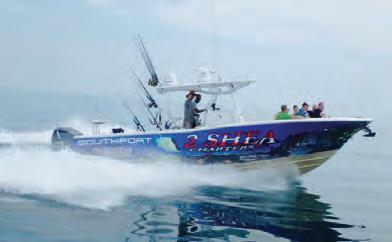
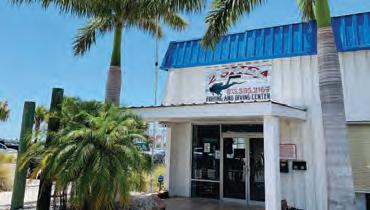
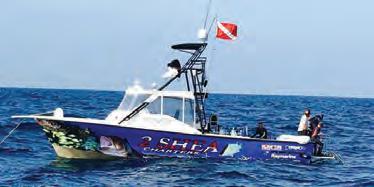
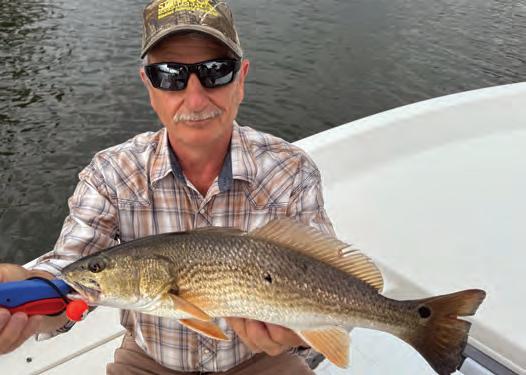

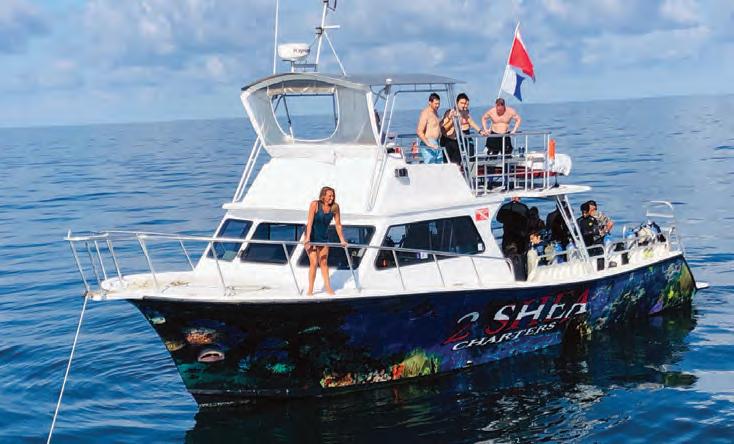
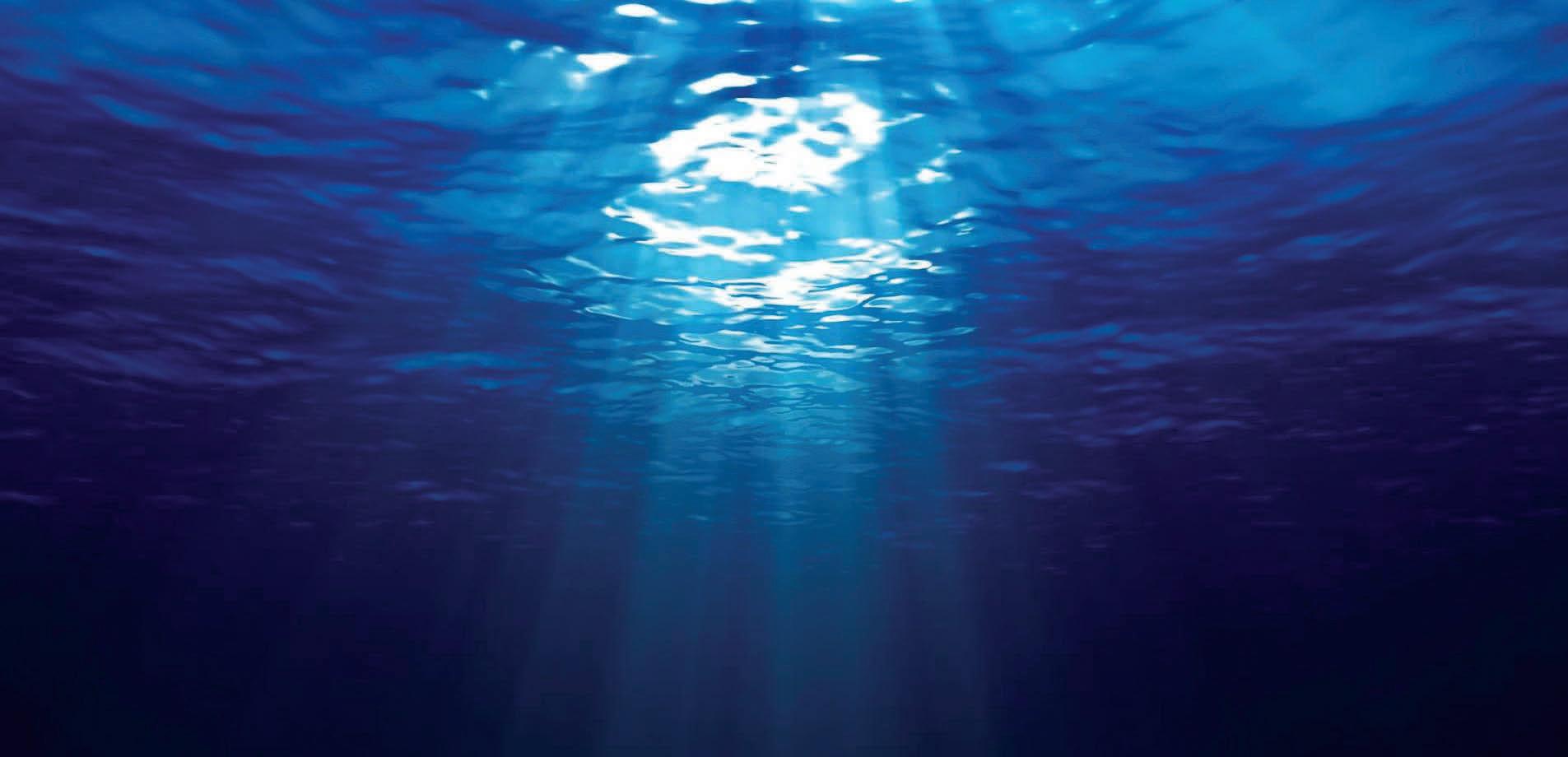
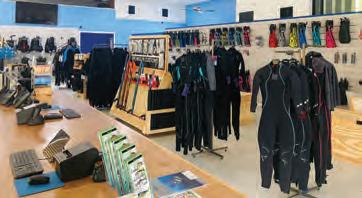




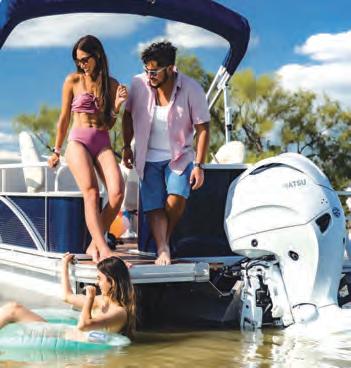
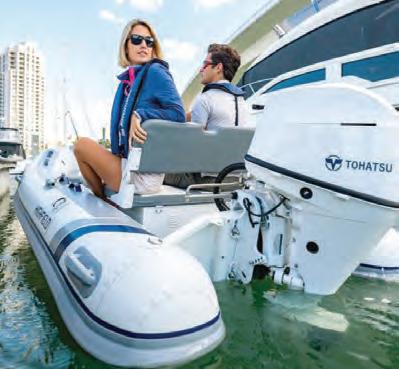
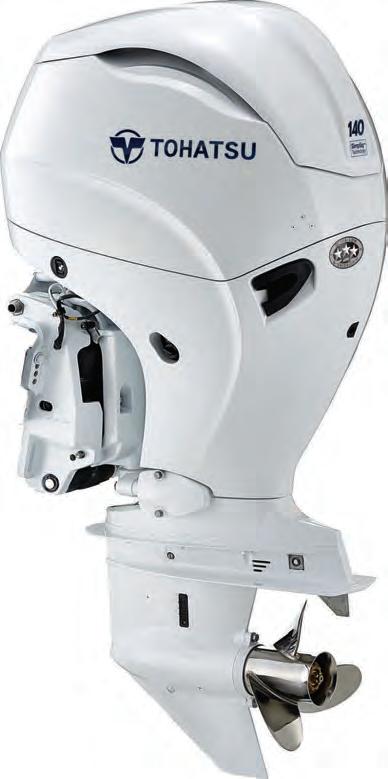
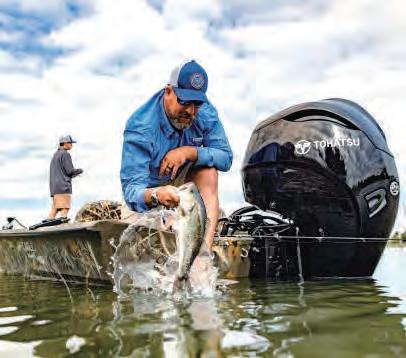


1
8
12
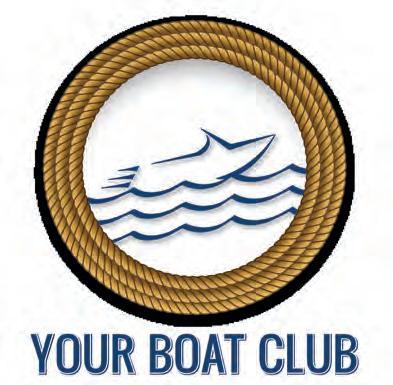







































2
1







5
6
8
9
12
14
15
16
18
19
20 Wed 12:10 2.4 10:26A 3.2 4:42 1.9 6:23 0.1 7:02 8:06
21 Thu 12:49 2.5 11:32A 3.3 5:50 1.7 7:09 0.1 7:03 8:05
22
23
24
25
26
27 Wed 3:28 3.0 4:05 2.8 10:12 0.7 10:13
28
29
W orthy FISH FRY IN CORNMEAL WITH HOMEMADE TARTER SAUCE
Most of us prefer our fish fresh as opposed to frozen. However, if you have fish in the freezer and your looking for a tasty way to prep it, here is a great and simple way to serve it--fried in cornmeal.
Ingredients: (for fish)
• 1 cup stone ground yellow cornmeal (not coarse)
• 3/4 teaspoon salt




























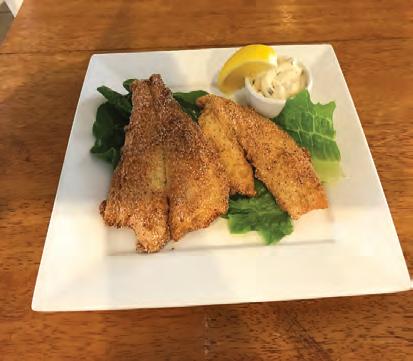
• 1/2 teaspoon black pepper
• 2 eggs
Ingredients: (for tartar sauce)
• 1 cup mayonnaise




































• 1/4 cup milk
• 4 fish fillets
• 3/4 cup vegetable oil
• 1 tablespoon finely chopped onion, I use sweet Vidalia
• 1 tablespoon sweet relish
Mix together by hand or pulse in blender if you want it less chunky.
Directions:
Stir together cornmeal, 3/4 teaspoon salt and 1/4 teaspoon pepper in a shallow bowl. Lightly beat eggs and milk together in another shallow bowl. Pat fish dry and dip fillets, one at a time, in the egg mixture. Dredge in cornmeal until evenly coated. Heat oil in a large nonstick skillet over medium high heat until hot but not smoking. Fry fillets two at a time, turning over once until golden and just cooked through (two to three minutes per side depending on thickness). Transfer to a paper-towel-lined plate to drain. Serve fish with tartar sauce and lemon.
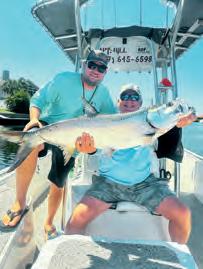
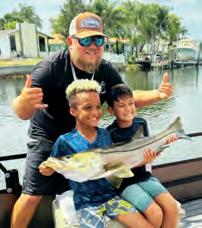
www.https://www.facebook.com/rustybucketbaithouse
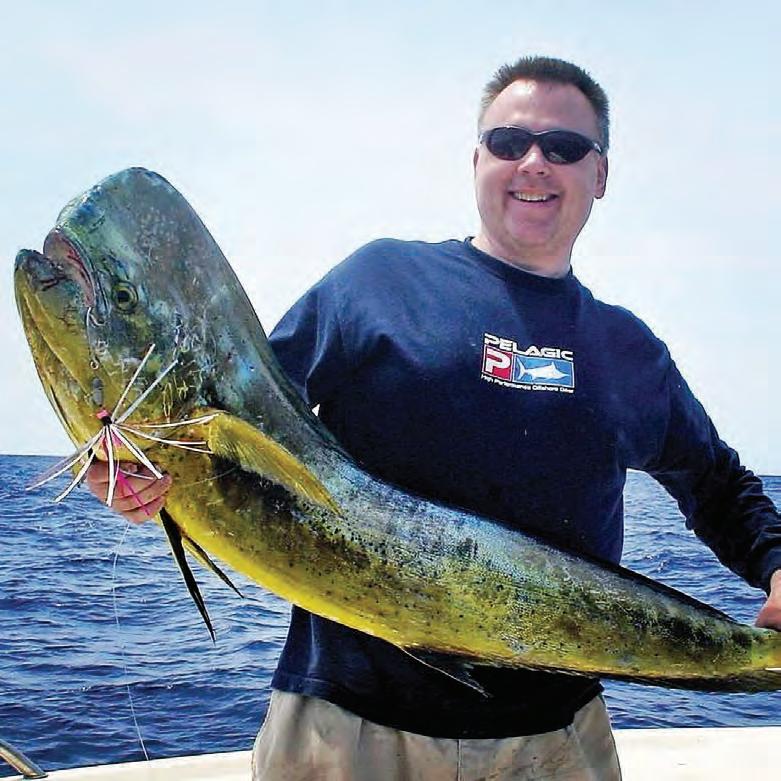
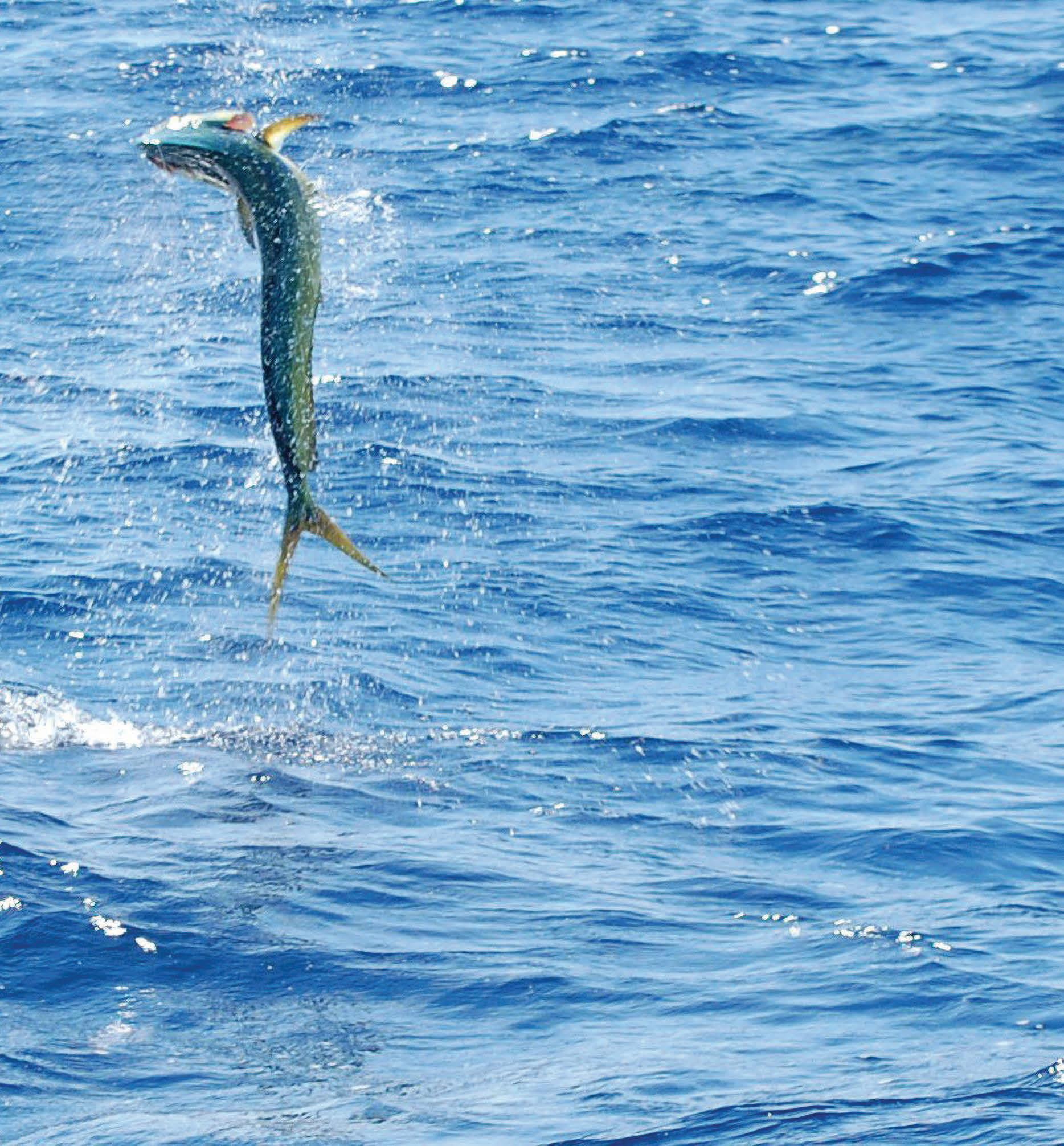
Anyone who’s spent some time offshore knows how to catch dolphin, right? It’s just a matter of trolling the currents in good clear blue water and looking for stuff floating on the surface. It really doesn’t matter what it is. Whether it is weeds, wood, a plastic bucket or a single coconut, anything could hold baitfish, which will in turn attract the mahi. And if there are flying fish or birds, particularly frigate birds moving up current, you know you’ve found fish. Now it’s just a matter of getting lines in the water.
But what if you’ve moved beyond catching schoolies one after the next and your ready to target bigger fish? The good news is it might not even require a move if you’ve already found the birds and bait. Bigger fish, your gaffers and slammers, don’t typically travel with the schools; they pair off, a bull and a cow, but they enjoy the same water and conditions as the schoolies. Chances are there are a few bigger fish hanging
By CAM Staff
below the school picking off whatever falls below the feeding frenzy.
That first dolphin you hook up always gets staked off the bow to keep the school nearby. This fish should be switched out to keep it fresh, but sometimes it doesn’t get the chance to get tired. Often a big bull will rise up and clobber the poor fish. This is evidence enough that the big fish you’re seeking are likely lurking under the fracas awaiting the opportunity for an easy meal.
The lesson here is to always keep a pitch bait ready to throw to these fish immediately when they show up around the edges of a school. A 20- to 30-pound spinning outfit rigged with fresh large ballyhoo or a whole 8-inch squid can be just the thing to make that big fish commit. You’ll want about a 5-foot, 40- to 60-pound
fluorocarbon leader to stand up to the abrasion, and finish it off with a 6/0 or 8/0 gold live-bait hook. It can be wise to keep a bait ready on a bucktail jig, as well. Sometimes a few ounces of lead is what’s needed to get the bait down to those bigger fish.
We’ve all heard the maxim, “big fish, big bait.” When you’re pulling baits along a weed line for big dolphin, it’s true. Trolling smaller baits will likely catch more fish, and it will catch some big fish, too, but larger fish are looking for something big and loud to get them excited. Running big teasers is a good way to make that noise, and big horse ballyhoo either naked or on big softheads are often the bait that seals the deal.
These techniques will ramp up your chances of boating big dolphin the next time you’re out seeking floating debris and fish. But regardless of the size fish you find, catching dolphin is a blast, and right now is a great time of year to do it.


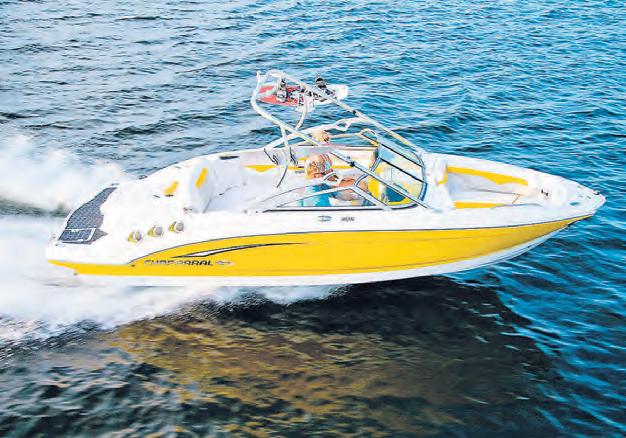
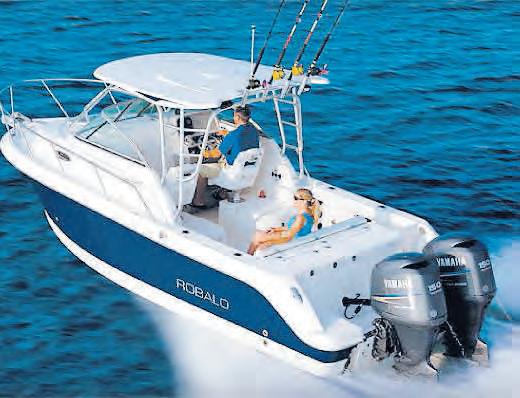
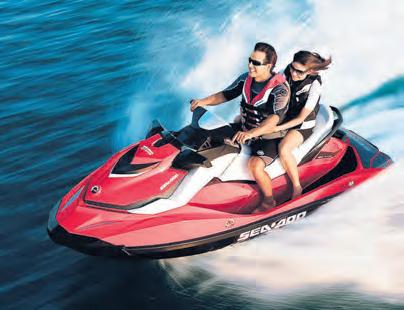

Apollo Beach
Apollo Beach Bait & Tackle
Land’s End Marina
West Marine
Belleair Bluffs
Belleair Bait & Tackle
Seaweed Steaks, Seafood & Sushi
Brandon
Dick’s Sporting Goods
Clearwater Airport
Blue Shark Bait Shop
Capt. Hooks Bait & Tackle
Comfort Inn & Suites
Dick’s Sporting Goods
Hooters Rest
Joe’s Crab Shack
Mac’s Sports Marine Max
N. Greenwood Library
Nature’s Patch
O’Keefe’s Tavern
Rumba Island Grill
Ward’s Seafood
Wawa
West Marine
Wet Line Bait & Tackle
Clearwater Beach
Bait House Tackle & Tavern
Clearwater Aquarium
Clearwater Beach Shops
Cooters Rest
Crabb’s Bar & Grill
Crabby’s Dockside
Crabby Bill’s Rest
Gulfview Motel
Hooters Rest
Island Way Grill
Island Way Marina
Jimmy’s Fish House
Parker Manor
Pier 60 Bait House
Pier House 60 Marina Hotel
Salty’s Island Bar
Shepard’s Beach Resort Walgreens
Wards Seafood
Dunedin
Angler 360 Bait
Barracuda Bob’s Surf & Sports
Best Western-Yacht Harbor Inn
Eddie’s Bar & Grill
Fish Stalkerz’s Bait House
Marker One Marina
Olde Bay Cafe & Fish Market
Gibsonton
Alafia Bait & Tackle
Hooked Up Bait & Tackle
Hernando County
Adv. Coast Visitor Center
Adv. Coast Visitor Bureau
Bayport Inn
Becky Jack’s Food Shack
Dixie Lee Bait & Tackle
Hernando Bait & Tackle
Hooters
The Lazy Lizard
Lokey Subaru
Mary’s Fish Camp
Norfleet Fish Camp
Precision Tackle
Stefan Citgo
Trader Bay Seafood
Valero Hernando Beach
Weeki Wachee Marina
West Marine
Holiday
Anclote Bait & Tackle
Anclote Village Marina
Anglers Depot
Sunray Marine
Tarpon Fishing Outfitters
West Marine
Hudson
Cooper’s Shrimp Shack
Fisherman’s Shack
Get Hooked Almost
Waterfront Rest
Inn On The Gulf Rest
Pelican Marine Center
Port Hudson Marina & Rest
Sam’s Beach Bar
Indian Rocks Beach
Crabby Bill’s
Harborside Resort Rentals
Holiday Inn-Harbourside
Indian Rocks Chamber
Indian Rocks Tackle
JD’s Restaurant & Lounge
Old Florida Cigar B & T
Indian Shores
Beach Connections
Belleview Condominiums
Salt Rock Grill
San Remo
Sand Castle One
The Pub
Largo Beach N Baits Chevron
Bett’s Fishing Center
Harbor Freight
L & S Bait Co/Mirro Lure
Largo Library
O’neill’s Marine
Possum Marine
Precision Marine
Sunray Marine Wawa
Madeira Beach Beach Hardware
Beach Place
Crabby’s on the Pass
Don’s Dock
Fisherman’s Ideal Supply House
Friendly Fisherman Rest
Hooters Rest
Hubbard’s Info Booth
Pick up a copy of Coastal Angler Magazine every month at these local businesses!
Madeira Beach
Municipal Marina
Nachman’s Fish & Smoke House
Nio Group Yacht Sales
Sandy Shores
Skyline Resort
Tampa Bay Beaches
Chamber Of Commerce
Westwind Tackle
New Port Richey Harbor Freight
Rusty Bucket Baithouse
Oldsmar
Oldsmar Library
Palm Harbor
Backyard Bait & Tackle
BC Kayaks & E-Bikes
Boat & Motor Superstore
Molly Goodhead’s Raw Bar Rest
Ozona Blue Grilling Co Rest
Ozona Pig Rest
Palm Harbor Library
Speckled Trout Marina
Sutherland Bayou Bait Shack
Thirsty Marlin Rest
Pinellas Park
Arrow Toppers
Bert’s Barracuda Harley Davidson
Bill Jackson Sporting Goods
Pinellas Park Library
Pro Marine Service Center
Quaker State Restaurant
Tackle Shack Water Sports
Port Richey
Bait Depot
Catches Waterfront Grille
Hooters Rest
J & J Provisions Bait & Tackle
Sunset Landing Marina
Whiskey River Sports Bar & Grill
Redington Shores 7/11
Angler’s Cove
Frog Pond Restaurant
Redington Shores Bait & Tackle
Ruskin
5 Boys B&T
Antiqua Cove Marina
Little Harbor Marina Store
On Site Marine/Auto
Ruskin Bait & Tackle
The Resort & Club At Little Harbor
Safety Harbor
Paradise Restaurant
Safety Harbor Library
Seminole
Dogfish Tackle
Seminole Library
South Pasadena
Captain K’s Bait & Tackle
St Pete Beach
Cory Ave. Publication Rack
Crabby Bill’s Rest
Dockside Seafood Restaurant
Frog Pond Restaurant Plaza Beach Hotel
Gulf To Bay Bait & Tackle
Guy Harvey Outpost Resort
Lenny’s Surf Shop
Merry Pier
Paradise Grill On The Beach
Postcard Inn On The Beach
Sea Critters Cafe
Sea Hags Bar & Grill
Shaner’s Land and Sea Sirata Beach Resort
Tampa Bay Beaches
Chamber Of Commerce
The Wharf Seafood Rest
St Petersburg
4 St Shrimp Store
4 St Tackle
American Discount
Marine Supply
Boaters Republic
Bonefish Rest
Canoe Country Outfitters
Central Marine
Crab Shack
Gulfport Municipal Marina
Harbor Freight
Harborage Marina At Bayboro
Hooters Rest
I C Sharks Seafood Market
Kahuna’s Bar & Grill
Mariners Cove Marina
Mastry’s Bait & Tackle
Mastry Engine
Mirror Lake Library
Mitch’s Bait & Tackle
Munchies
Northeast Marine
Pro Marine
St Pete Fishing Outfitters
St. Petersburg Library
St. Petersburg Marina
Stellar Marine
Suncoast Dive Center
Sweetwater Kayaks
Tatum’s Bait & Tackle
Thunder Marine
Ultimate Fishing Center
Vista Resort
Wawa
West Marine
Sun City
Ridgemore Library
Tampa Airport
Ballyhoo Grill
Bass Pro Shops
Bill’s Bait & Tackle
Boater’s Republic
Central Ave. Library
Cody’s Bait & Tackle
Ez Dock
Florida Firearms Academy
Gandy Bait & Tackle
Green Iguana Bar & Grill
Hula Bay Club Bar & Grill
Jan Platt Library
John Germany Library
Lee Fisher International
Legendary Marine Sales And Service
Maureen B Gauza Library
Minnows And Monsters Tackle
New Tampa Library
Peter Glenn Ski & Sports
Rick’s On The River Rest
Sailor Mike’s Bait & Tackle/All Pro Bait & Tackle
Sheaffer Marine
Signature Aviation
Southeastern Fishing Liquidators
Spearfishing Solutions
T A Mahoney Co Marine
Tampa Bay Battery
Tampa Bay Boat Co
Tampa Fishing Outfitters
Tampa Harbor Yacht Club
Town and Country Library
Wawa
West Marine
Whiskey Joe’s Rest
Tarpon Springs
Ballyhoo Grill
Bayou Café
Bayou Tours
Capt Jack’s Waterfront Grill
Dolphin Deep Sea Fishing
Pelican Pt Seafood
Rusty Bellies Waterfront Rest
Sigma Marine Supply
Tarpon Trading Co
Bait Bucket & Tackle
Raider Marine
Silver King Brewery
Sponge Docks Modular
West Marine
Tierra Verde Bait Bucket
Gator Jim’s
Island Grille & Raw Bar
O’Neil’s Marina
Tierra Verde Marina
Treasure Island
Caddy’s On The Beach
Captain Bill’s
Crabby Bill’s
Johnny’s Bait & Tackle
Marlin’s Dockside Marine
R&R Bar & Grill
Residence Inn
Sloppy Joe’s Rest
Treasure Bay Hotel & Marina
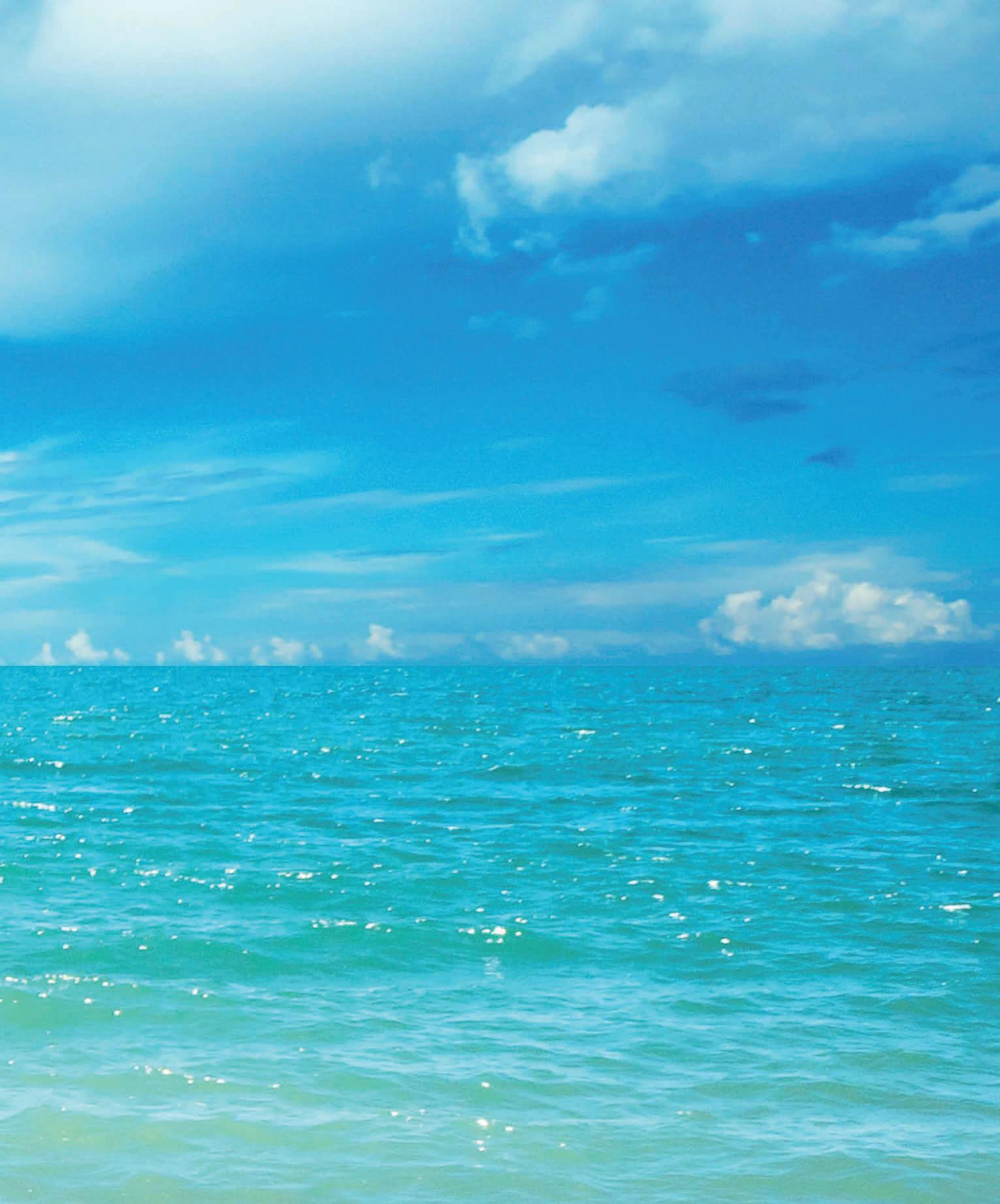
Florida Cracker Kitchen
Glen lake Country Club
Hubbard’s Marina
Ted Peters Famous Smoked Fish
Seafood Rest
Dick’s Sporting Goods
Wesley Chapel
Dick’s Sporting Goods

BY: CLAYBURN REED
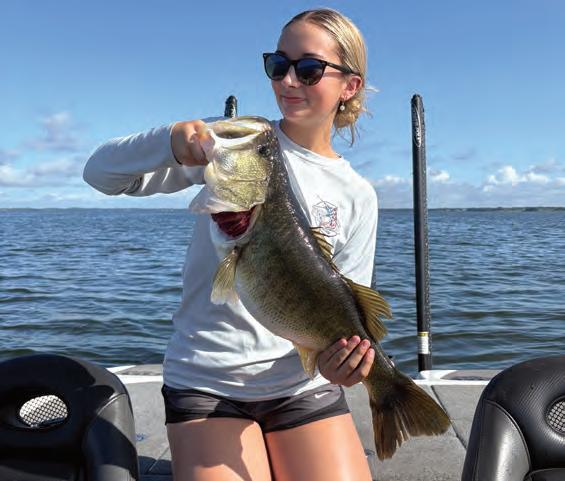
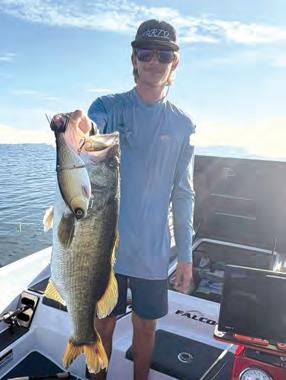
In August, bass fishing can get a little tougher, as surface water temperatures often hover above 80°F and sometimes exceed 85°F. These hot waters force largemouth bass into cooler, oxygen rich zones--typically deeper or shaded. This time of year, look for depths to be around 10 to 20 feet of water near brush piles, submerged timber, shell beds, channel ledges and spring-fed zones, depending on your fishery.
Some of the top baits to use this time of year are deep diving crankbaits and Carolina rigs, targeting drop-offs and sunken structure. I also recommend Texas-rigged worms (10 to 12-inch big worms) fished slowly in deep water. Use heavy spoons or spinnerbaits around cover and edgestructure. Topwater baits, such as buzzbaits and frogs work best around sunrise and sunset--particularly near schooling flats. Lipless crankbaits and chatterbaits work well for covering offshore structure quickly.
My tips for this time of year: slow everything down, August bass are lethargic; keep presentations slow and precise; use electronics to locate brush piles, drop-offs and thermoclines; stay stealthy; and match lure color to cover and water clarity (dark-darks in shade and natural tones offshore).
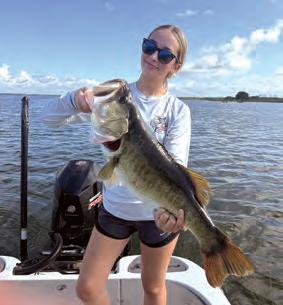
August in Florida means targeting bass in deep, cool water or ow-light cover zones with slow, heavy presentations and timing. Pack deep-divers, Texas worms, heavy spoons and topwater lures, and you’ll stay on the bite--even in the heat. Good luck this month!


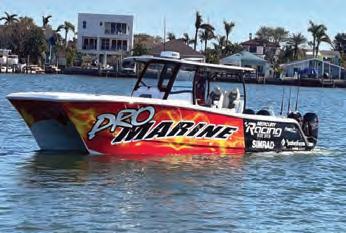
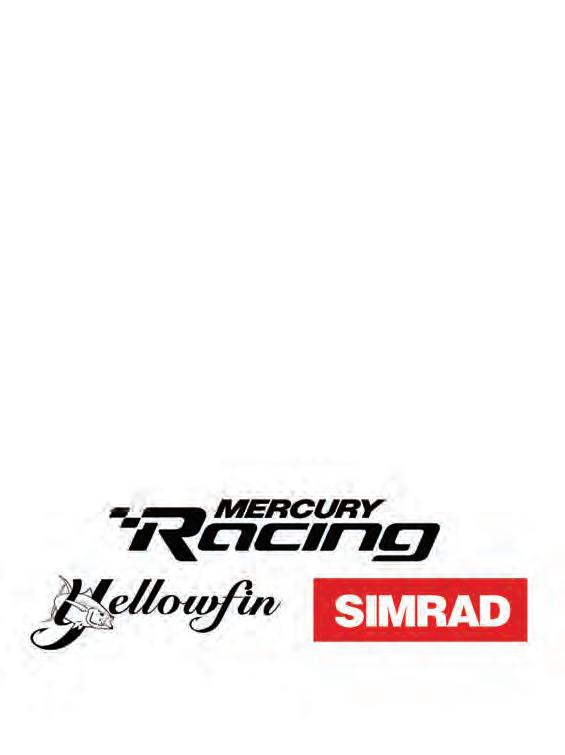
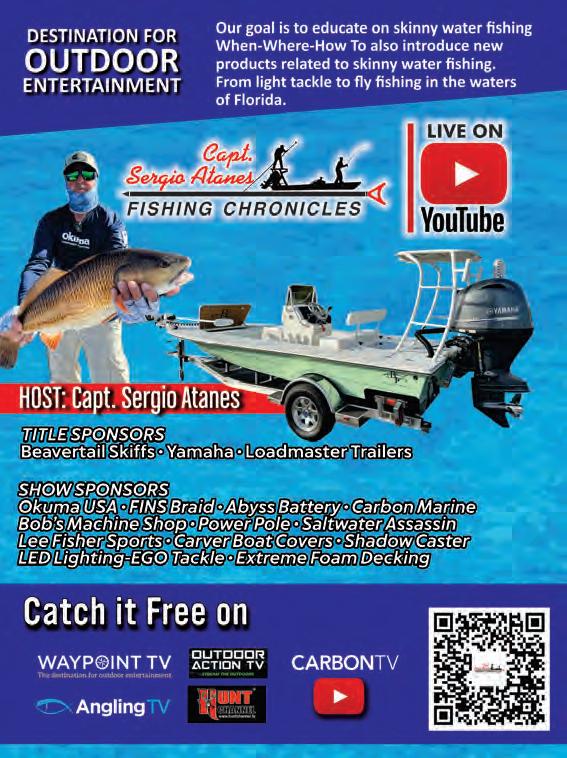
BY: CAPT. BILL RUTHERFORD
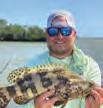
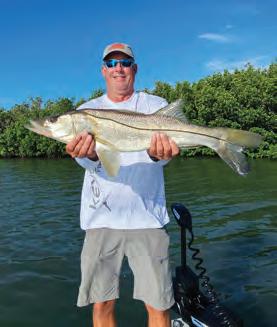

Scallop season is in full swing right now, and thousands of boats are making the grass flats look like LA traffic. If you are one of them, the Anclote Key Lighthouse is the southern boundary, and they typically hang out from there up to the Cotee River. But, if you are like me and would rather fish, you may want to avoid that entire area from mid-morning to sunset. Luckily, the sandbars are way less populated during the season, which allows you to chase after the newly lonely snook that hang out there! I like to fish the west side of the sandbar on the outgoing and the east side on the incoming tide. Drifting pilchards across the beach is eat way to catch snook, but you will likely find other critters like houndfish, out, ladyfish and jacks in that same area.
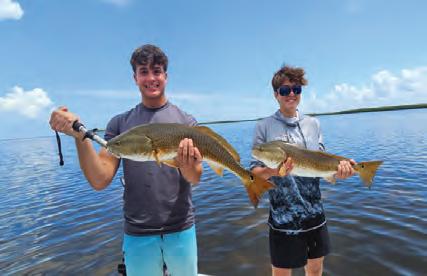
Early mornings are going to be your friend in Pasco during scallop season, and the evening may be your best friend. Some of the best redfishing you will do all summer will be during this time when the fish haven’t been pressured as much. Cut bait is going to be the key! It is common for our flats to reach the low 90’s in temp, and the fish get lethargic and aren’t trying to chase their meal around. Making it easy for them, makes it more productive for you.
This is a very busy but fantastic month to live in or visit the Pasco County waters. Whether you want to catch trophies or snorkel for dinner, be safe out there and please be courteous to your fellow divers and fisherman! There is plenty of water for all of us!

— Captain Bill is a Florida native who grew up fishing the Gulf Coast. Being a proud Army Vet himself, he founded a charity called VetCatch that takes disabled veterans on cost free fishing trips in the Tampa Bay area. He guides out of New Port Richey fishing a Bulls Bay tower boat as well as the custom 25foot VetCatch pontoon if needed for elderly/disabled fisherman.
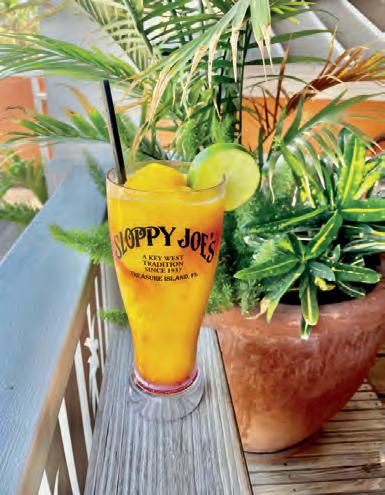

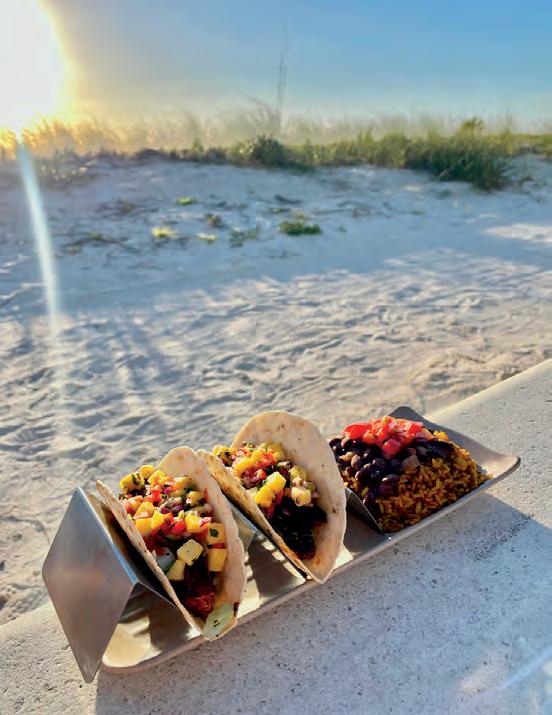


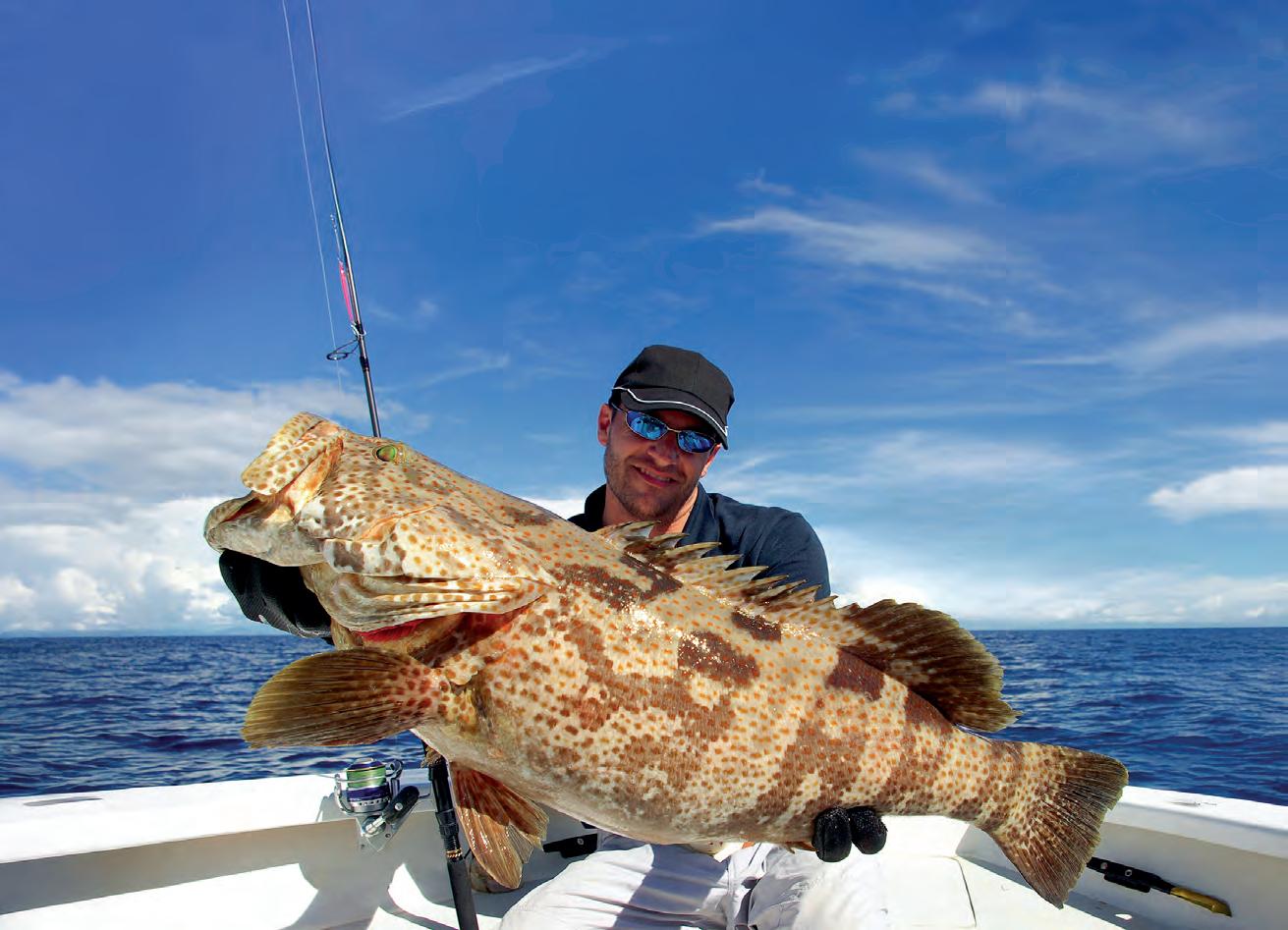
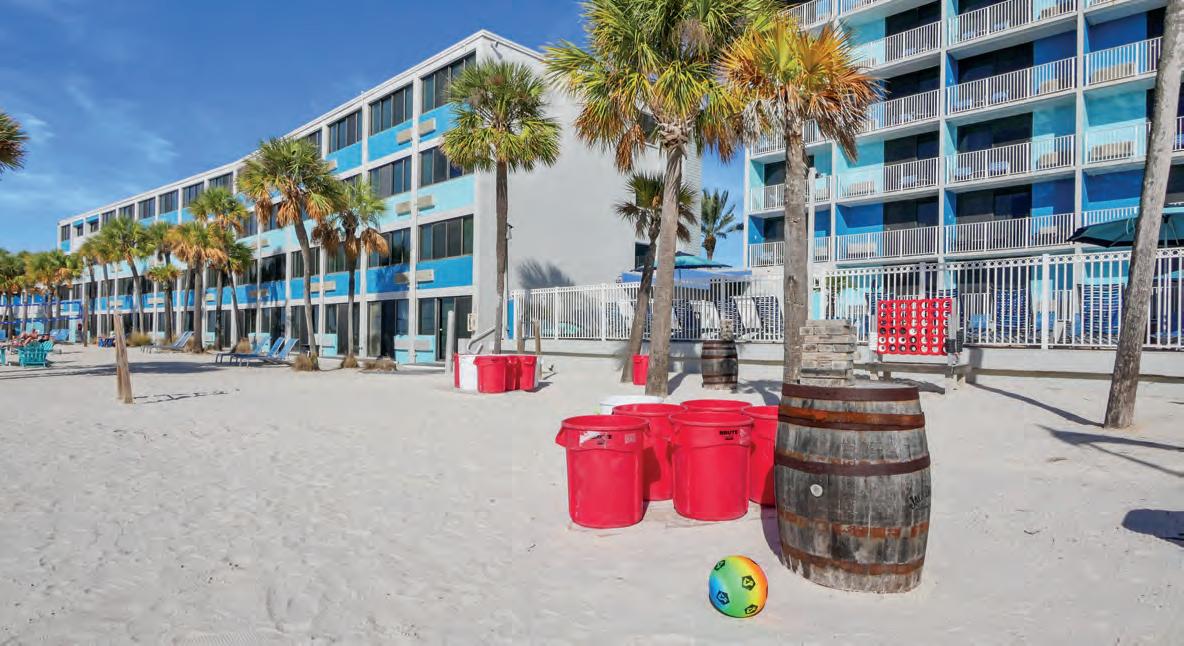




Salt Strong is more than a fishing club; it is a movement to unite, inspire, and empower anglers nationally. Salt Strong Chapters are located from Texas to Florida to the Carolinas and offer the opportunity to Meet Local Anglers, Learn from Informative Speakers, Participate in Conservation Activities, and Win Awesome Giveaways. Go to SaltStrong.com to stay up to date and to learn more. By: Darlene Shuman, PE, President of Salt Strong Alliance
By Joe Simonds and Wader Dave | Salt Strong Alliance
If there’s one thing Wader Dave knows, it’s how to stay safe (and catch big fish) while wade fishing. A longtime Salt Strong Insider favorite, Dave has guided hundreds of anglers on foot—and along the way, he’s seen a lot of preventable mistakes. In our latest conversation, we unpacked the most common beginner blunders and the smart moves that keep you fishing longer, safer, and more successfully.
1. Don't Wade Alone (If You Can Help It)
It’s easy to romanticize a solo wade under sunrise skies—but if you're in unfamiliar or remote waters, going it alone can be risky. Hidden dropoffs, soft mud, oyster beds, or encounters with stingrays and sharks are real concerns. If you must go solo, at least let someone know your “wade plan,” just like you’d file a float plan. Include where you're fishing, when you expect to return, and when they should start worrying.
2. Your Phone Is a Lifeline
Keep your smartphone with you in a waterproof pouch. It's not just for pictures—GPS helps you orient to cuts, mangrove tunnels, and tidal drains, and if things go south, you can call for help. Bonus: Use mapping tools like Salt Strong’s Smart Fishing Spots to find new access points and mark honey holes.
3. First Aid: Cuts, Hooks, and Infections—Oh My!
You’re walking through oyster beds and muddy, bacteria-laden waters. Keep a first-aid kit in your car and know how to clean cuts properly. And for heaven’s sake—learn how to remove a hook! It’s a rite of passage for every angler, and YouTube is your friend.
4. Ditch the Treble Hooks
Single hooks save fish and fingers. Trebles are notorious for finding ears, cheeks, and hands—especially when you're landing a topwater thrashing trout. Switch out for single in-line hooks and save yourself the ER trip.
5. Yes, You Should Wear a PFD
Especially if you don’t swim well, fish alone, or wade deep. A slim manual inflatable PFD won’t get in your way and could save your life. Just don’t wear an automatic one unless you like surprises—those can self-deploy just from being in the water.
6. Avoid the “Out Too Far” Trap
It’s not a one-way hike! Many anglers overextend when chasing a bite and forget they have to trek back. Add a rising tide or pop-up thunderstorm, and that “one more cast” spot can turn dangerous fast.
7. Respect the Weather and Tides
Thunderstorms in Florida roll in fast. Lightning is no joke—and yes, Dave has been struck before (ask him, he’ll tell you). If the sky’s getting sketchy, get off the water. Also, understand tide cycles. Wade out at low tide, and you could find yourself swimming back if you misjudge the return window.
8. Hydration & Layers Matter
Bring water—frozen bottles in your bag work great. In the winter, wear waders when water temps drop below 70°F. Cold joints, hypothermia, and infection are real risks. In warmer months, long sleeves and lightweight pants protect against UV rays, jellyfish stings, oyster scrapes, and bacteria.
9. Wear the Right Gear
Polarized sunglasses don’t just help you see fish—they're safety goggles. A lure to the face is no joke. Long pants, sun buffs, gloves, and a wading belt
(especially with waders) all help you fish smarter and longer.
10. Reconsider That Stringer
Dragging a bloody stringer behind you = shark dinner bell. If you must keep fish, opt for a mesh fish bag with a magnetic closure. Better for you, better for the fish, and safer all around.
Bonus: Dave’s Two Cardinal Sins of Wade Fishing
1. Staying in One Spot Too Long
Fish aren’t biting? Don’t plant like a lawn chair. Keep moving. Dave walks miles every trip, casting as he goes until he finds life—then slows down to work the area.
2. Wading Too Far, Then Casting Farther
You’re not a sniper. Most fish are in the transition zones—edges, troughs, cuts, and shoreline breaks—right behind where you're standing. Wade shallow, cast parallel, and fish those structure-rich lanes.
Smart Spot Hunting Tips
The best wading spots check a few boxes:
• Mangrove or rocky shorelines with adjacent grass flats
• “Camo bottom” mix of sand and grass
• Outside sandbars with cuts or drains
• Good tidal flow and firm bottom
• Easy public access (Salt Strong’s Smart Fishing Spots has layers for that!) And remember, finding spots is half the fun. “I’ve got hundreds of waypoints, and I’m still scouting every week,” says Dave.
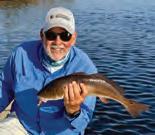
Want to Wade with Dave?
Book a trip or just pick his brain in the Salt Strong Insider Community.
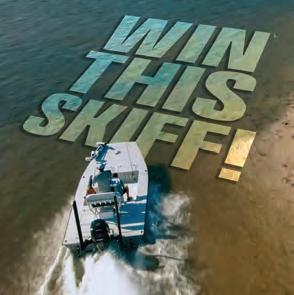

Only 3,000 tickets will be sold — your odds have never been better!
The future of Florida fishing starts with clean water — and you can help protect it with just one raffle ticket! Want to win the ultimate shallow-water skiff AND protect our Coastal Corridors?
Here’s your chance — and now it’s BOGO: Buy One Ticket, Get One FREE — double your chances to win, double your impact.
This isn’t just about winning a dream boat (valued at over $90,000 MSRP) — it’s about taking action.
As anglers, we’re the first to notice when the bite slows down or the flats go quiet. Now we’re the ones stepping up to restore our waters and rebuild the fishery.
Enter now at: SaltStrongAlliance.com or MicroDraftSkiffs.com
Let’s protect what we love — and maybe win the skiff of your dreams while you’re at it.

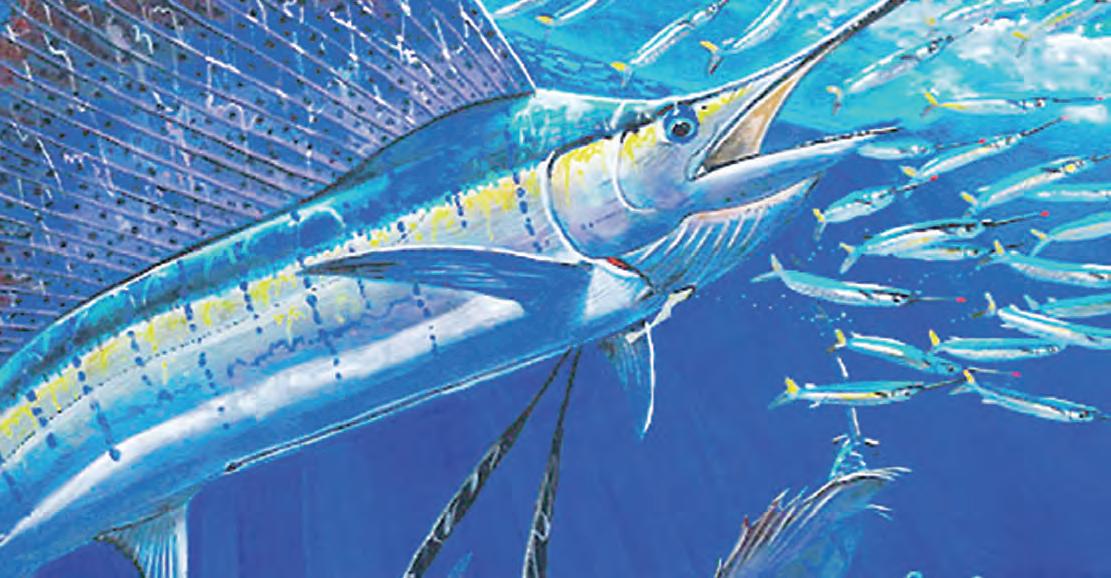
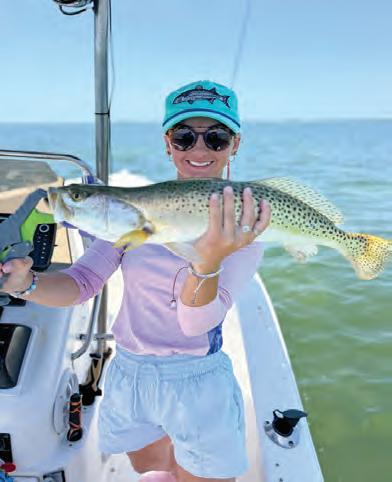
Nacaida Kearns told us she and her boyfriend both caught their personal best spotted sea trouts in the same spot—on the same day—and they both measured 23 inches! Here’s hers...
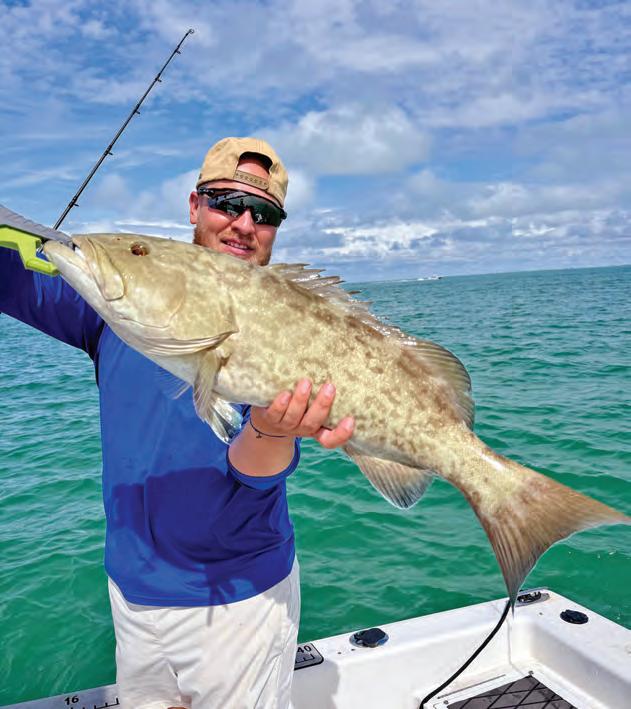

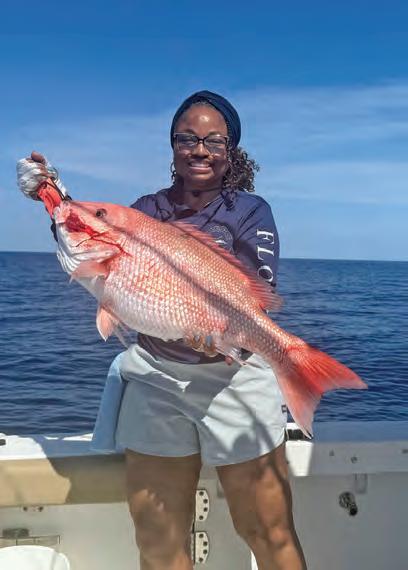
Torrea Cross caught this beautiful 32-inch 20 lb. red snapper on squid in 170 foot of water during opening day of the 2025 Gulf season!
Ronnie Griffin nabbed his persoanl best 28-inch gag grouper on pinfish while targeting tarpon in Egmont.
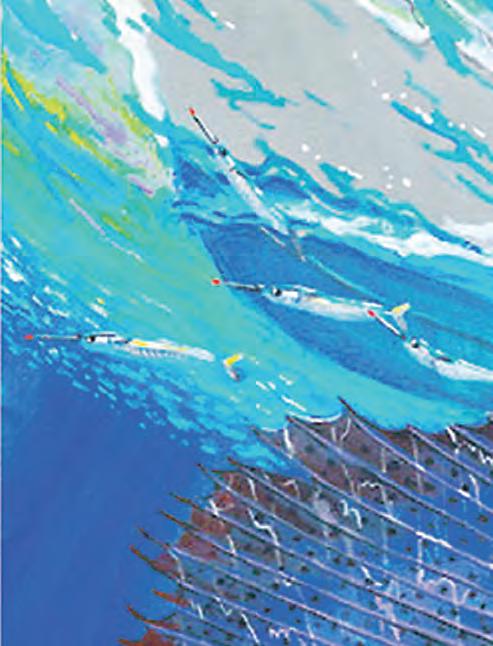
Five-year-old ”Dock Master“ Calvin caught this 19-inch gag grouper dock fishing in St. Pete.
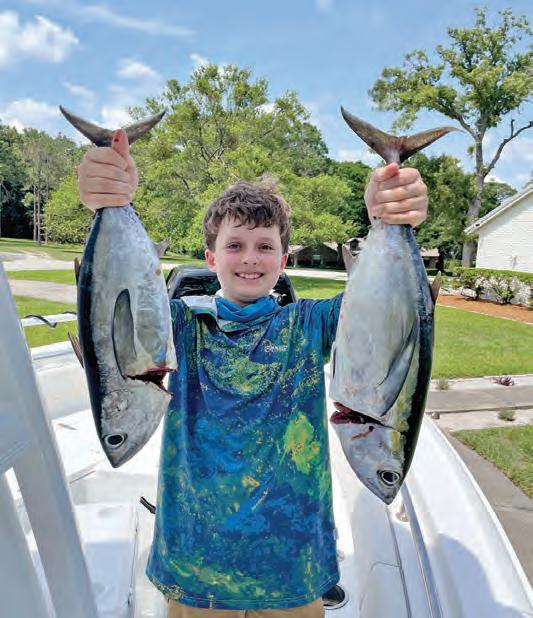
This junior angler landed almost identical 20-inch 5 lb. blackfin tuna trolling an R&R feather and Sea Witch squid combo on a Penn Battle 6000 combo.
For your chance to get featured on the Brag Board, upload your high-quality photos (at least 1MB) with all of the catch details at: www.coastalanglermag.com




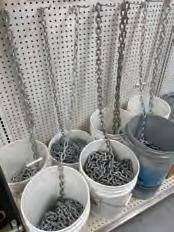
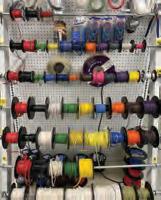
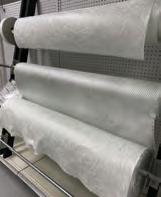
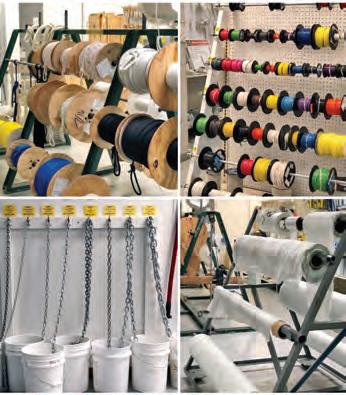
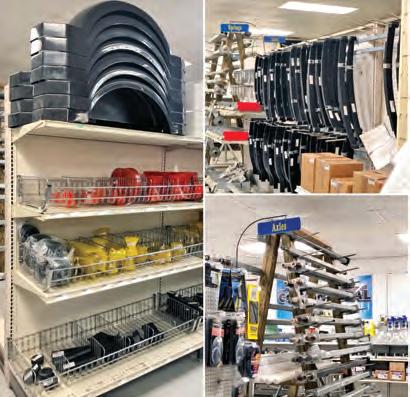




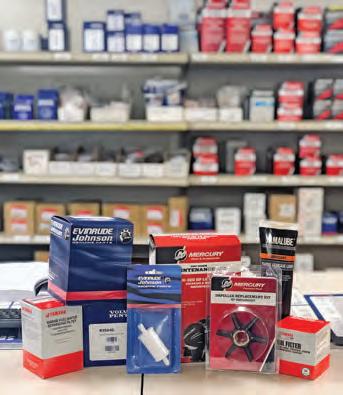
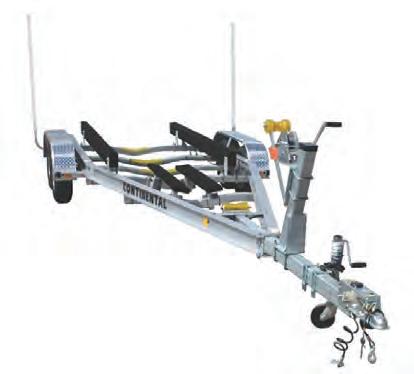







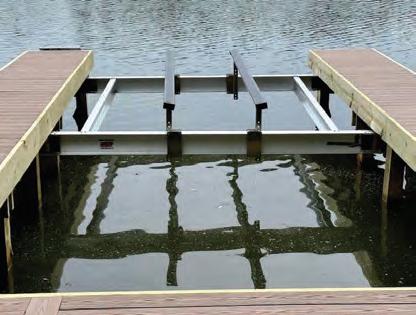

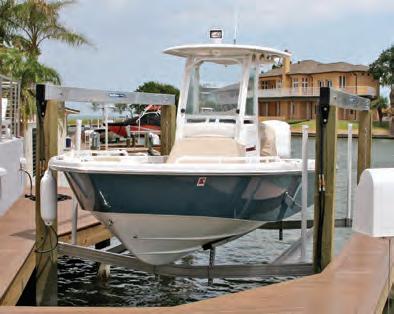

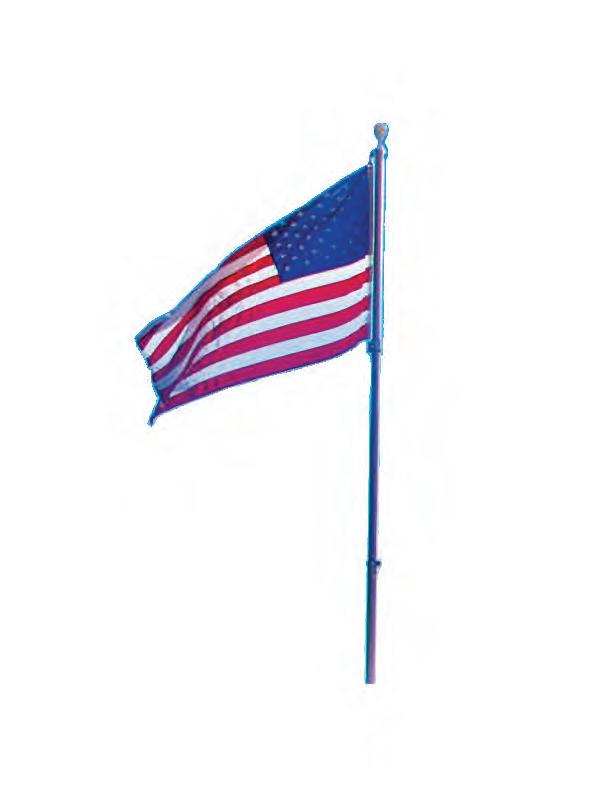
ShoreStation hydraulic boat lifts are a reliable choice for coastal residents and boating enthusiasts alike. Their strong construction, made with corrosion-resistant materials, allows them to withstand harsh environmental conditions, including sun, storms, and saltwater damage. ShoreStation provides a steadfast solution for protecting waterfront investments, o ering peace of mind to owners in the Sunshine State.
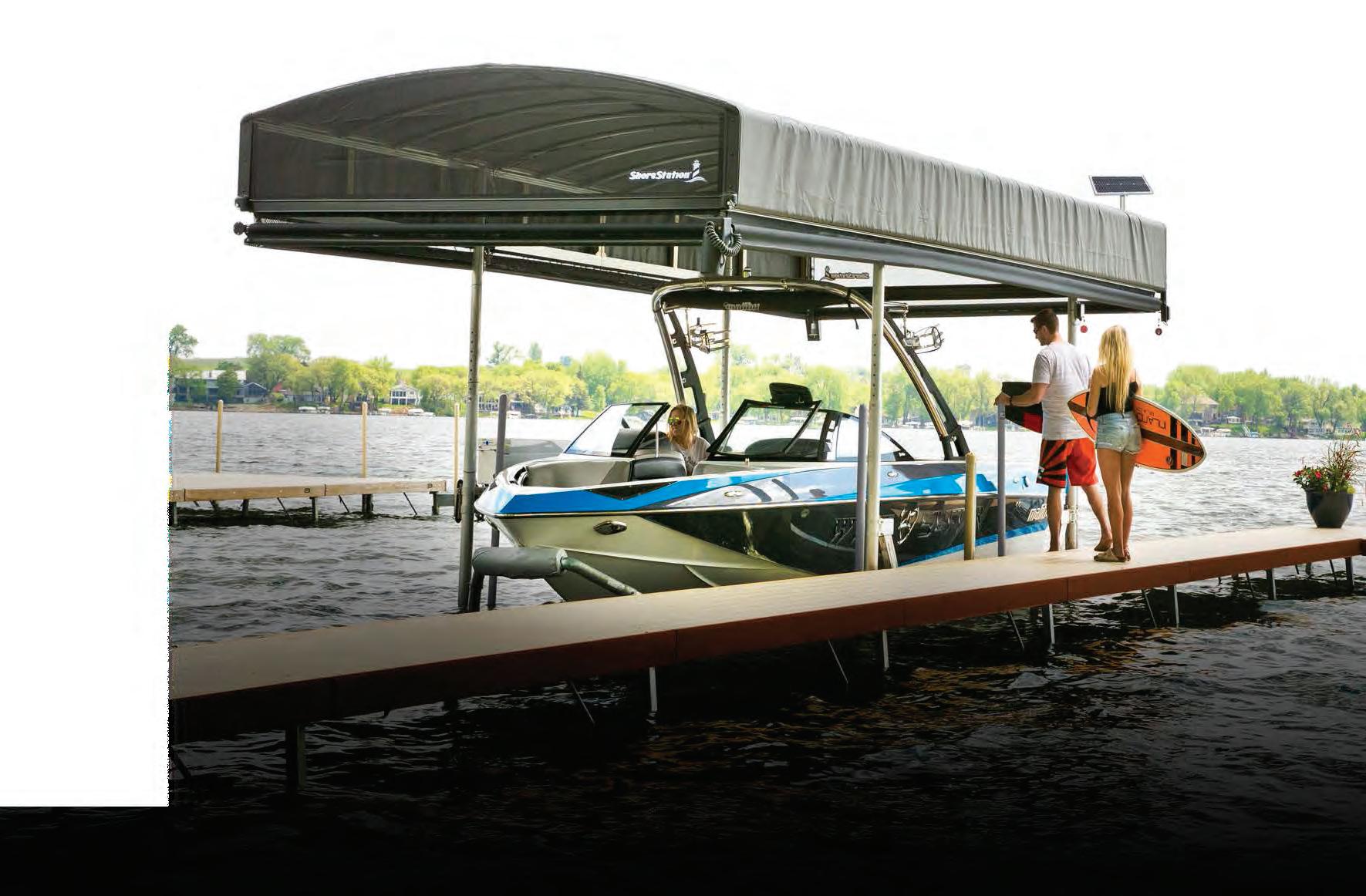

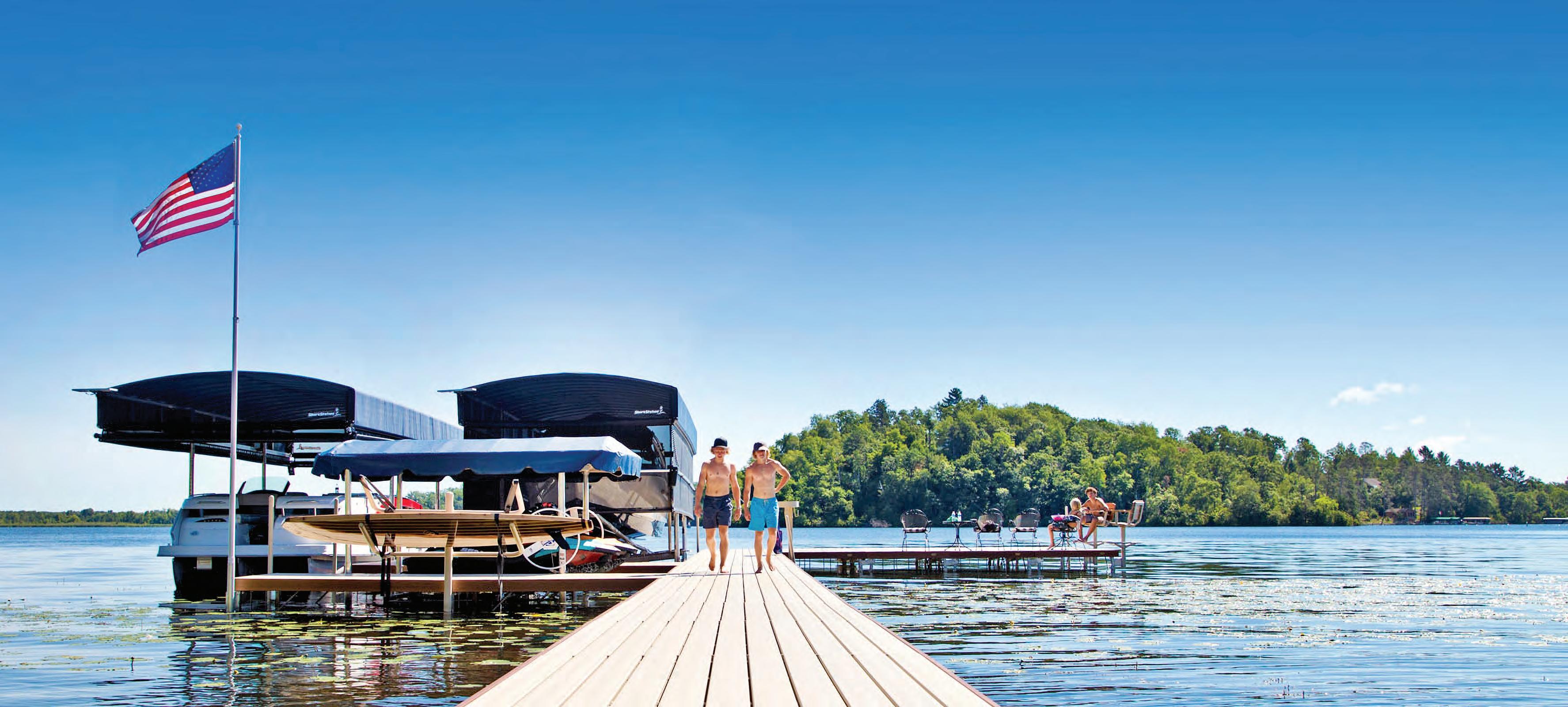


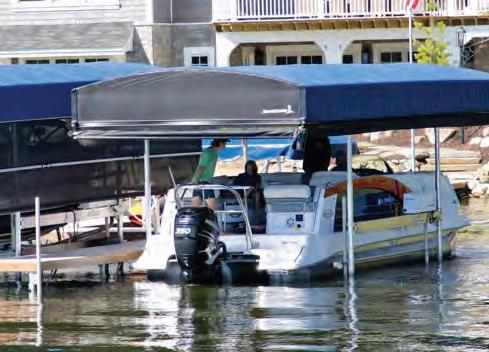
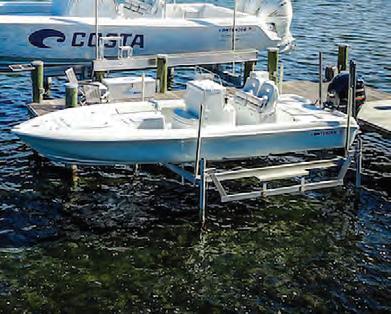
Equipped with exceptional weather resistant fabric and breathable SunTex 80 woven mesh ends for maximum protection and durability,

Made from the highest quality materials, our innovative hydraulic boat lift is one of the fastest and safest lifts on the market today. When you have a hydraulic lift, there’s no need to worry about wind and waves getting in your way. This lift will give you con dence to safely land and secure your boat in less-than-ideal conditions.
Never miss another moment on the water. Power your lift with clean, free solar power. Our speedy 20 watt charger features solar regulator drainage protection, saving your battery from permanent damage caused by overcharging.



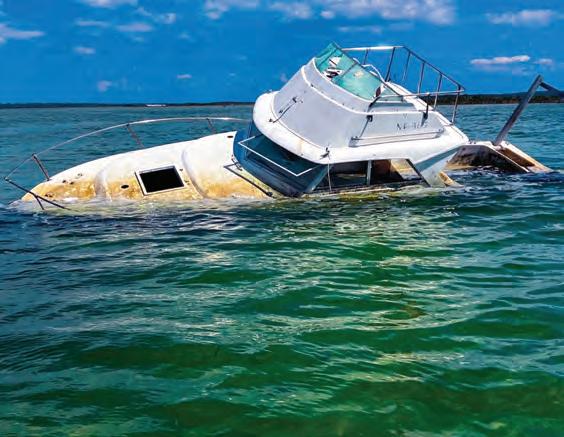
The Florida Fish and Wildlife Conservation Commission (FWC) is preparing to implement a new law aimed at strengthening vessel accountability and enhancing protections for Florida’s waterways. Senate Bill 164, signed into law by Governor Ron DeSantis on June 19, went into e ect on July 1, 2025. is legislation is designed to help reduce the number of at-risk and derelict vessels across the state and improve enforcement tools for FWC o!cers and partner agencies. Key provisions of the new law include:
• Clari ed Ownership Standards: e de nition of “vessel owner” is clari ed, and a valid vessel title will now serve as prima facie (presumed) evidence of ownership.
• Stronger Requirements for At-Risk Vessels: Vessel owners must now complete an E ective Means of Propulsion (EMP) evaluation upon request by law enforcement. If an o!cer has reason to believe the vessel lacks an e ective means of propulsion and the owner is present, the evaluation must be conducted immediately or within 48 hours if noti ed otherwise.
• Public Nuisance Vessel Designation: A vessel may now be declared a public nuisance — subject to removal like a derelict vessel — if the owner

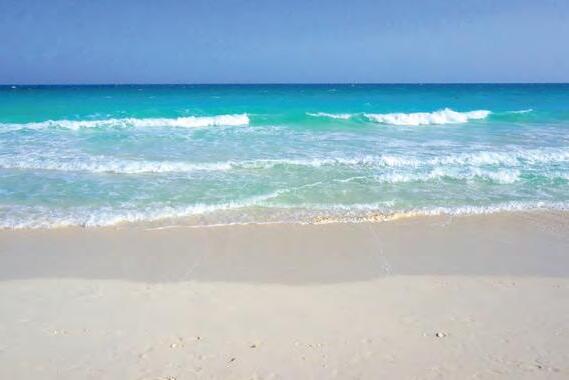


receives three citations related to any at-risk conditions within a 24-month period, including unpaid citations or failures to appear in court.
• Expanded Noncriminal Infractions: Violations such as expired registration and long-term anchoring may now be addressed through mailed noncriminal citations from law enforcement.
• More Flexible Use of Removal Funds: Derelict Vessel removal funding may now be used not only for removing DVs but also for preventive removals under the Vessel Turn-In Program and for public nuisance vessels.
• Harsher Penalties for Repeat DV O enders: First o ense - First-degree misdemeanor; Second o ense - ird-degree felony; ird o ense - Seconddegree felony.
• No Liveaboard on Derelict Vessels: It is now a rst-degree misdemeanor to live aboard a vessel that has been declared derelict by the court or the owner has not requested an administrative hearing.
“We have seen increasing success in our e orts to combat the ongoing derelict vessel problem in Florida’s waters,” said Capt. Travis Franklin, leader of the FWC Derelict Vessel Removal and Prevention Program. “ is new legislation enhances our e orts to not only remove derelict vessels but also prevent at-risk vessels from becoming derelict.”
Derelict vessels remain a priority for the FWC, and the multi-year initiative to reduce the number of derelict vessels on Florida’s waterways is ongoing. ese vessels pose serious risks to seagrass beds, marine life, navigation, public safety and property. e Boating and Waterways Section is leading this statewide e ort in partnership with local governments and law enforcement.
Leaving a vessel in a derelict condition is a crime. Derelict vessels, including those that are sinking, grounded, stripped or lacking vital systems, threaten both people and Florida’s natural resources.
FWC has removed nearly 200 vessels through the Vessel Turn-In Program and is actively taking applications from at-risk vessel owners. Vessel owners can call VTIP specialists at the FWC for more information on the program at 850-488-5600 or visit the VTIP website at MyFWC.com/boating and click on “Vessel Turn-In Program” on the second slider at the top of the page.
For more information on derelict or vessels at risk of becoming derelict, visit MyFWC.com/Boating and select “Waterway Management” followed by “Derelict Vessel Removal Program.”
Florida Fish and Wildlife
Conservation Commission (FWC)
O!cer Wil Raker certi ed a new state record spotted bass, caught by angler Joe Durden from Blountstown.
e sh weighed 3.93 pounds and measured 18.25 inches in length.


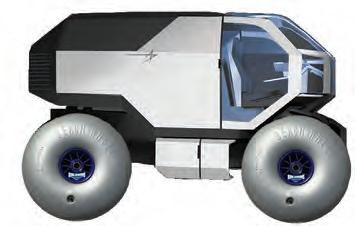


Durden was excited to catch his spotted bass on the Apalachicola River during the Fi h Annual Liberty County Bulldog Booster Bass Tournament out of Bristol Landing.
“I knew right away this was potentially a state record,” said Durden. “ is was the biggest spotted bass I had ever seen on the river.”
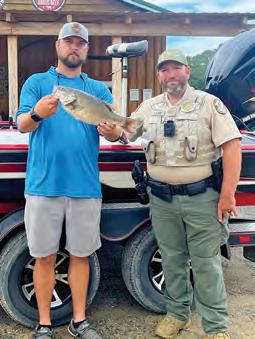
Durden, an avid bass tournament sherman, caught his spotted bass on a crankbait while using LiveScope technology. A er landing the sh, an FWC freshwater sheries biologist met with Durden to discuss his catch and verify it was a spotted bass.
“Catching a state record sh is a tremendous accomplishment for any angler,” said Andy Strickland, sheries biologist with FWC’s Fish and Wildlife Research Institute. “Particularly a record that’s held the test of time for 40 years.”
e previous spotted bass state record was 3.75 pounds, caught by angler Dow Gilmore on June 24, 1985, on the Apalachicola River.
Anglers can check state records by visiting MyFWC.com/Freshwater and clicking on “State Record Fish.”
It’s no fsh tale when you run with a John Deere. You can get everything done faster and easier, so you get more time on the water. Plus, our special offers make them the catch of the day.



The boating industry is jumping onboard with Dometic’s revolutionary DG3 Gyrostabilizer, due to its groundbreaking spin-up and spin-down times, energy e%ciency and superior performance in all types of sea conditions. is solution has literally taken vessel stabilization to a “Whole New Level,” capturing the attention of boaters and boat builders around the world. e !rst in a planned line of advanced stabilization solutions by Dometic, the new DG3 is targeted at the 35- to 41-foot !shing boat market.
Soon a er Dometic won the 2025 NMMA Innovation Award at the Miami International Boat Show for the DG3, leading American boat builder Regulator Marine announced that its new-for-2025 Regulator 35 Center Console would be o ered with Dometic’s DG3. “We are honored to have a respected builder like Regulator come onboard,” said Dometic Marine Segment President Eric Fetchko. “ eir latest center console agship is an ideal match for our system in terms of size, hull performance, overall quality and a wide range of premium features and technology. It’s also a wonderful platform to showcase our advanced capabilities, including energy e%ciency that enables o shore use without the need for an onboard generator,” added Fetchko.
e DG3 reduces spin-up time by more than 65%, reaching full readiness in just 16 minutes, compared to the typical 50 minutes required by current systems in the market. is means you’ll
get out on the water and out to distant !shing grounds faster. e system’s downtime is equally impressive, fully lowering in just 20 minutes, a signi!cant improvement over the eight or more hours (15X faster) required by current systems.
Dometic also pioneered innovations in energy storage and recapture, enabling the battery to recharge e%ciently. DG3 uses Dometic’s proprietary, industry-proven Inverted Roller Screw technology for true dynamic control and signi!cantly improved roll reduction performance over a wide range of sea sates. In addition, the push-pull motion of Dometic’s all-electric procession actuator is used to create power that contributes to running the system. During spin down, Dometic’s regenerative braking technology recharges the system’s dedicated 48V Lithium-Ion spin-up battery for the next use. Overall, the DG3 reduces power consumption by an impressive 40% compared to other gyros on the market.
DG3’s Inverted Planetary Roller Screw technology and proprietary all-electric procession actuator provide dynamic control of the gyro hemisphere for instant response to vessel movement and superior comfort over a full range of sea states. is allows DG3 to react faster to heavy wave motions, while also smoothing the ride in small and long period waves, where current gyros are less e ective.
Durability and reduced maintenance were also key goals for Dometic engineers. Dometic’s


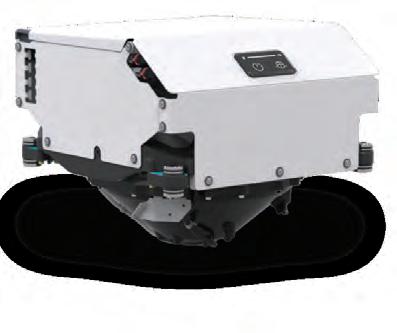
durability, minimizes required service, and reduces total cost of ownership. Featuring a slower-spinning ywheel, larger, more robust bearings, patentpending inner race cooling, parallel path cooling, and a titanium heat exchanger, the DG3 is designed to stay cool and operate reliably for the long run.
Dometic designed the DG3 as an easy “dropin” replacement for other comparably sized systems available in the market today. e DG3 !ts within the same footprint and clearance speci!cations and features reversible mounting feet to address common challenges encountered by installers. To meet the needs of today’s boating market, Dometic’s DG3 is compatible with 12-, 24- and 48volt house battery systems.
To learn more about how Dometic’s DG3 can take your o shore shing adventure to a whole new level, visit www.dometic.com.





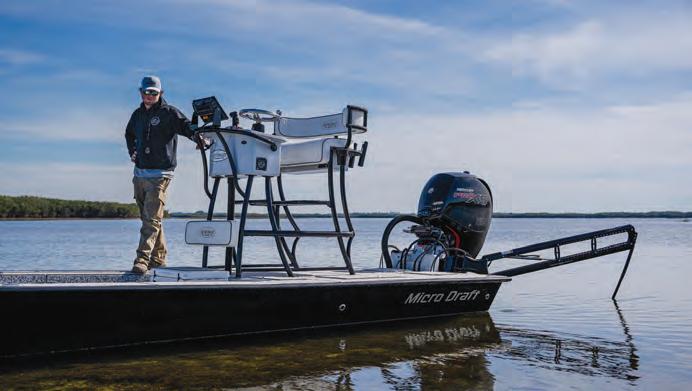



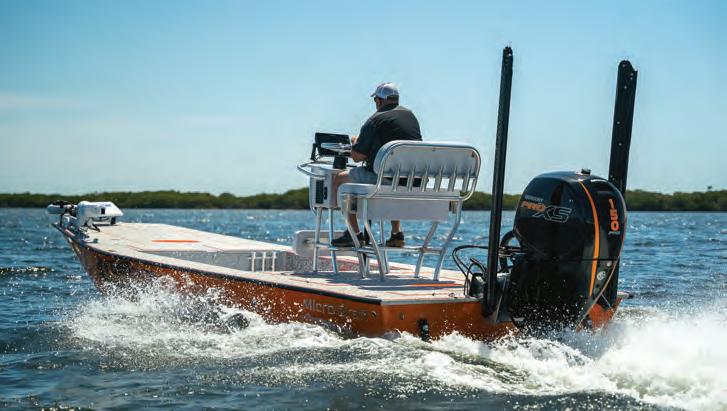
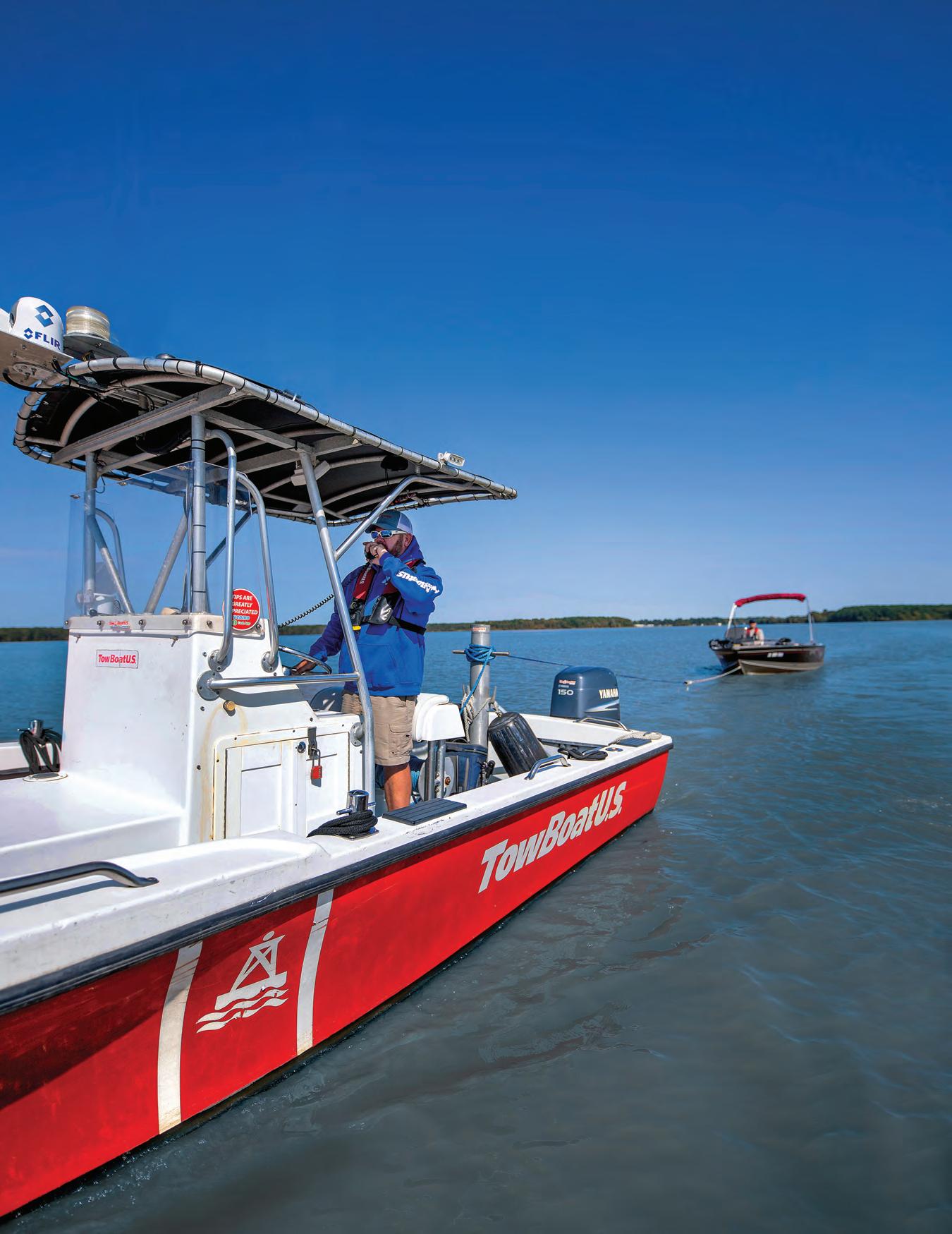



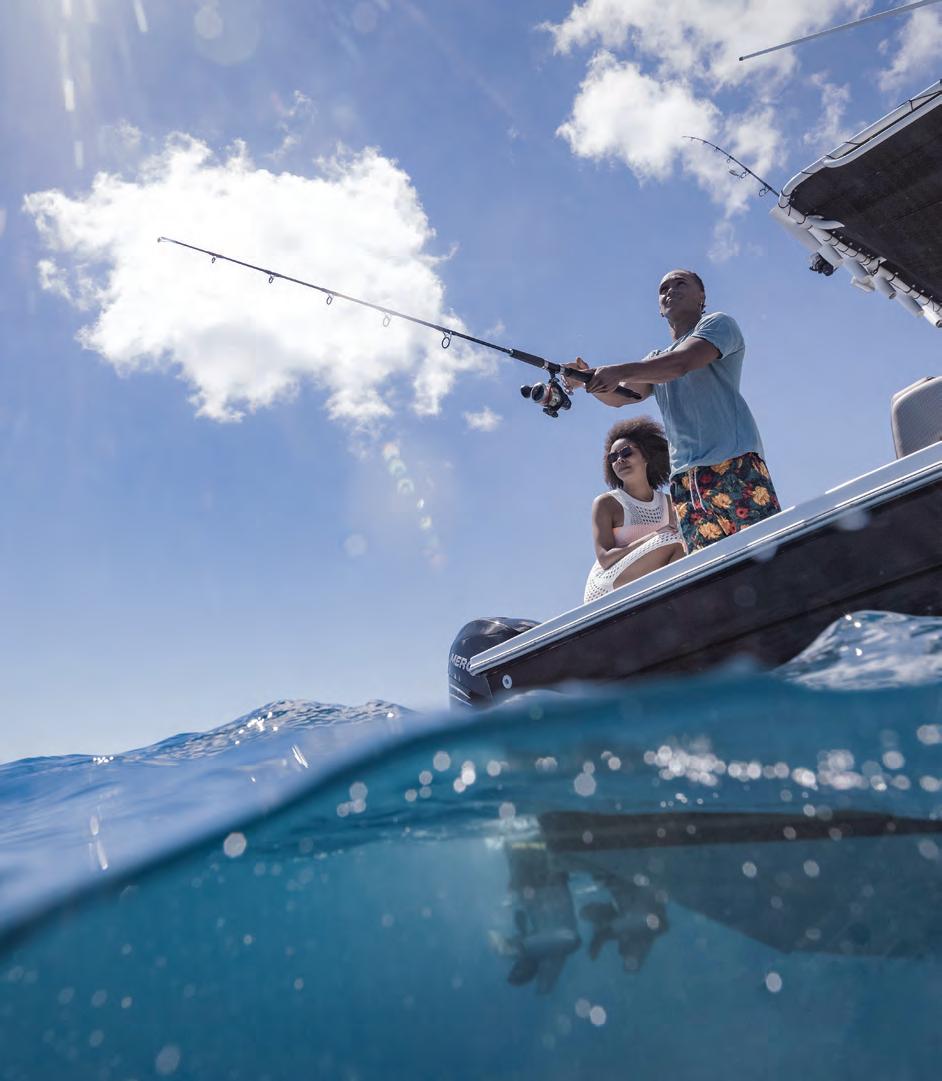
Nestled in the heart of the Caribbean, the US Virgin Islands embody a harmonious blend of natural beauty, cultural vibrancy, and laid-back serenity. ese islands are more than just a picturesque getaway; they are a living testament to nature’s rhythm and resilience, e ortlessly in tune with the world around them.
With no passport required for U.S. citizens, from the moment you arrive, the islands’ natural rhythm is palpable. e gentle sway of palm trees, the soothing sound of surf crashing against sandy shores, and the vibrant melodies of local music all echo the heartbeat of this tropical paradise. e islands’ lush landscapes, with their verdant hills and crystal-clear waters, mirror the steady pulse of life that sustains the local ecosystems and communities alike.
e US Virgin Islands’ environment is a symphony of biodiversity with world class shing and diving. ese natural elements are not static; they dance in harmony, in uenced by the tides, wind, and seasonal changes—further emphasizing the islands’ intrinsic rhythm. is delicate balance underscores the importance of conservation e orts, ensuring that future generations continue to experience the islands’ natural cadence.
Culturally, the US Virgin Islands are equally in tune. e music, dance and festivals re ect a vibrant heritage rooted in African, European and Caribbean traditions. e spirited calypso beats
and reggae rhythms are expressions of life's ongoing dance—celebrating resilience, community and joy. ese cultural expressions are an extension of the islands’ natural rhythm, showcasing how human life here moves seamlessly with nature’s ow.


In a world o en dictated by chaos and rapid change, the US Virgin Islands serve as a reminder of the beauty of being in sync with nature’s tempo. eir natural, cultural and ecological rhythms o er
a blueprint for sustainable living and harmony. As travelers and residents alike continue to embrace this rhythm, they uphold a legacy of balance—one that celebrates life’s natural ow and the enduring spirit of these remarkable islands. In the US Virgin Islands, being in rhythm isn’t just an ideal; it’s a way of life.

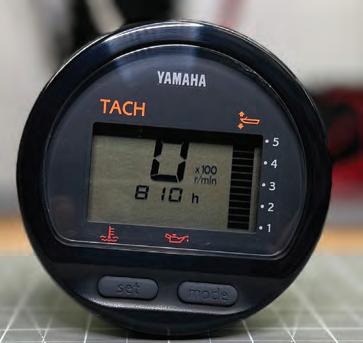

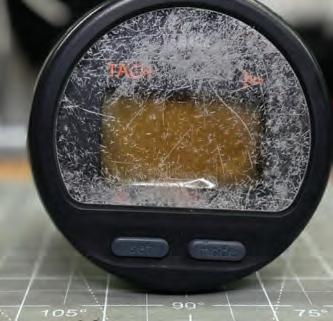


In some parts of the country the bass spawn is already starting to come to an end like it is down here in Florida and others may not start up for another couple months. Regardless of your phase, this post spawn !shing tip should help you dial in your !shery when the time is right for you! One thing is the same for every !shery and every species of bass a er they spawn, they are hungry! is can create some awesome and fun !shing opportunities that have led me to some of my best days on the water.
Typically a er the largemouth bass spawn, there are other !sh that will then begin their spawn. I’m not a scientist, but I’m sure this has a lot to do with the speci!c timing of why the bass do their thing when they do. In most areas of the southern United States, I know that the bluegill and o en times the shad, if they are in your lakes, will start to spawn very shortly a er the bass !nish up. Bass will use every advantage they can when these bait!sh group up to feed back up a er a long couple weeks or months protecting their eggs in the shallows and this can make for some fun !shing.
Smallmouth bass and spotted bass are very similar as well in the aspect of taking advantage
TYLER WOOLCOTT

of bait schools when they get in that post spawn phase. I have seen them group up and attack shad, perch, alewife schools and any other bait that is readily available to them. Typically I do a lot of my searching for these things with my electronics and forward facing sonar which is a very helpful tool for learning !sh activity and seeing what’s going on under the surface of the water.
Most of the time you can use clues you can visually see with your eyes to help you !nd this feed that is going on. Typically birds feeding on the water is an awesome sign of a feeding frenzy and that is one thing I ALWAYS look for. Also always keep your eyes peeled for !sh blowing up on the surface or shad ickering as well. Sometimes the very smallest clue can lead you to much larger picture. Birds standing on speci!c banks, the sound of bluegill popping around vegetation, anything that clues you in to bait in the area usually means the bass aren’t very far.
Hopefully this tip will help you when the !sh in your area get into the post spawn feed! Find the bait, you will !nd the bass! I always try to duplicate the bait!sh with whatever kind of lure you are throwing. Bluegill eaters - I will
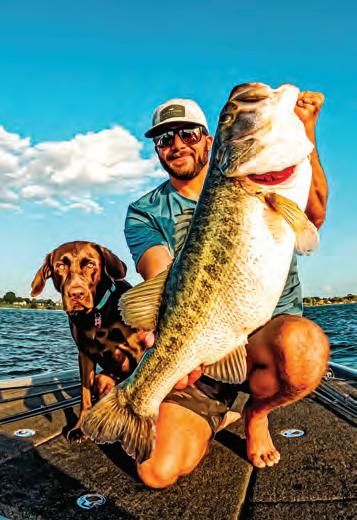
throw a frog or a swimming in bluegill colors, etc. Shad eaters - I will throw white or silver topwaters and crankbaits, etc. Always match the hatch if possible! Good luck out there this season and tight lines!
Tyler Woolcott is a professional tournament angler and guide. Check out his website at www.tylerwoolcott shing.com.
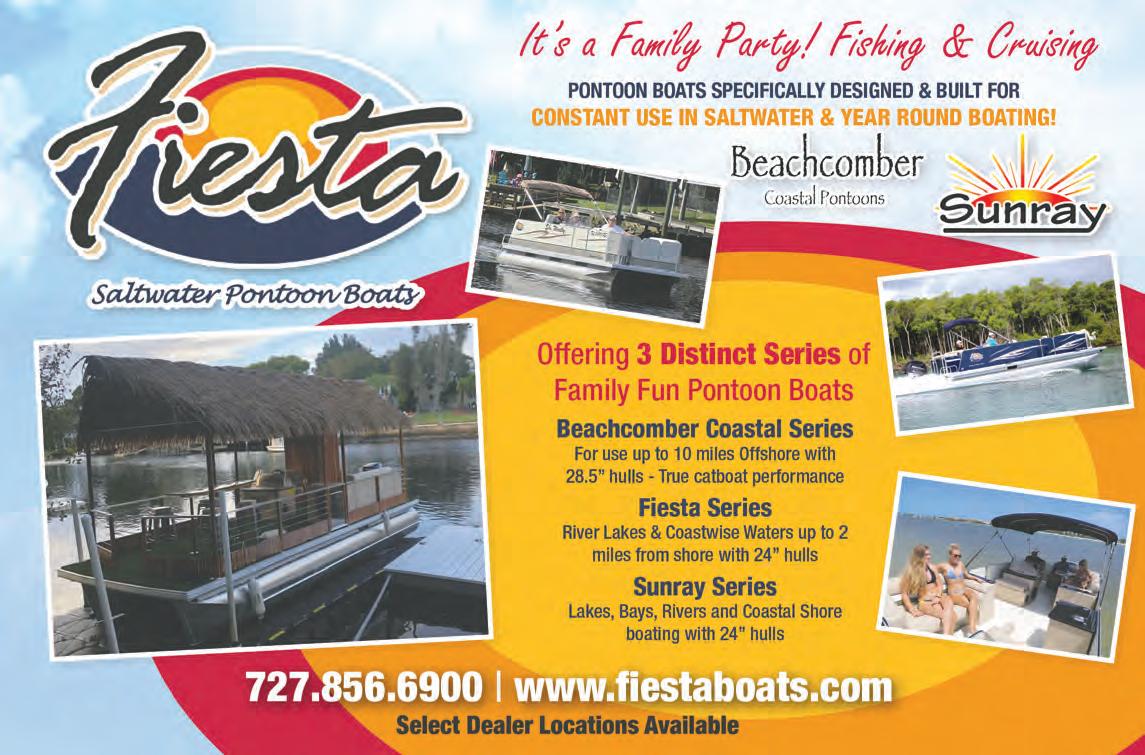
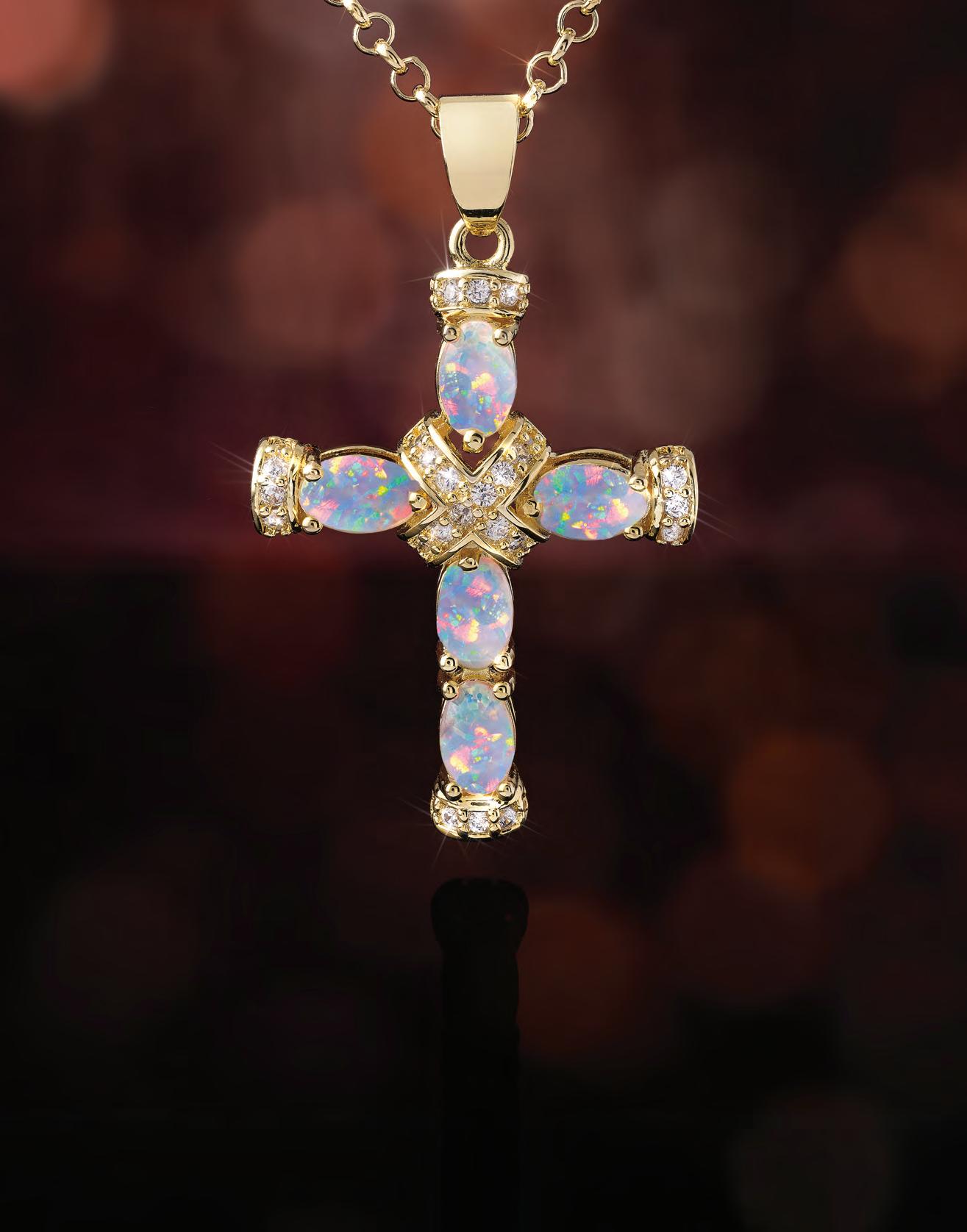
“I never expected it to be so beautiful that it takes your breath away.”
— Kaya C., on Stauer Opals
In a quaint village, nestled between rolling hills, lived a young woman with a deep appreciation for gemstones. Her grandmother gifted her a delicate cross pendant adorned with opals. "e opals shimmered with a mesmerizing play of colors, reflecting hues of blues, greens, and fiery oranges. Her grandmother shared the legend of the opals, believed to bring hope, purity, and luck to those who wore them.
Using this story as inspiration, Stauer brings you the Opal Spirit Cross Pendant. With over 2 total carats of Kyocera lab-created opals set in .925 sterling silver encased in yellow gold, this pendant is a radiant celebration of beauty and craftsmanship. Each opal captivates with a kaleidoscopic dance of fiery oranges blending into oceanic blues, streaked with flashes of vibrant green that seem to come alive with every movement. "e shimmering opals are skillfully arranged to create an enchanting, otherworldly glow, embodying the spirit of hope and harmony.
"is breathtaking combination of color and craftsmanship is available as a limited availability of

only 930 pieces, making it a rare and treasured addition to your jewelry collection. Plus, when you order today, you’ll receive the gold-!nished sterling silver chain—a $69 value—absolutely free!
Don’t miss your chance to own this exclusive tribute to timeless elegance and meaningful symbolism. Necklace Speci!cations:
• 2 ½ ctw. Kyocera lab opals and DiamondAura® accents
• Yellow gold-finished .925 sterling silver setting
18"
silver



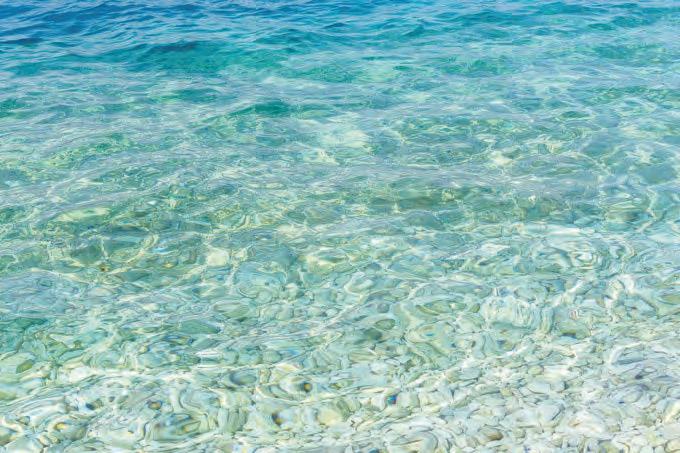




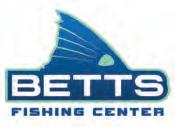
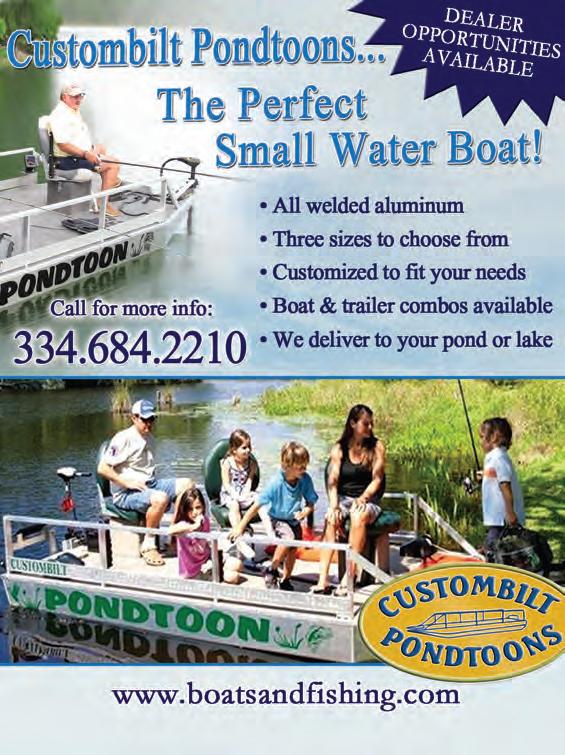

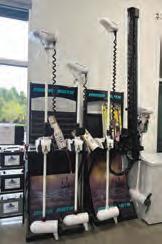

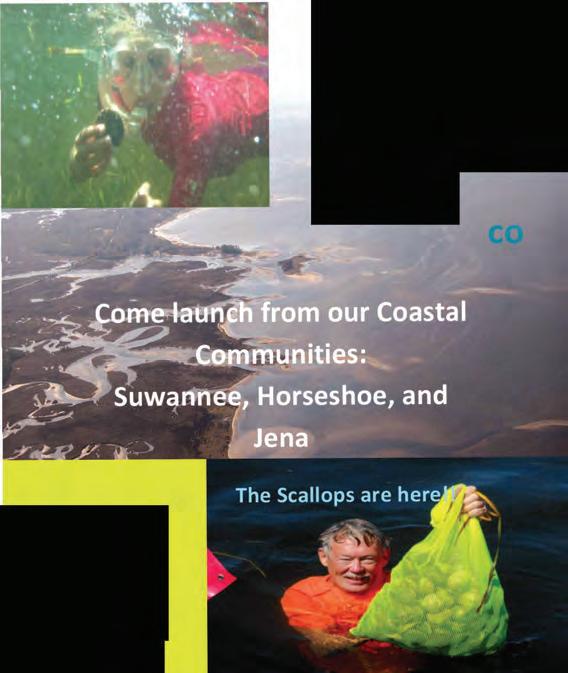



The quest to find the ultimate men’s watch has traditionally been a difficult one in the world of fashion. A timepiece with the perfect look and functionality has long been the goal of both watch designers and enthusiasts alike.
The Renegade Blue Chronograph Men’s Watch is the perfect combination of style and function. With a sleek design that features a bold blue dial, rose gold hands and hour markers, and a durable sports silicone band, this timepiece will instantly elevate any outfit.
The three sub-dials provide a precise timekeeping function. The sports silicone band is durable yet comfortable, providing a secure fit that won’t slide around on your wrist. The band is also easy to clean and maintain, making it perfect for everyday wear. The watch’s 30 Metre Water Resistance rating ensures that it has you covered whatever the occasion.
The Renegade Blue is also built to last, with a sturdy stainless steel caseback and exquisitely detailed bezel. The watch is powered by a super reliable quartz movement, which is covered by our incredible 5 Year Movement Warranty - ensuring accurate timekeeping for many years to come!

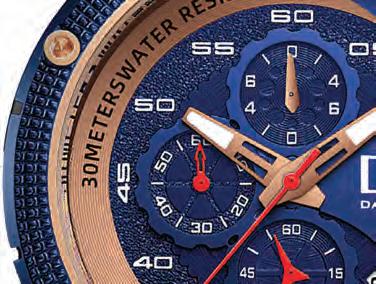

At the amazingly low price of just $99 plus S&H, this watch is an absolute steal. Don’t miss out on the chance to own the Renegade Blue and Rose Gold Chronograph Men’s Watch - order yours today!


